Miami Lead Plant
Highlands Scrub Natural Area
Butterfly Weed
Butterfly weed, Asclepias tuberosa, is also known as Butterfly milkweed. It is the most popular native species of milkweed in Florida. This hardy perennial grows 1-2 feet tall and is abundant throughout Florida. Its bright orange flowers bloom in late summer through fall and attract a variety of pollinators.
Butterfly weed is readily available at native plant nurseries. Once established, it thrives in dry, sandy soil in sun or part shade. Monarchs rely on milkweeds in the genus Asclepias for their survival since it is the only plant monarch caterpillars will eat. Plant some in your wildflower garden to attract butterflies, bees, and hummingbirds.
BioLab Road
BioLab Road at Merritt Island National Wildlife Refuge.
Take a slow 5.6-mile drive in the comfort of your car on Bio Lab Road in Merritt Island National Wildlife Refuge. It is a one-way road running north to south. With wetlands to your right and the water to your left, you are sure to see plenty of shorebirds. Look for ducks, ibises, egrets, sandpipers, spoonbills, pelicans, herons, and of course, alligators. Be sure to bring your camera and binoculars.
In 1962, NASA purchased 140,000 acres of land located adjacent to Cape Canaveral. The John F. Kennedy Space Center was built complete with launch pads. In 1963, U.S. Fish and Wildlife Service (USFW) and NASA entered into an Interagency Agreement. This agreement allowed USFW to establish the land that was unused by NASA as the Merrit Island National Wildlife Refuge.
Established to provide habitat for wildlife diversity, migratory birds, and endangered and threatened species, Merrit Island National Wildlife Refuge consists of scrub, pine flatwoods, hardwood hammocks, saltwater marshes, freshwater impoundments, and coastal dunes. Over 1,500 species of plants and animals including 15 federally listed species make their homes here.
Watch for bobcats, otters, and deer. Lizards, snakes, alligators, and turtles make their homes here. 358 species of birds have been recorded at the refuge. Birds of prey include bald eagles, osprey, red-shouldered hawks, and American kestrels. Look for killdeer, Wilson’s snipes, and ring-billed gulls along the shore. Look up to see blue jays, barn swallows, American robins, pine warblers, and more. Blue herons, ibis, and egrets are plentiful. Ring-necked ducks, blue-winged teals, and wood ducks can be seen swimming in the waters at the refuge. Threatened and endangered species such as the eastern indigo snake, scrub-jay, gopher tortoise, wood stork, West Indian Manatee, and Southeastern Beach Mouse find refuge here.
For more information click here: https://www.fws.gov/refuge/Merritt_Island/
Photo credit: David Gale
Oakleaf Fleabane
Oakleaf fleabane (Erigeron quercifolius) is a native wildflower usually found in wetlands. Also known as Southern fleabane or daisy fleabane, this annual often pops up in disturbed areas. in sandhills, and yards.
The tiny white with pinkish or purplish tinted blooms are no more than 1/2 in diameter. Pollinators love this early bloomer member of the daisy family. Look for Oakleaf fleabane to bloom throughout the spring and summer.
Mullet Lake Park
– Mullet Lake Park-
Located in Geneva in Seminole County, Mullet Lake Park is best known for its 8 primitive camping sites, its group camping site, and boat launches. The 55-acre park borders Lake Mullet and the St Johns River. This quaint park offers the opportunity to sit and relax under ancient oak trees as you take in the sights and sounds at this remote location.
Listen for the sounds of birds, fish jumping, and frogs croaking. Look for birds of prey, shorebirds, and a variety of blooming wildflowers waiting to be admired.
For more information click here: https://www.seminolecountyfl.gov/…/301554-Mullet-Lake-Park.…
Photo credit: Dan Kon
Little Big Econ State Forest
Little Big Econ State Forest
Located in Geneva in eastern Seminole County, the Little Big Econ State Forest gets its name from both the Econlockhatchee River and the Little Econlockhatchee River. Econlockhatchee means “earth-mound stream” in the Muskogee language and was named by the native Americans for the numerous mounds found along the river.
Before being established on March 24, 1994, by the Florida Legislature, the property was used for cattle ranching, crops, as a turpentine distillery, and for a portion of the Florida East Coast Railway. Today the 10,336 acres in the Little Big Econ State Forest is an outdoor enthusiast’s paradise.
Seventeen miles of the Econlockhatchee River, which has been designating an Outstanding Florida Waterway, makes its way through the forest before flowing into the St. Johns River on the eastern boundary. The Little Big Econ State Forest boasts a variety of habitats including wet prairie, pine flatwoods, sandhill, scrub pine, flatwoods, scrub, sandhill, and oak-palm hammocks.
Over 160 bird species have been spotted in the forest including Bachman’s sparrows, crested caracara, wood storks, swallow-tailed kites, and sandhill cranes. Look for fox squirrels, gopher frogs, gopher tortoises, turkeys, deer, and alligators.
The Little Big Econ State Forest has been named one of the country’s most family-friendly hikes by the American Hiking Society. Saunter along the 5.2-mile loop Kolokee Trail, discover wildlife along the 8 miles of Florida National Scenic Trail, or explore any of the 15 miles of trails located in the forest.
Paddle all or a portion of the 20 mile-long Econlockhatchee River Paddling Trail. There are 12.1 miles of bicycle trails and 9.3 miles of equestrian trails complete with a water trough.
Primitive camping sites are available and some have a picnic table and fire ring.
Reserve the picnic pavilion for your special events.
Enjoy your lunch at a picnic table. Your leashed pets are welcome.
Whether for a day or a week, there is plenty to explore and discover at the Little Big Econ State Forest.
For trail maps and more information:
https://www.fdacs.gov/…/State-…/Little-Big-Econ-State-Forest
Photo credit: Christian Kon
Ironweed
Ironweed (Vernonia gigantea) is a Florida native and can be a beautiful addition to your wildflower garden. Ironweed grows 3-10 feet tall, can be planted in partial shade or sun, and blooms from July through October. Butterflies, hummingbirds, and bees love this pollinator perennial. As its name suggests, ironweed is a tough plant with deep-set roots and seeds that spread easily in your garden. Be prepared to prune and maintain to keep this beauty in check.
Look for Ironweed growing in the wild where the soil is moist. You may also see this hardy plant along the side of the road or a stream as well as in the woods, prairies, savannas, and grasslands.
Elderberry
Elderberry, (Sambucus nigra ssp. Canadensis), is a shrub that grows 6 1/2 to 13 ft tall.
Clusters of creamy white flowers at the tips of the branches attract bees, beetles, wasps, and other pollinators. The ripened fruit provides food for birds and mammals. Look for native American Black Elderberry in moist habitat along lakes and ponds, and low areas near roads and in the forest.
White Mangrove
White Mangrove, Laguncularia racemosa, found in Florida’s coastal ecosystems is a shrub or tree that can reach heights of 40 to 60 feet. The root system varies depending on the location. White Mangroves may have prop roots that arch away from the trunk or a limb. Other White mangroves will have cone-shaped pneumatophores that grow from the root and protrude from the ground. Greenish-white flowers bloom all year round. The flowers produce a red fruit and its seed will start sprouting while it is still on the tree. The White Mangrove’s leathery leaves are rounded on each end, are dark green on the top, and smoother and lighter green on the underside. Each leaf has two nectarines which are glands that secrete a sugary substance that many insects love.
White Mangroves play an important role in the ecosystem. They provide food, shelter, and breeding grounds for nesting birds, fish, crabs, insects, and other wildlife. They provide protection from storm surge and produce tons of leaf letter each year that benefits estuarine food chains.
Take some time to sit quietly near a Mangrove. Discover all the different animals who live there.
Lake Apopka
Everglades National Park
Blue Passion Flower
Blue Passion Flowers (Passiflora incarnate), also known as Maypops, are native to Florida and easy to grow in your yard. They are host plants for Gulf Fritillary butterflies and attract a variety of bees and butterflies as well as hummingbirds and bats. Look for Blue Passion Flowers along roadsides and in citrus groves or anywhere there is dry soil.
A Blue Passion Flower vine is a must-have for your butterfly garden. The stunning 3-5 inch blooms only last for a day, however, they bloom summer through fall. Plant this vine along a fence or let it climb up your arbor or trellis. The Maypop will die back after frost but will pop up again in May.
Scarlet Rosemallow
Scarlet Rosemallow, Hibiscus coccineus, is native to Florida and can be found in swamps and wetlands along lakes and streams. Also known as Marsh Hibiscus, the scarlet flowers on this water-loving shrub appear in late spring and summer and only last for a day. Hummingbirds and butterflies are attracted to the beautiful crimson wildflowers.
Bonus: Scarlet Rosemallow can be grown in your home garden in an area that receives plenty of water.
Spiderwort
Spiderwort, Tradescantia ohiensis, is a native Florida wildflower. It grows in wetlands, disturbed areas, and is commonly found in Florida yards.
Spiderwort, a clumping perennial, appears in the spring and flowers and produces seeds through mid-summer. Blue, purple or white flowers grow in clusters on stems with grass-like leaves. The flowers only last until mid-day.
Spiderwort attracts pollinators and is recognized by pollination ecologists as attracting large numbers of native bees.
Sky-Blue Lupine
Sky-Blue Lupine
Photo Credit – Andy Waldo at Lake Wales Ridge
Creeping sage
Creeping Sage (Salvia misella)
These blue beauties are quite subtle but get a lot of buzz from the bees. It makes an excellent groundcover and does well in sandy soil. It has a slight aroma that is very earthy but not overwhelming and is a host plant for the fulvous hairstreak. It goes dormant in the winter but quickly returns when temperatures warm up for spring. Do you have an interesting native ground cover in your yards?
Kissimmee Prairie Preserve State Park
Kissimmee Prairie Preserve State Park
“This park is like nothing else in Florida. Being able to see the stars at night in unbelievable detail was absolutely worth the trip.” Jonathan Holmes, IOF Contributor
There is a place in Florida that is world-renowned for stargazing. Designated as a Dark Sky Park due to the absence of light pollution, the stars and planets can be enjoyed the way nature intended.
Located in Okeechobee, Kissimmee Prairie Preserve State Park is part of the headwaters to the Everglades and is the largest remaining dry prairie ecosystem in Florida. Once spanning coast to coast and from Lake Okeechobee to Kissimmee, the prairie has been reduced to a mere 10% of its original expanse.
Throughout the years, humans have altered the prairie to suit their needs. The State Park is working to restore the land to pre-European influence. Over 70 miles of ditches and canals have been restored to swales and sloughs. Old plow lines are slated for reconditioning, and a cattle pasture will be restored to native shrubs and grasses. As a fire and flood dependent ecosystem, these efforts will allow the prairie to thrive once again.
The most famous resident of the prairie is the Florida Grasshopper Sparrow. Critically endangered, the sparrows rely on a healthy prairie ecosystem for survival. Crested Caracaras, Burrowing Owls, Wood Storks, Swallow-Tail Kites, and White-Tail Kites find refuge at the park. Watch for Bald Eagles, White-tailed Deer, and Indigo Snakes. Native wildflowers are abundant. Look for Blazing Stars, Yellow Bachelors Buttons, Meadow Beauty, Pipewort, and Alligator Lilies.
There is plenty to do at Kissimmee Prairie Preserve. Hiking, horseback riding, and biking are wonderful ways to experience Nature up close. Camping, primitive camping, and equestrian camping are offered for those who want to spend the night. A ranger-led prairie buggy tour and an astronomy pad are spectacular ways to enjoy the park.
For reservations, times, fees, and more click here:
https://www.floridastateparks.org/…/kissimmee-prairie-prese…
Photo Credit – Jonathan Holmes
Creeping Indigo
Creeping Indigo Indigofera spicata
Creeping indigo is an invasive plant that originated in Africa. This plant is particularly concerning due to its toxicity. It is highly toxic to cows, horses, and donkeys. Symptoms include a wide range of abnormal behavior such as mouth ulcers, dehydration, heavy breathing, high temperatures, rapid heartbeat, foaming of the mouth, pale mucous membrane, light sensitivity, lethargy, odd gait, pressing their head into a corner, etc. Any abnormal behavior should be brought to the attention of a veterinarian.
This plant can spread rapidly and is difficult to remove due to its strong taproot. If you spot these popping up in your garden remove them before they become overwhelming.
Leavenworth’s tickseed
Leavenworth’s tickseed Coreopsis leavenworthii
The Leavenworth’s tickseed is an endemic flower that provides food for several pollinators. It can usually be found in pine flatwoods where the soil is dry but can adapt to other regions. Here we have pictures with a species of fruitfly, Dioxyna picciola, and a Green sweat bee, Agapostemon splendens. Most flowers are produced in spring but flowers can be found year-round. Have you spotted these beauties anywhere around the state?
Red Buckeye
Red Buckeye, Aesculus pavia, is native to Florida from the panhandle through Central Florida. It occurs naturally in soil that is rich in calcium carbonate and in moist areas.
Before cold weather arrives they will lose their leaves to reveal brownish flaky bark with dark reddish-brown twigs. Among the first plants to bloom in spring, the Red Buckeye is an important early source of nectar for butterflies and hummingbirds. Fruit appears in the fall and when split, reveals a seed that resembles a chestnut.
Red Buckeye is a gorgeous addition to your native plant garden. It is a fast-growing plant and can be grown from seeds. Red Buckeyes can be maintained as a shrub or allowed to grow into a tree. The plant grows quickly, thrives in moist, rich soil and partial shade. Irrigation may be required in full sun or dry areas. When planning your garden, you may want to consider the leaves and seeds from the fruit contain saponins that are poisonous to humans and pets.
Photo Credit: Andy Waldo
Rose of Plymouth
Rose of Plymouth (Sabatia stellaris)
This vibrant wildflower is found throughout the coastal regions of Florida, from the panhandle to the Keys. It is tolerant of salty and flooded soils. These plants are annuals and require open soil to spread and reseed. Depending on the conditions, the Rose of Plymouth can grow from 6 inches to 24 inches tall. The flowers are 1 to 1-1/2 inches wide and the plant creates many blooms. Flowers peak in the summer but can be seen blooming all year long. Rose of Plymouth can be grown from seeds and cuttings in wet to moist soils.
Orange Blossoms
The Orange Blossom from the sweet orange tree, Citrus x sinensis, was made Florida’s state flower in 1909. The sweet orange tree that bears this flower was introduced to Florida by the Spaniards in the 15th century. The orange tree is not endemic to Florida but has been naturalized.
Orange Blossom flowers have waxy petals that are small and white. Each flower has 5 petals with 20 to 25 stamens in a compact spiral. In the spring flowers grow in clusters of 6 flowers per cluster. Each flower is a point where an orange will grow in the spring. Orange Blossoms have a strong citrus scent and are an incredibly fragrant flower. The scent of the blossoms has been described as creamy, sweet, and rich, with a hint of a tart, citrus essence.
A full sunlight location and soil with a mixture of sand, clay, and organic matter is needed to produce these vibrant flowers. The orange tree begins to bloom at 2 to 5 years and blossoms can appear while there are oranges on the tree. The Orange Blossom is the only state flower used to make perfumes, colognes, toiletries herbal teas, and the ever-popular Orange Blossom Honey.
Did you know?
Throughout history, the Orange Blossom has come to symbolize good fortune and brides often include the fragrant blossoms in their bridal bouquets.
Photo credit: Aymee Laurain
Cattail
There are two species of cattails that are found in Florida. They are Typha domingensis (southern cattail) and Typha latifolia (common cattail).
Cattails are important to our water since they continuously filter the water where they grow and thrive. They are capable of filtering arsenic, pharmaceuticals, and explosives. Cattails also store algae-producing nutrients in their leaves while their roots stabilize the water edge and prevent erosion.
Cattails are a great haven for protective nesting areas for animals and birds. Cattail seeds can remain in a dormant stage for up to 100 years. Once established, cattails grow up to 8 feet tall and multiply from thick, underground rhizomes.
Cattails are used as a buffer between sugar farms and the Everglades where they remove phosphorous from the water before it flows into the Everglades. Unfortunately, cattails love phosphorous and can grow out of control and block out the sun while out-competing the native sawgrass. Spraying herbicides to kill them has a negative effect on the water quality and local wildlife. Of course, any plant given the right conditions, albeit unnatural conditions, can become invasive and will need to be thinned out at times.
Cattails can be used to prevent excess methane emissions in an effort to slow global warming. Currently, scientists are exploring the possibility of using cattails as biofuel.
Other fun facts – Cattails can be woven into baskets, hats, mats, and beds. The dried seed heads attached to their stalks can be dipped into oil and used as torches. The honey-like substance of the plant near the root has been used as an antiseptic and for toothaches. The roots and cattails themselves can be cooked and turned into a sweet flour that has gluten similar to wheat. The sap in between the leaves is an excellent starch and can be used to thicken stews and soups.
So the next time you see a cattail remember, some may call it a super plant.
Sea Oats
Sea Oats (Uniola paniculata)
Sea Oats are an important species of coastal sand dunes. The dunes provide housing and food to a variety of wildlife. The Florida beach mouse is an endemic species isolated to coastal dunes. Roseate terns, least terns, loggerheads, Kemp’s Ridley sea turtles, green sea turtles, hawksbill sea turtles, leatherback sea turtles, and Black skimmers rely on dunes for nesting. Piping plovers and southeastern snowy plover spend the winter in Florida where they breed in coastal dunes. American oystercatchers feed on small invertebrates and breed on sand dunes (U.S. Fish and Wildlife).
Reconstruction of coastal dunes is a common method of fighting climate change. In an effort to determine if this approach was offering a benefit to vertebrates, a study was conducted between June 2015 and June 2016 to compare natural coastal dunes and reconstructed coastal dunes. After collecting 2537 photos, 33 species were recorded. Common species overlapped both natural and reconstructed dunes. Differences were a result of rare species that were isolated to one area. Overall, the two types of dunes attracted similar types and numbers of vertebrates (Martin et al 2018).
Sea oats may not be endangered but they are protected under Title XI Chapter 161 Section 242 of Florida Statute due to their ability to stabilize sand in coastal regions and protect coasts from erosion. Can you think of any beautiful spaces with sea oats?
References
Martin, Scott A., Rhett M. Rautsaw, M. Rebecca Bolt, Christopher L. Parkinson, and Richard A. Seigel. 2018. Estimating the response of wildlife communities to coastal dune construction. Vol. 161.
U.S. Fish and Wildlife Beach Dune, Coastal Strand, and Maritime Hammock. Multi-Species Recovery Plan for South Florida. 3:72-76
Photo credit: Aymee Laurain
Pickerelweed
Pickerelweed, Pontederia cordata, is a Florida native and is found throughout the state in shallow wetland areas, edges of lakes, marshes, and ponds. These plants have shiny green blade-shaped leaves and emerge in the springtime from under the water level. They will grow about 3 to 5 feet tall and flower with 3 to 4-inch purple-blue flower spikes. The individual flowers will only last one day but the plant will flower from spring through fall.
Pickerelweed is very important ecologically. The underwater portion of this plant provides habitats for micro and macroinvertebrates. These invertebrates are a food source for many animals and fish. Above the water, the flowers attract local pollinators such as butterflies, dragonflies, and bees, Once the flowers die the plant will bear fruit with seeds. The seeds are a treat for ducks who will at times, eat the whole plant. Pickerelweed holds and stabilizes the banks of the water bodies that they surround.
Pickerelweed would be a natural beauty when planted on the edge of man-made ponds in parks and HOAs, and on golf courses and other public places. Advocating for pickerelweed and other native aquatic plants would benefit pollinators and underwater species while beautifying your neighborhood naturally.
Fun fact – Pickerelweed’s fruit contains a nutritious seed that can be eaten by humans straight from the plant. The dried seed can be boiled, roasted, or ground into flour. Young leaves have been eaten in salads.
Old Miakka Preserve
Old Miakka Preserve
Named after a settlement in the 1840s, Old Miakka Preserve contains four miles of trails, including scrub habitat, pinewood flatwood, and wetlands. The preserve is abundant in flowering plants with numerous pollinators and occasional gopher tortoises. One of the trails is named after Horticulturalist Tim Cash, who spent years studying plants within the preserve. If you are looking for a calm trail with lots of sunshine and flowers, visit Old Miakka Preserve in Sarasota, FL.
For more information: https://www.scgov.net/Home/Components/FacilityDirectory/FacilityDirectory/547/4327?cftype=FacilityDirectory
Photo credit: Aymee Laurain
Florida tickseed
Florida State Wildflower
Florida tickseed (coreopsis floridana) is just one of Florida’s many diverse and beautiful wildflowers. This wildflower is endemic to Florida. It can be found throughout most of the state, except the extreme northern Panhandle counties. The Coreopsis was adopted as Florida’s State Wildflower in 1991.
Coreopsis grow best in wet open habitats such as the upper edges of marshes, savannas, and prairies. This is a robust fall bloomer and can stand 3 feet tall in ideal conditions. The petals are bright yellow, surrounding a dark disc. The flowers form a bloom that is two inches across. The leaves are narrow and elliptical in shape. This plant requires wet to moist soil to survive. In such settings, it blooms into showy, beautiful wildflowers.
Longleaf Pine
The Longleaf pine (Pinus palustris) gets its name from the shape of its needle-like leaves. They can grow up to18 inches long and come in bundles of three. The tree with its thick, scaly bark grows almost completely straight, boasts a 3-foot diameter, and can reach 80 to 100 feet tall. These slow-growing trees can live up to 300 years.
Prior to restoration efforts, longleaf pines only occupied 3% of their former range. Forests of longleaf pine were cleared for development and agriculture.
Longleaf pine seeds are developed in cones and dispersed by the wind. They must find their way to soil to take root and grow. Fires caused by lightning would naturally clear away leaf litter and brush allowing this to take place. When the fire is suppressed, the seeds cannot reach the soil.
Once the seeds take root, they go through a grass stage. During this stage, the Longleaf pine starts to develop its central root, called a taproot, which will grow up to 12 feet long. Once the taproot is firmly in the earth, the tree will begin to grow in height. Both the tree and the grass stage are resistant to fire.
There are more than 30 endangered and threatened species, including red-cockaded woodpeckers and indigo snakes who rely on the longleaf pine habitat. Longleaf pines are more resilient to the negative impacts of climate change than other pines. The tree can withstand severe windstorms, resist pests, tolerate wildfires and drought, as well as capture carbon pollution from the atmosphere. Restoration of Longleaf pine forests has become a major effort in Florida and gives us a renewed hope that these ecosystems and all who live there will thrive once again.
Wild Coffee
Wild Coffee (Psychotria nervosa) is a Florida native shrub that gets its name from the small, red fruit it produces. Other names are wood balsam, Seminole Balsamo, and café marron. It is extremely cold sensitive. If it freezes it resprouts in the spring producing a shorter plant.
Wild Coffee, grows as a dense, round, multi-stemmed shrub about 5 feet tall and spreads between 4 to 8 feet. You will see it in pinelands, shell ridges, coastal hammocks, and sandy shaded areas. Its leaves are glossy, puckered, waxy, and light green when in full sun. When in the shade the leaves are deep forest green. The leaves are 5 inches long with veins running through them. Small, white flowers bloom in spring and summer and produce a fragrance similar to the gardenia.
Many butterflies, including the Florida state butterfly, the zebra longwing, and the spicebush swallowtail drink nectar from the flowers of wild coffee. Honeybees visit the flowers and pollinate them. Bright red, half-inch berries appear, in late summer or fall, each with two seeds. These seeds are an important food source for cardinals, catbirds, mockingbirds, and blue jays, as well as other birds. Wild coffee berries were once used as a coffee substitute even though they do not contain caffeine.
The shrub grows well in alkaline soil. It is not salt-tolerant, but germinates readily, has few pest problems, needs only varying amounts of water, and is not invasive. It also prevents soil erosion. With its contrasting green leaves and red berries, its fragrance when in bloom, and its wildlife benefits, the Wild Coffee shrub will make a wonderful addition to a shady spot in your landscape.
Photo Credit: Mary Keim – berries Bobby Putnam – flowers
https://www.flickr.com/photos/38514062@N03/6415497635…
Ghost Orchid
The Ghost Orchid (Dendrophylax lindenii,) is rare and endangered. There are only an estimated 2000 left in Florida. This orchid is prized for its long, white delicate petals. It is leafless and its roots attach to the host tree. The mass of green roots clings tightly to the trunks. It is distinguished from other species of orchid by the presence of thin white markings dotting its roots.
The Ghost Orchid gets its name from its ability to move at night. It appears as if it’s floating, like a ghost.
The Ghost Orchid is pollinated by the Giant Spinx Moth, whose long tongue can reach the nectar that is not accessible to many insects. The swamps of cypress, pond apple, and palm trees are its preferred environment. The orchid’s specific habitat requirements are high humidity, mild temperatures, and dappled shade.
The Ghost Orchid does not flower reliably. It will typically flower one to two weeks once a year. It requires a specific fungus (mycorrhizal) to be able to thrive. because it is leafless, the orchid relies on its roots to produce sugars from sunlight. The Ghost Orchid has a symbiotic relationship with the fungus as it gathers nutrients from it in exchange for extra sugars.
Habitat destruction and development, as well as over-collecting, have been responsible for the decline of ghost orchid populations. The Ghost Orchid is a protected species in public land areas.
With gratitude to Jay Staton for his patience and perseverance in capturing this rare sight.
JAY STATON -Published on Oct 20, 2014
“A ghost orchid’s flower takes, on average, 2 days to fully open. This short video shows the remarkable beauty of the most sought-after orchid in the world, including background sound that gets you in the mood.”
Sea Grape
Sea Grape (Coccoloba uvifera).
The Sea Grape thrives in Florida’s sandy soils. This plant tolerates windy conditions and can act as a windbreak. As well as being salt and drought tolerant, it will stabilize sand dunes while providing habitat for wildlife. This includes protection for nesting sea turtles from artificial light. Look for Sea Grapes in their natural habitat along the beach.
The Sea Grape has an unusual texture with big, round leaves which grow upright on the branches. The leaves are leathery and grow 8 to 10 inches with a reddish tint. They have red veining and some leaves will turn completely red. The female shrubs produce clusters of fruit that resemble grapes that will start out green, and ripen to purple. This plant needs a male and female to cross-pollinate and bear fruit. A Sea Grape plant with its outstretched branches will grow between 6 to 8 feet tall and wide.
The Sea Grape is a small native evergreen tropical tree that can grow as a shrub or be trained as a hedge and does best in full to partial sunlight. Although sensitive to frost, Sea Grape plants can be grown in your yard or garden. Be sure to water until established. Their fruit is very sweet and when ripe provides a tasty treat for people, birds, and squirrels. Jellies and wine are made from Sea Grapes. Consider planting a Sea Grape Plant in your Florida Native Garden.
Pink Muhly Grass
Pink Muhly (Muhlenbergia capillaris).
Muhly grass is naturally found in Florida’s pine flatwoods, coastal uplands, and along its highways. This grass produces clumps that can reach 2 to 3 feet tall and up to 3 feet wide. In the fall, muhly grass produces fluffy pink to purple flower stalks, that can reach up to 5 feet tall and give the plant a distinctive and attractive appearance. This grass is resistant to heat, drought, humidity, and salt-tolerant, as well as deer and rabbit resistant. Consider planting this native grass in your yard and garden. Native plants typically are adapted to native soils and climate, which also means they thrive with natural rainfall levels. Pink Muhly grass needs little attention and is definitely low maintenance.

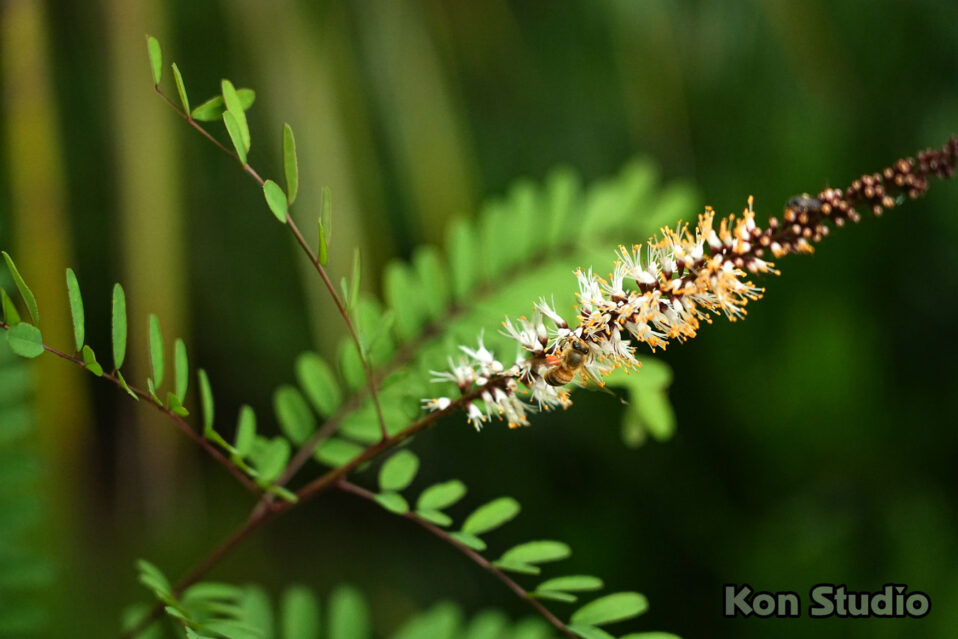
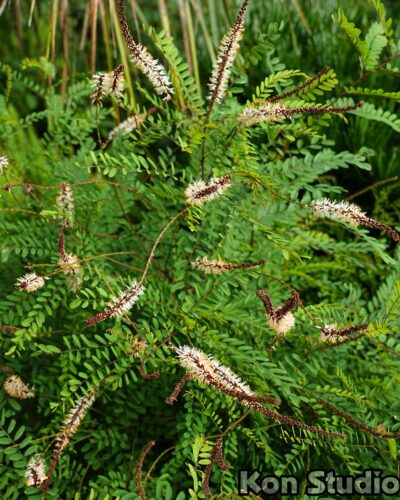
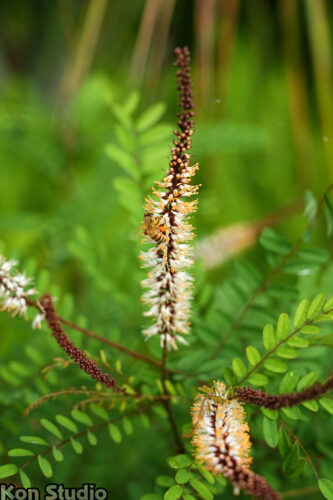
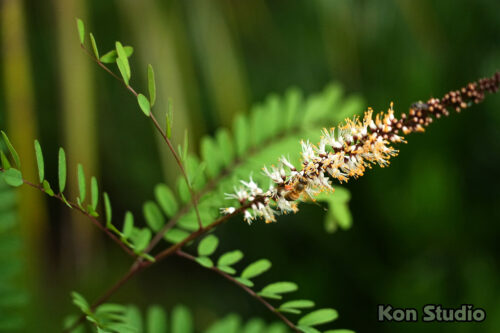
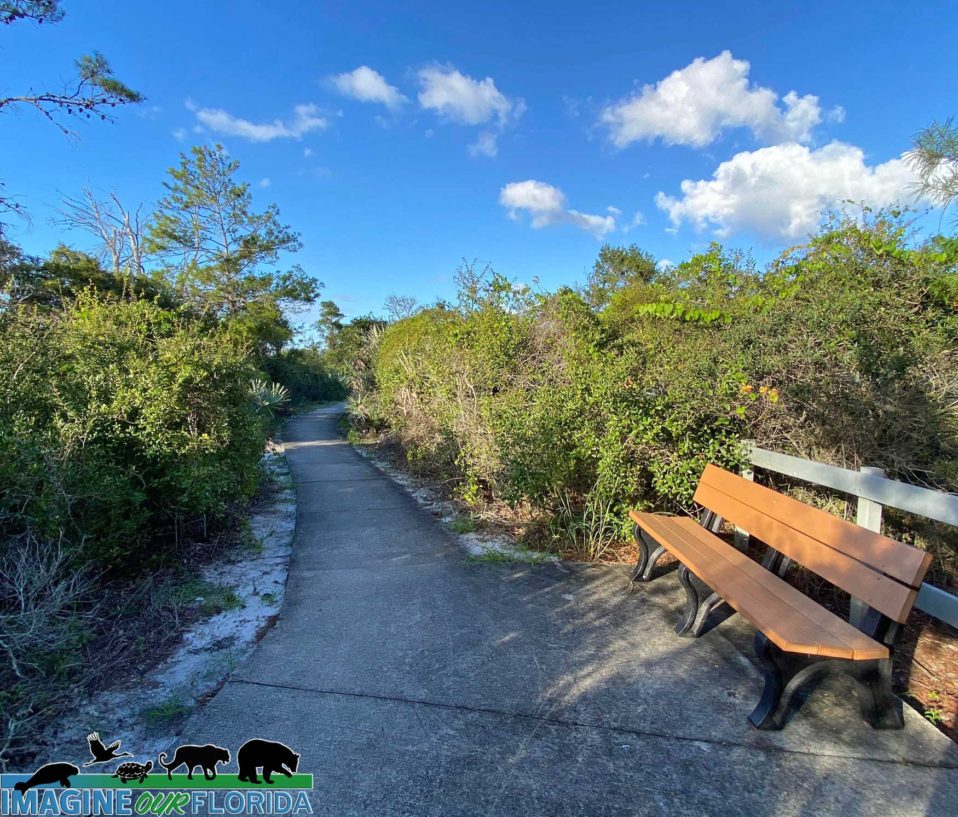
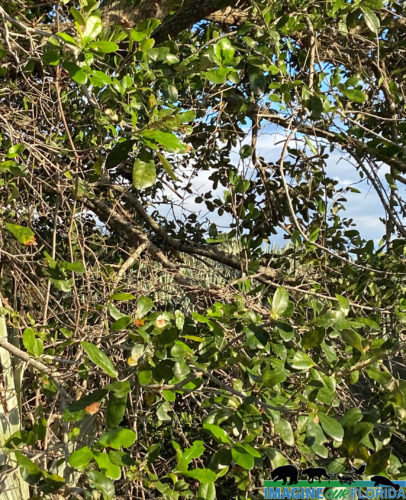
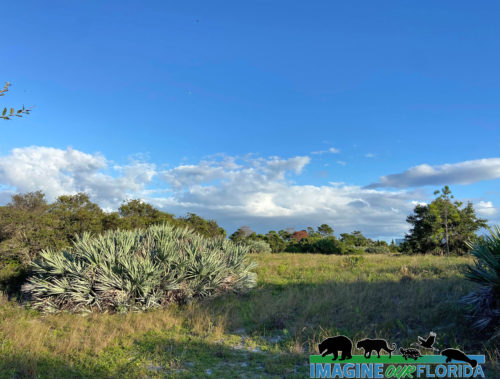
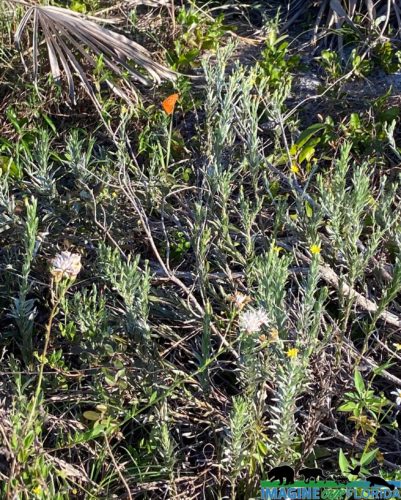
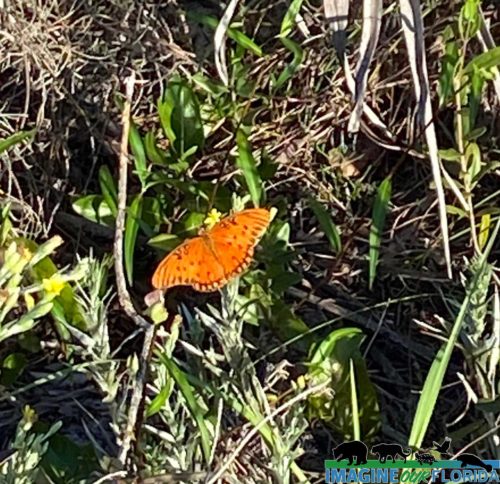
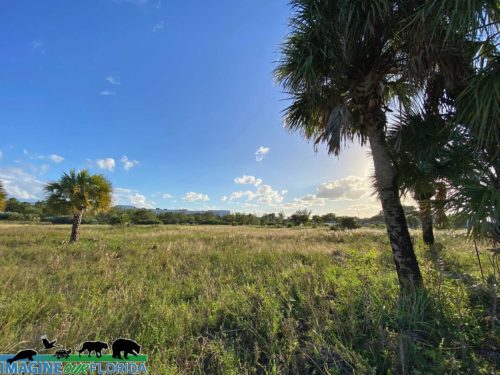
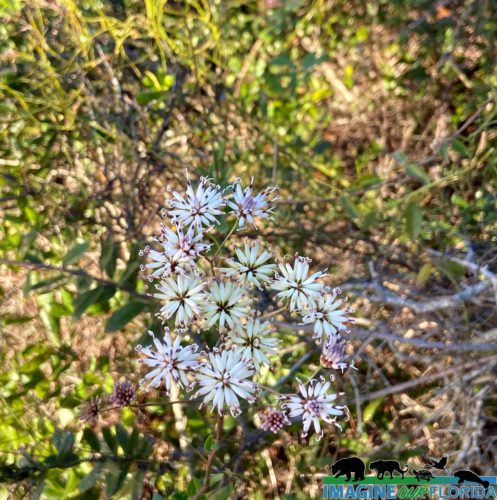
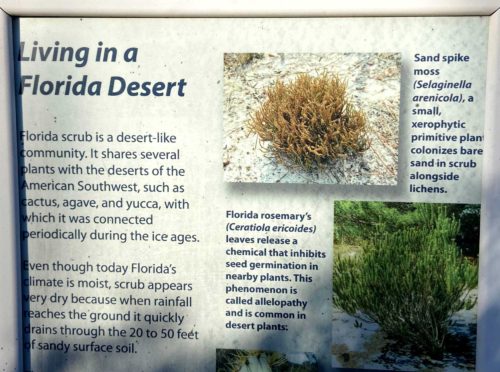
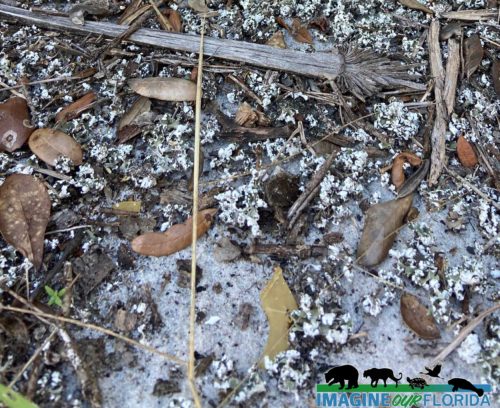
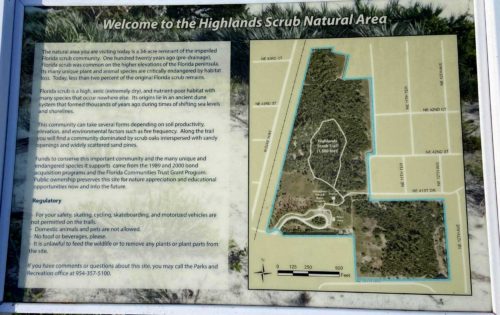
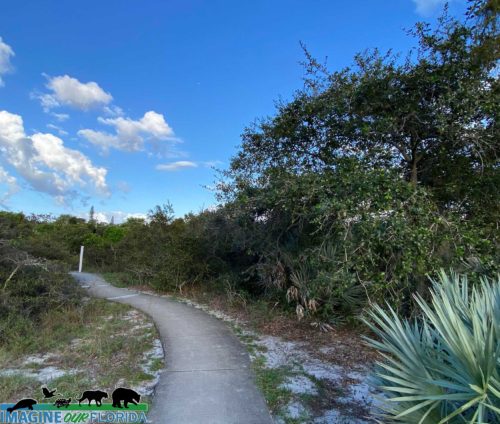
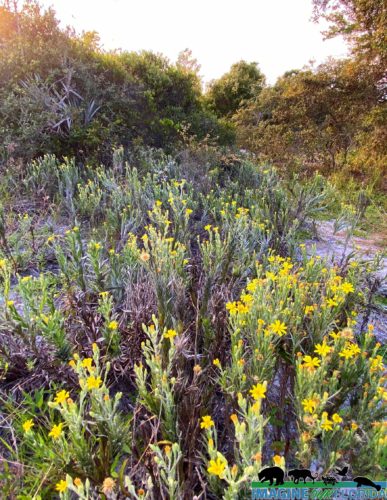
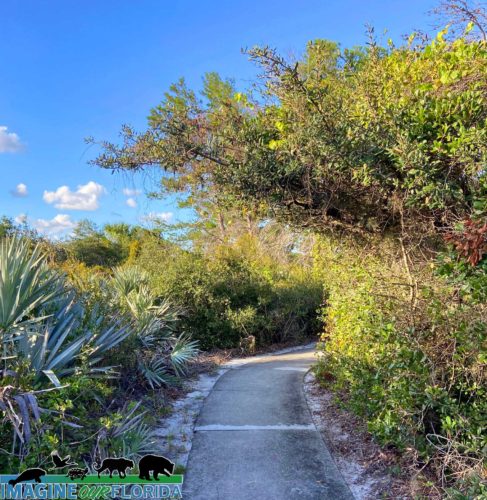
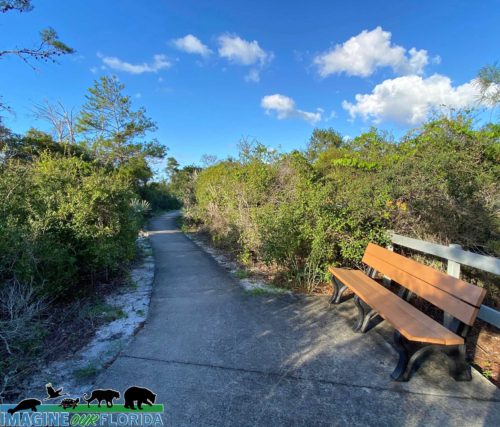
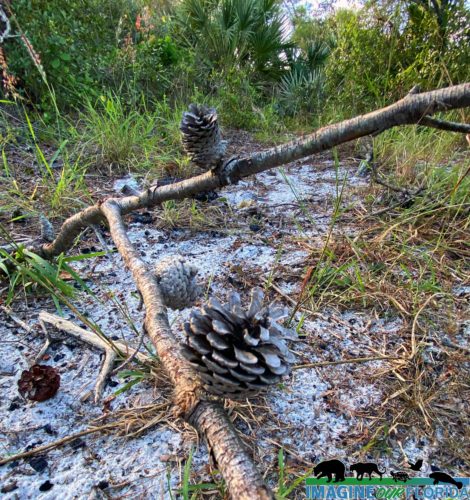
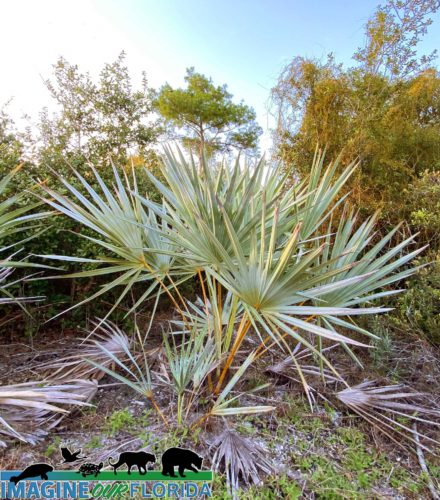
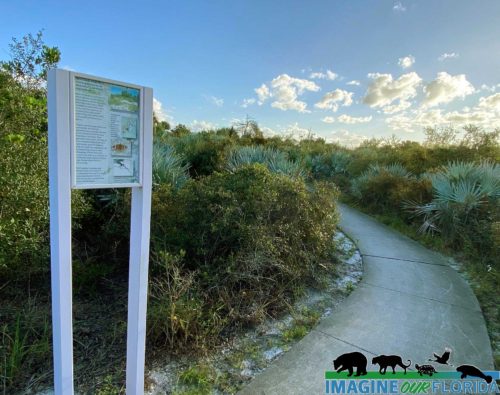
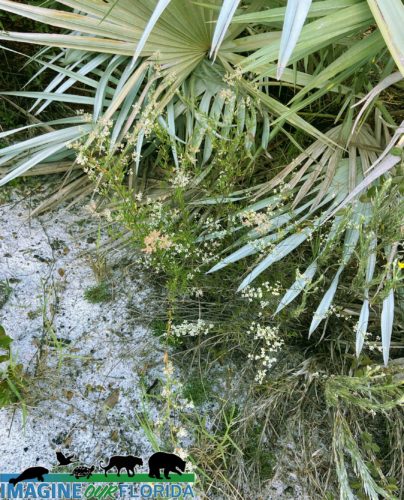
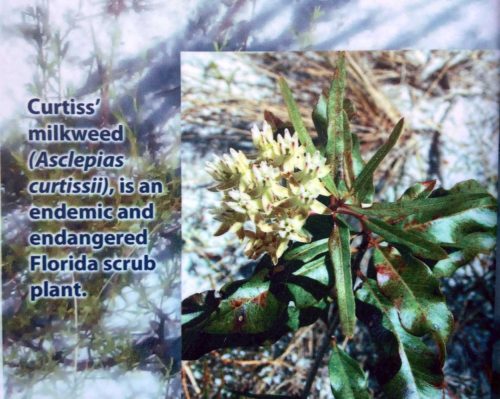
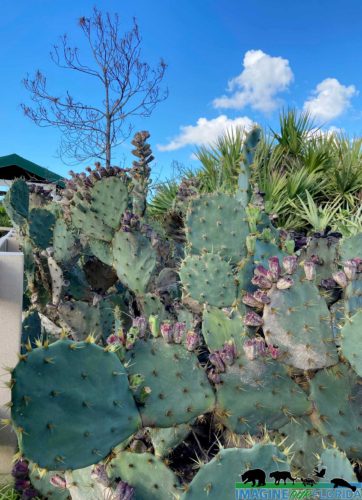
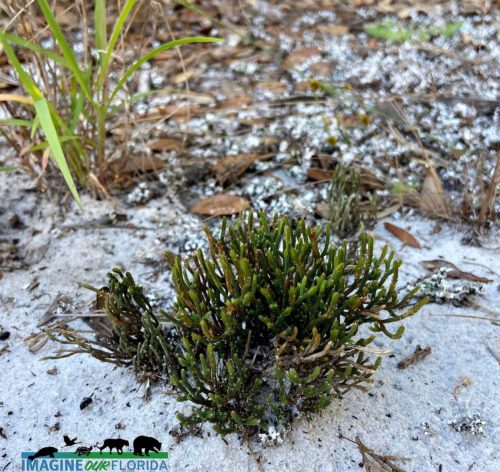
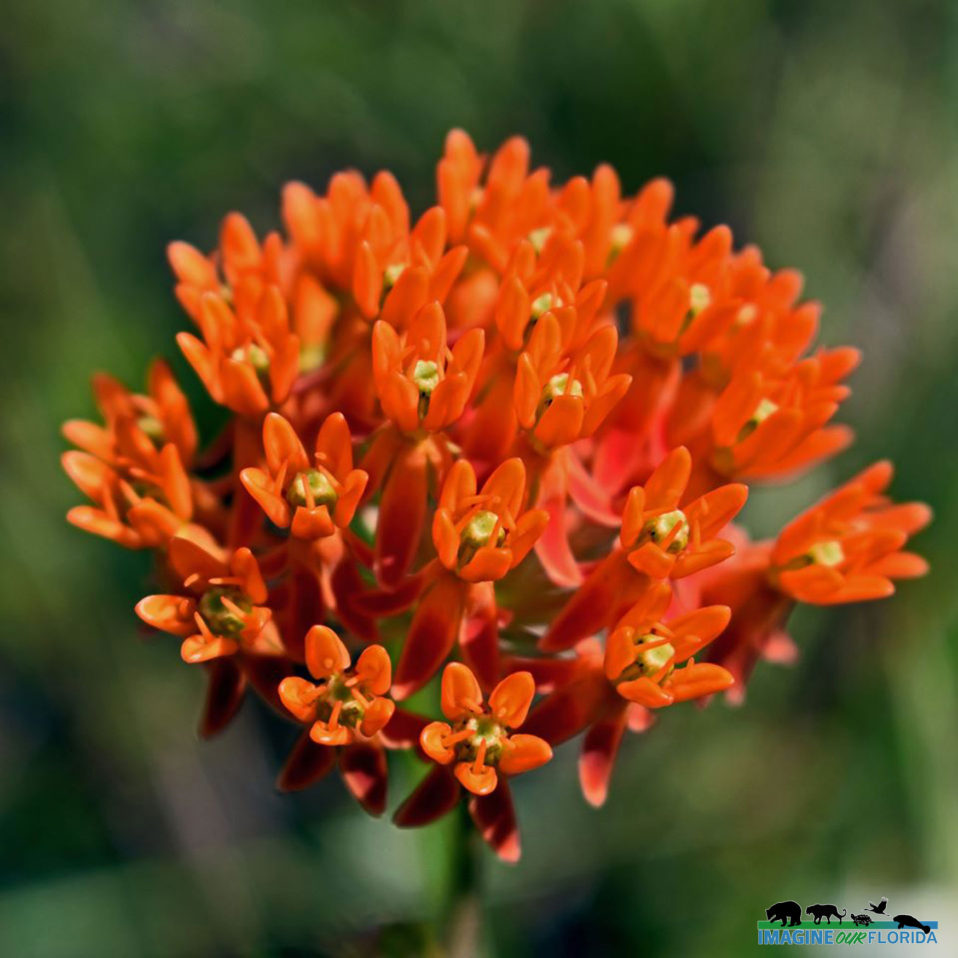
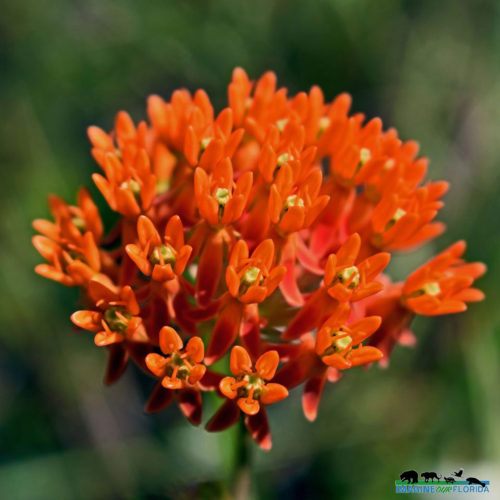
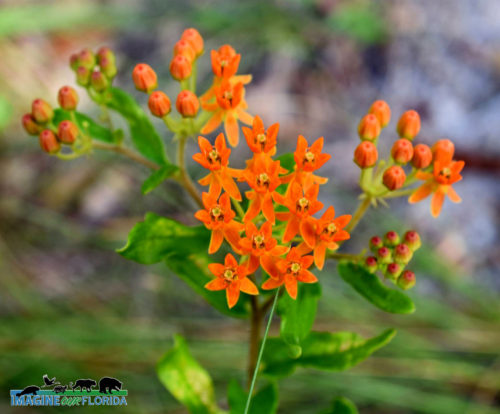
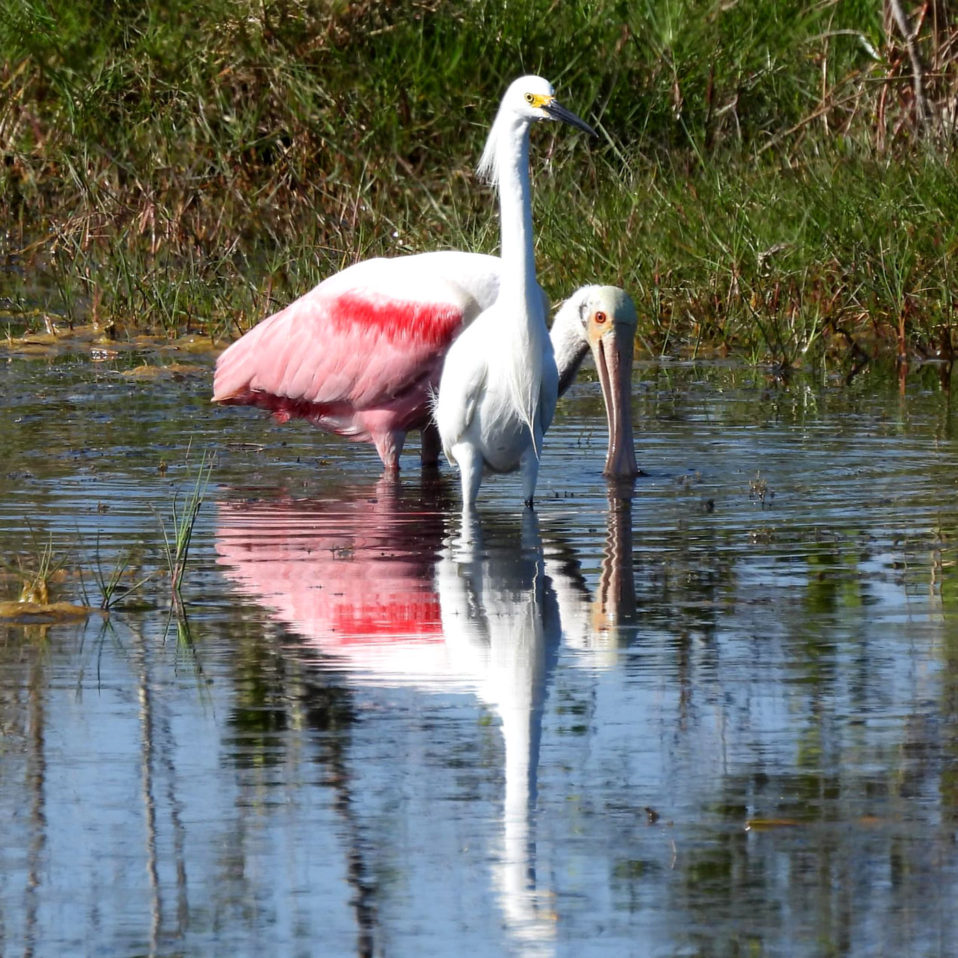
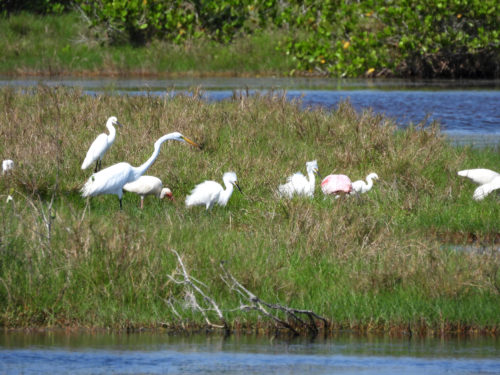
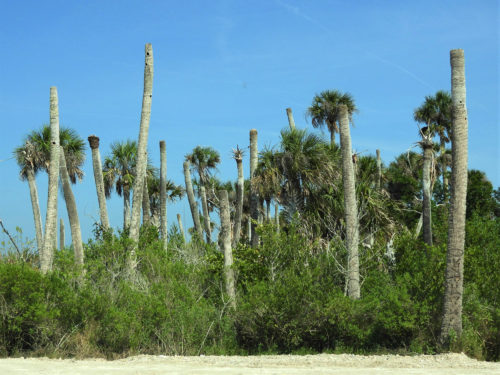
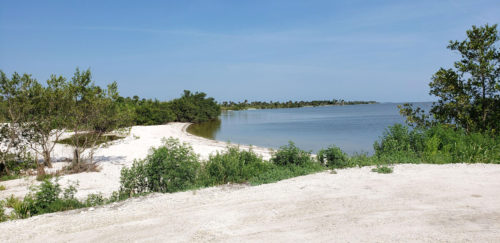
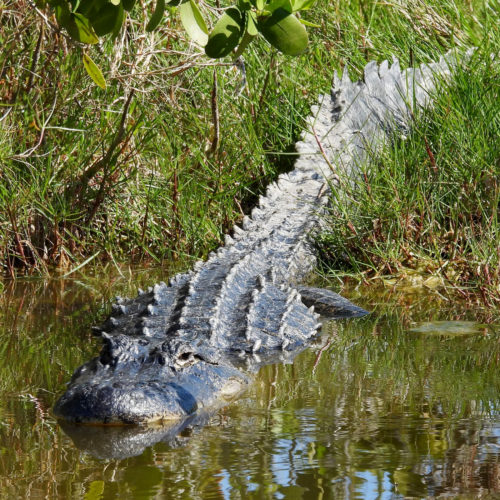
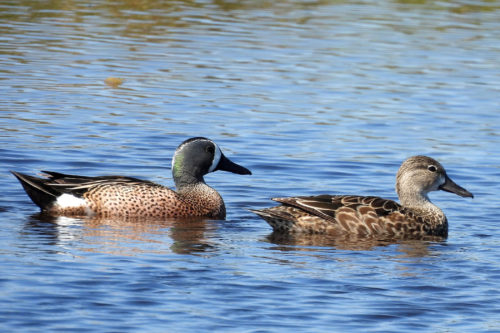
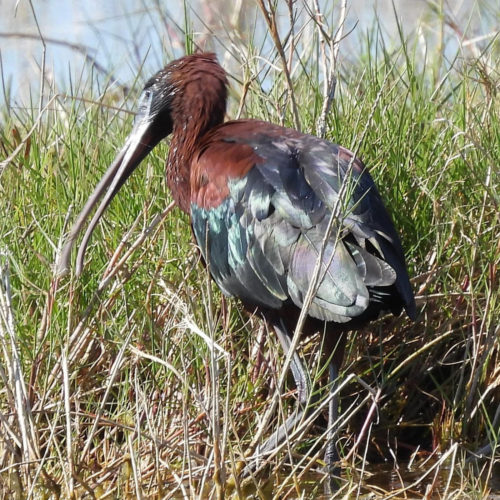
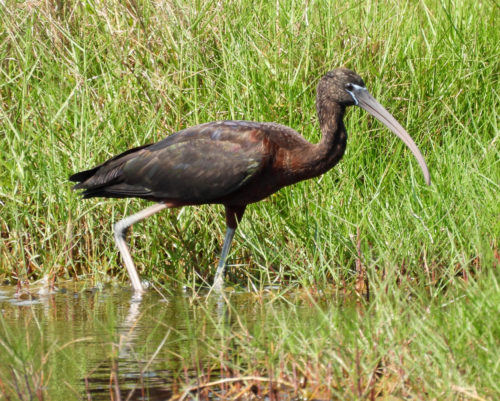
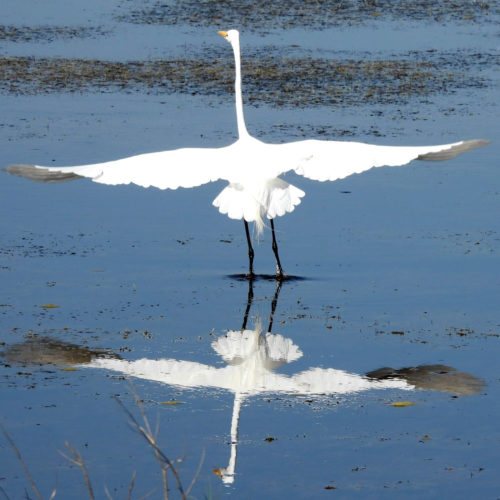
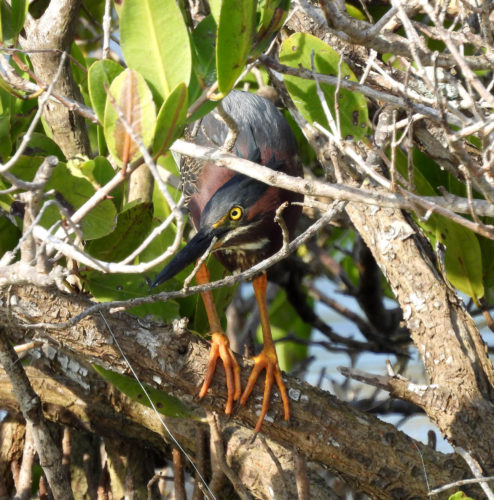
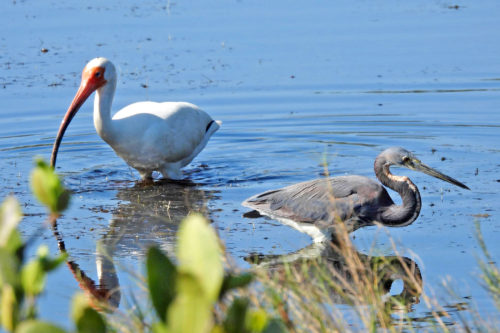
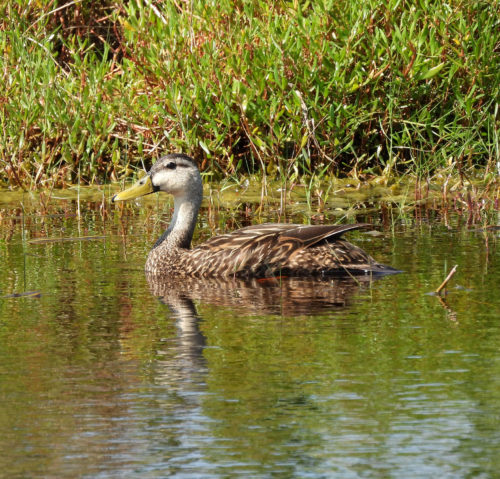
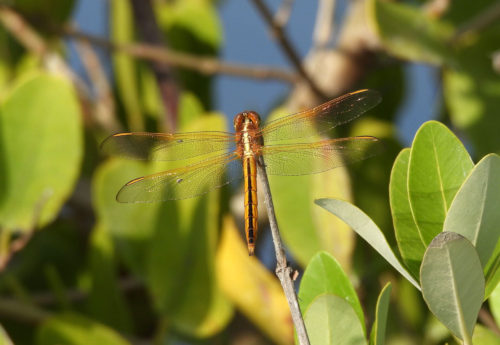
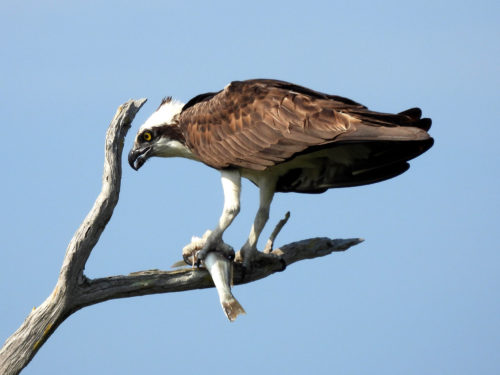
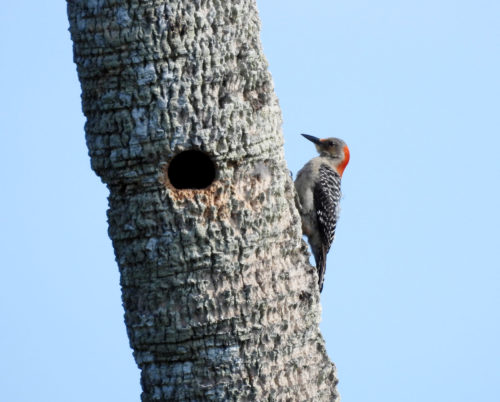
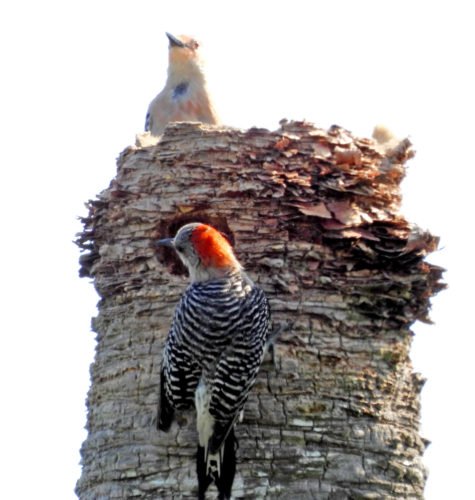
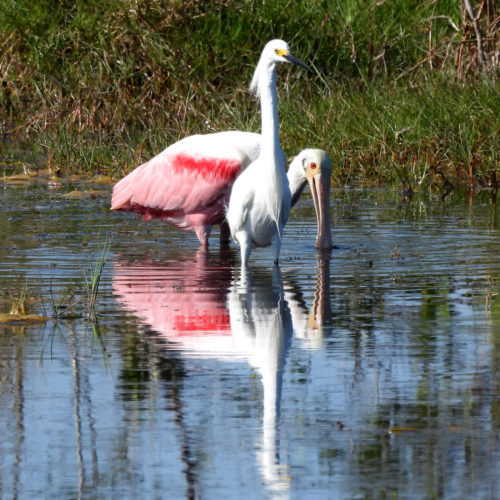
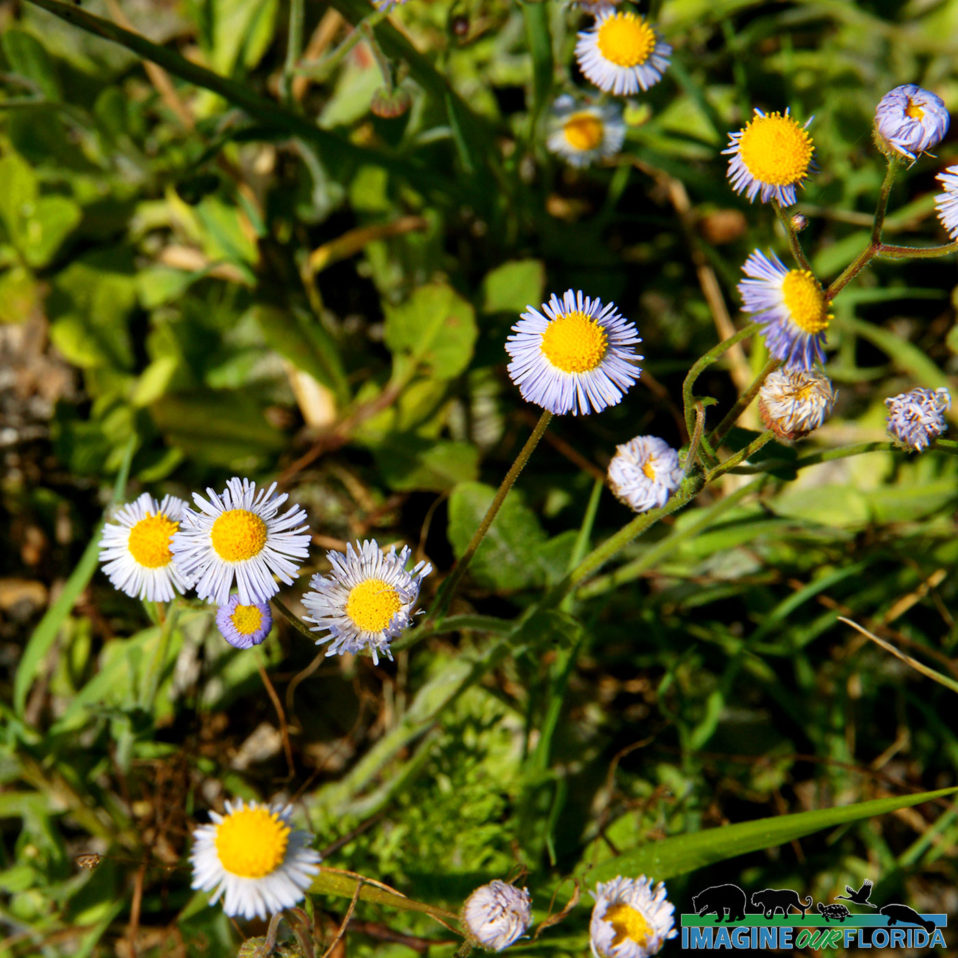
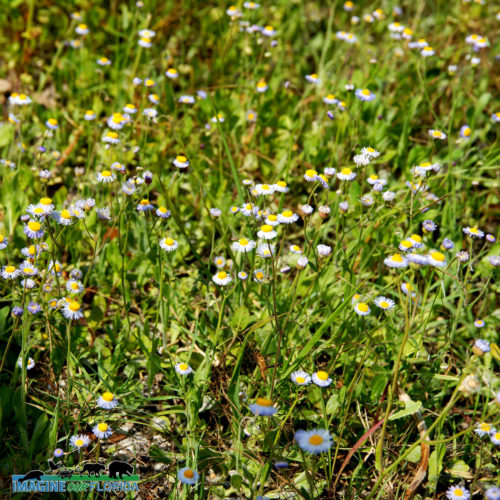
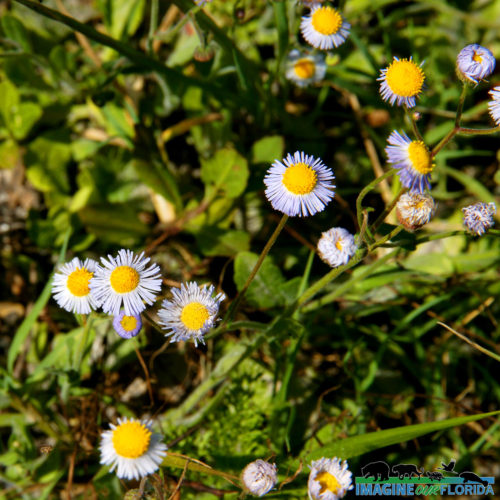
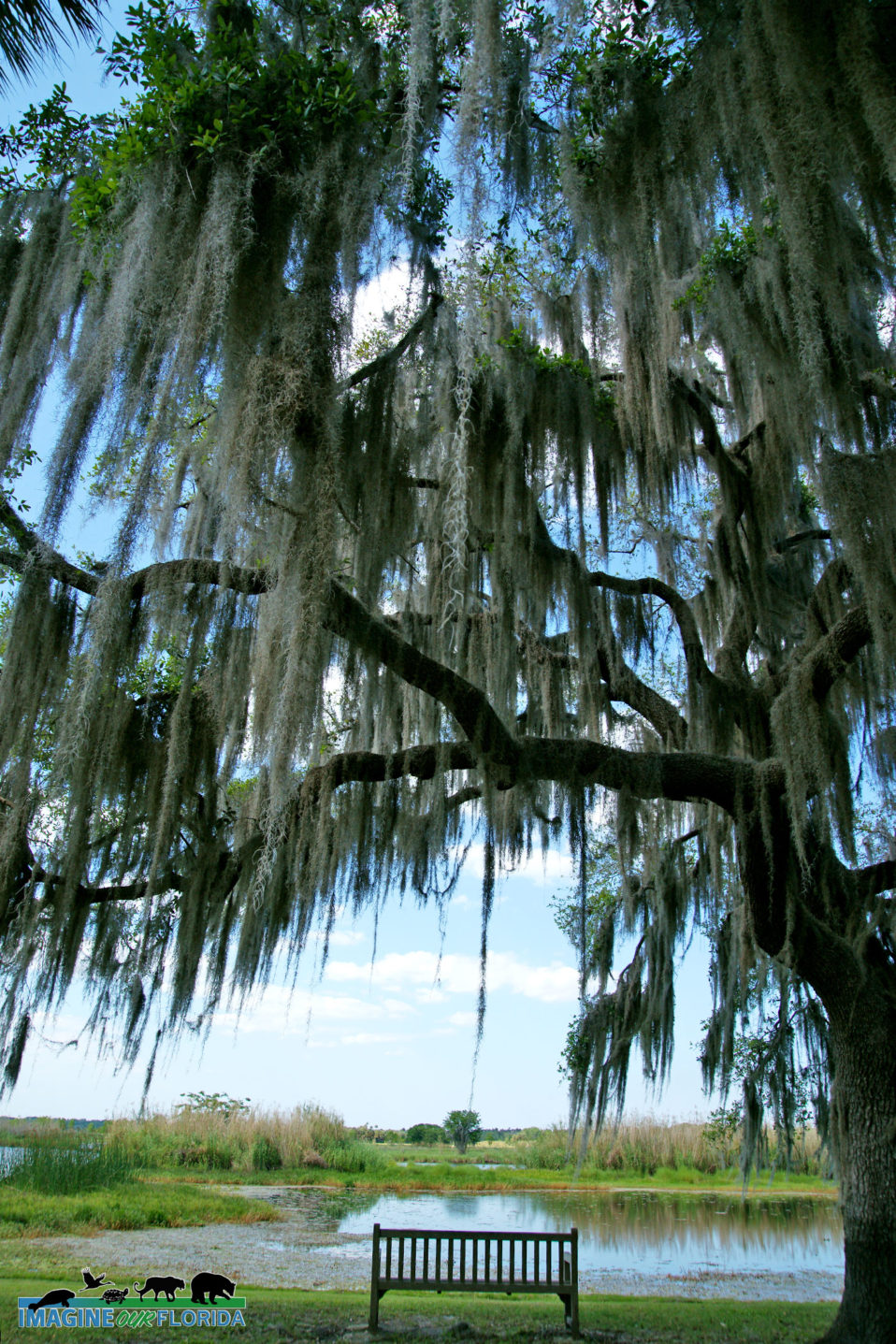
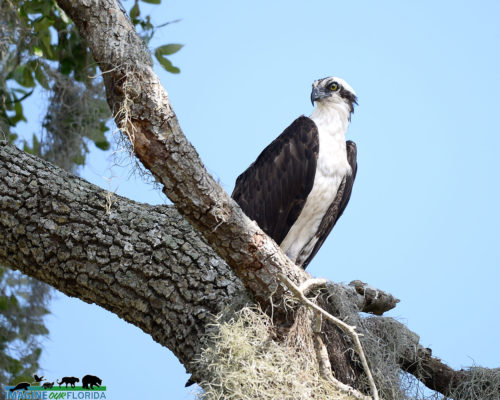
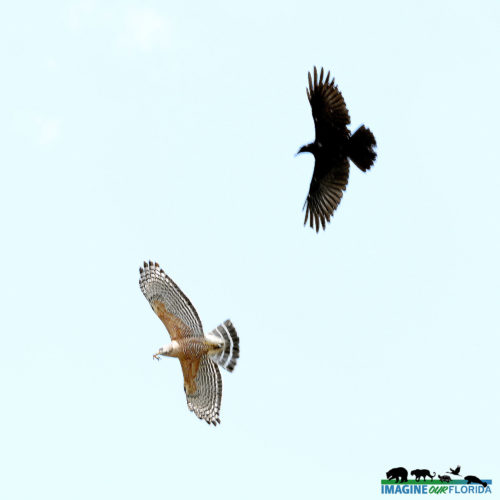
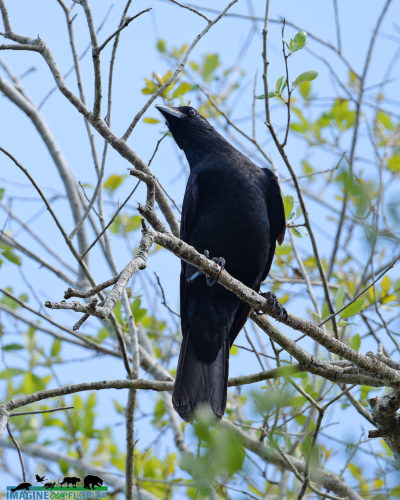
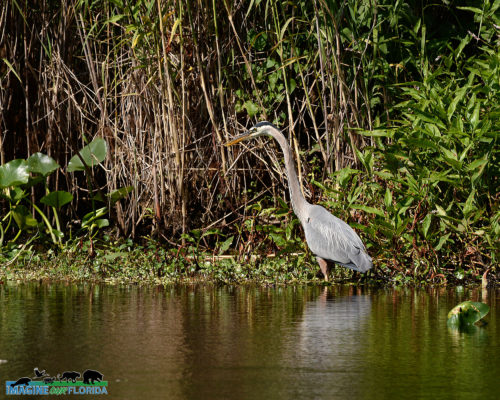
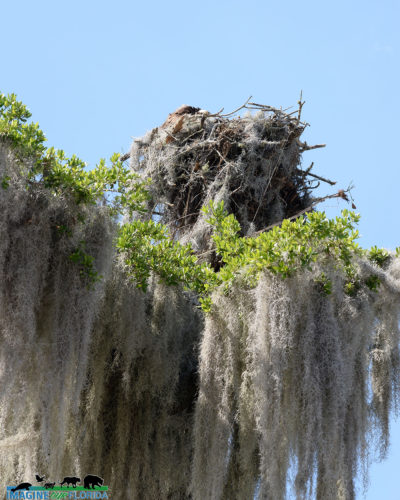
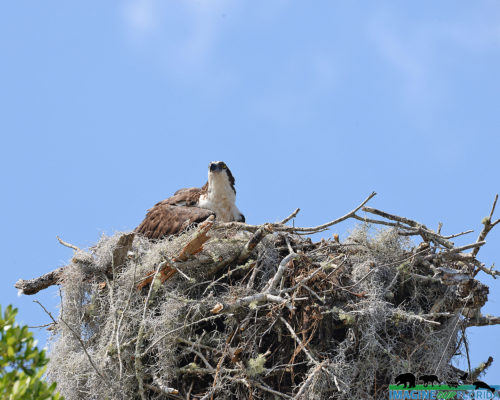
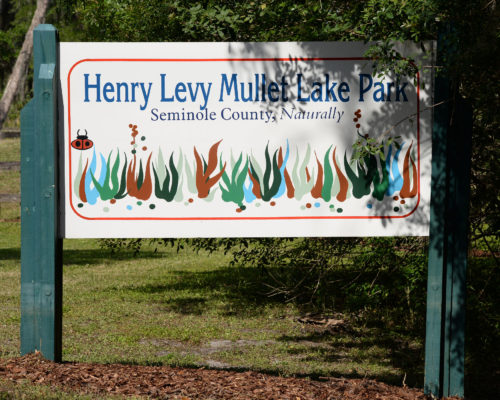
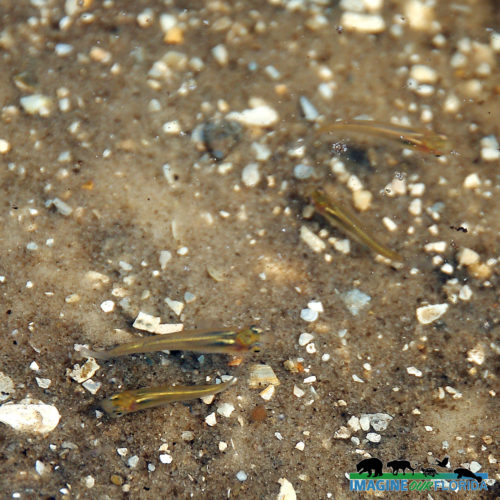
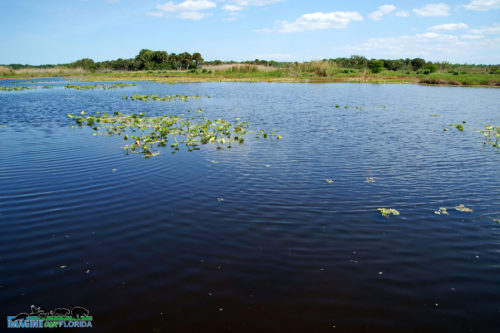
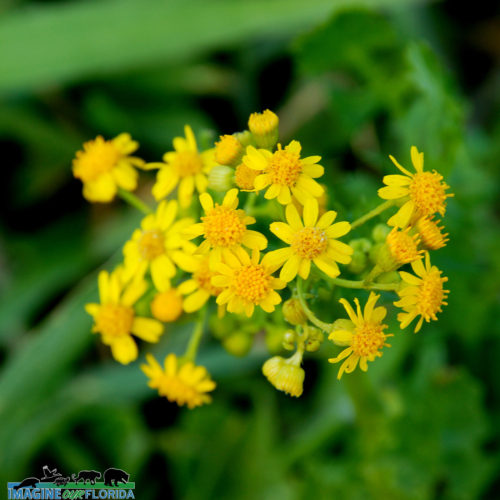
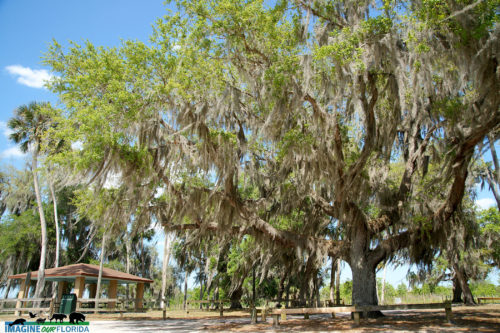
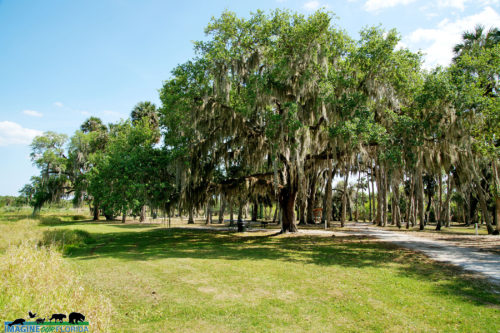
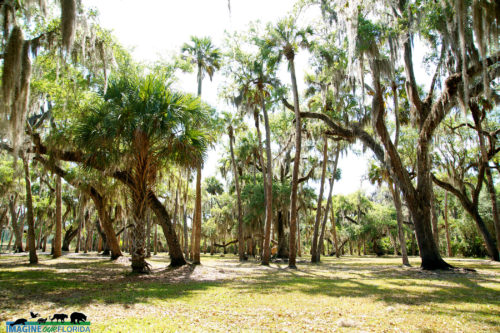
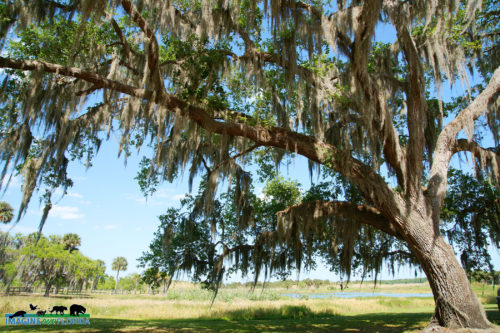
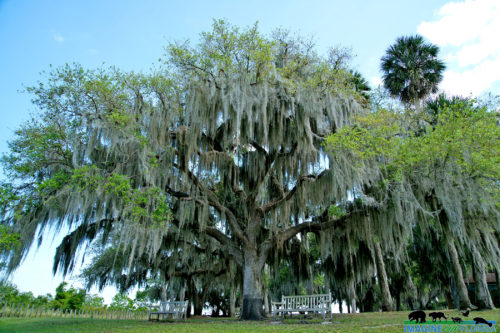
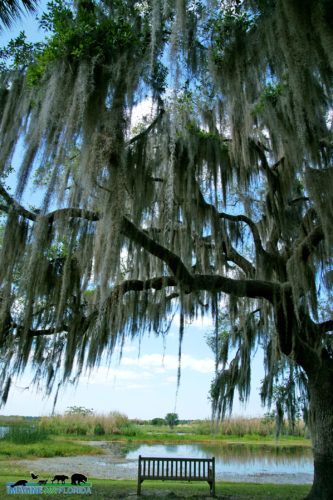
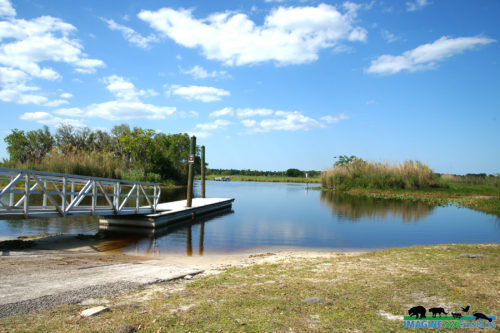
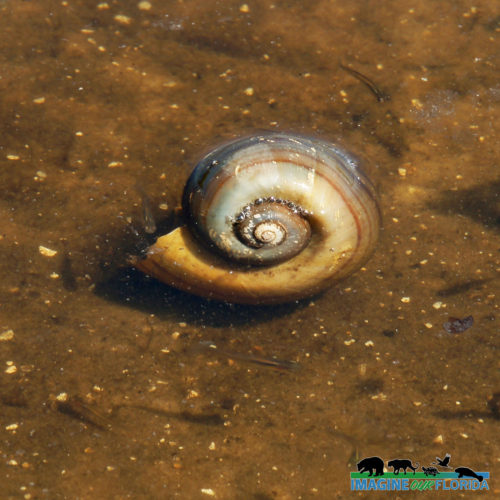
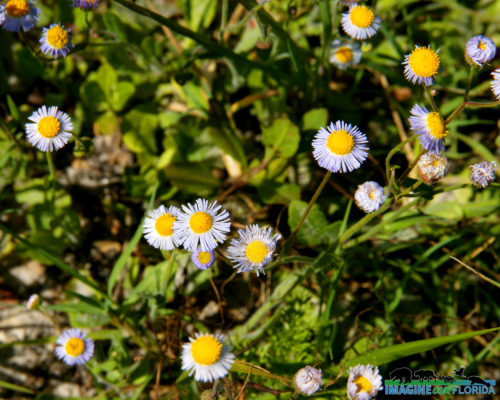
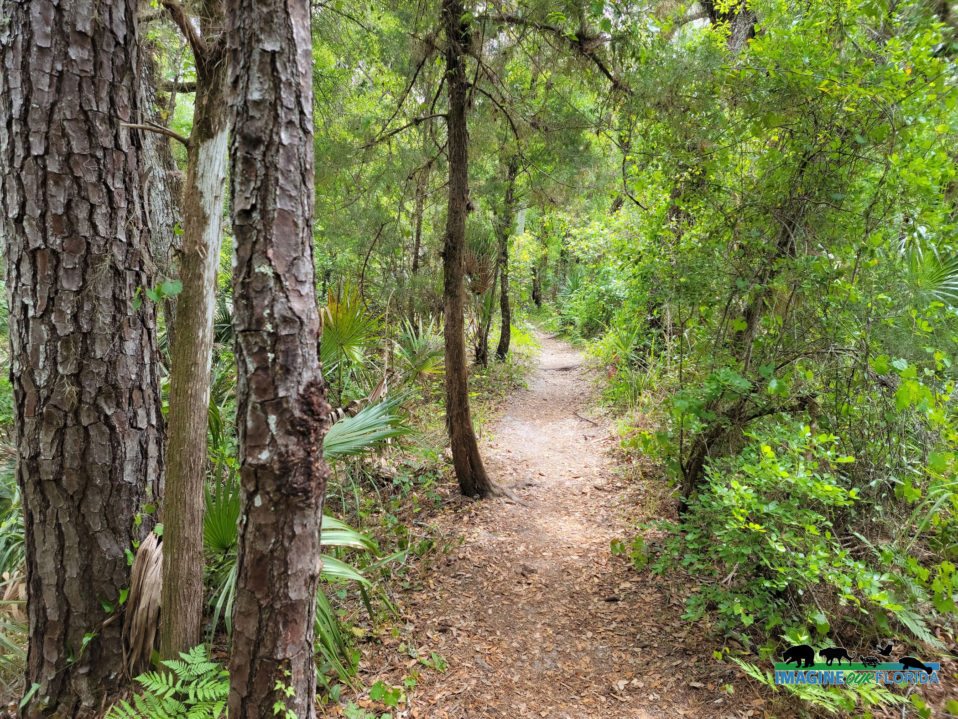
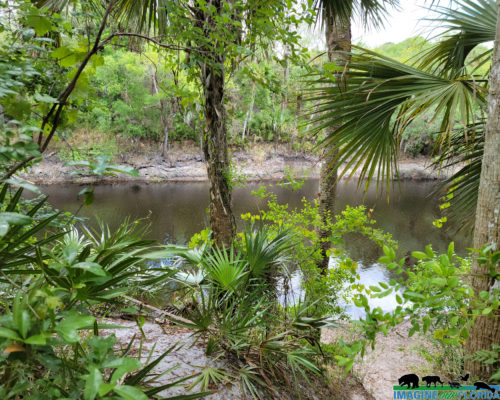
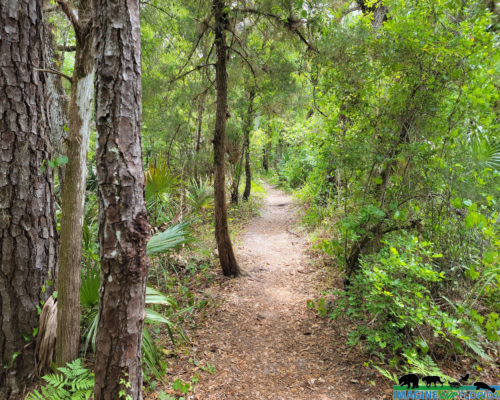
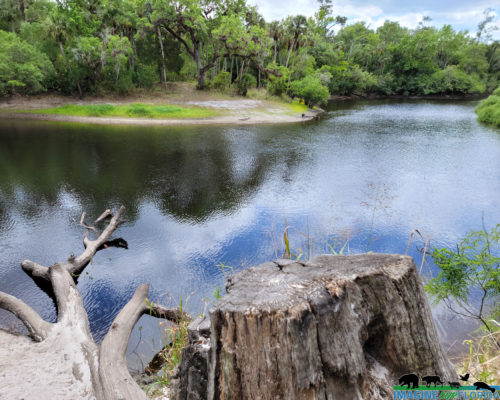
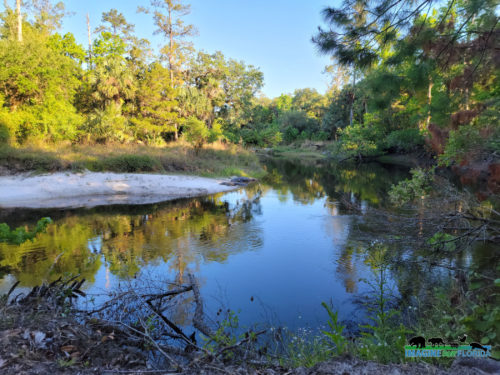
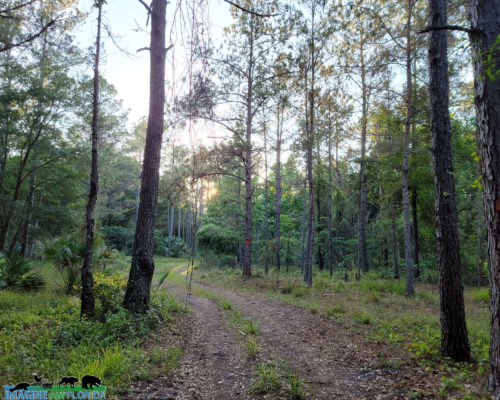
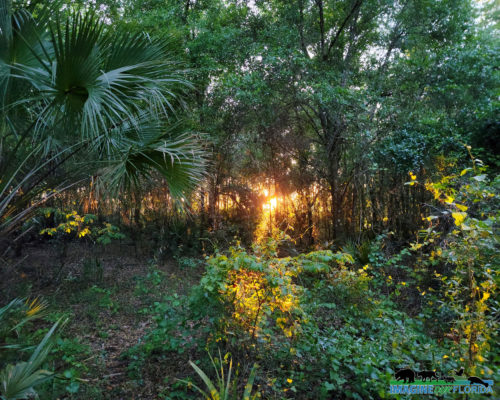
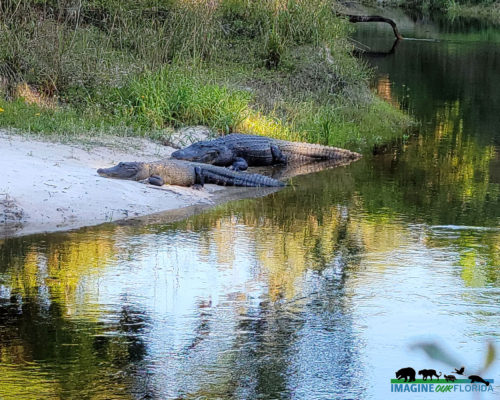
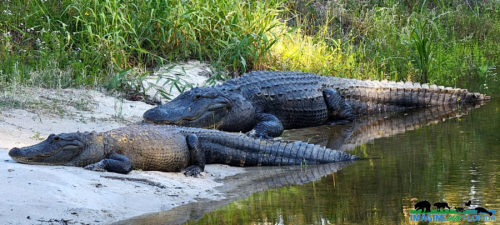
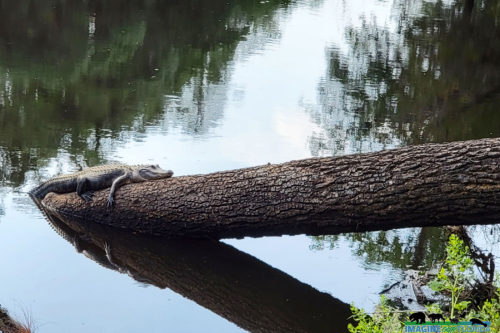
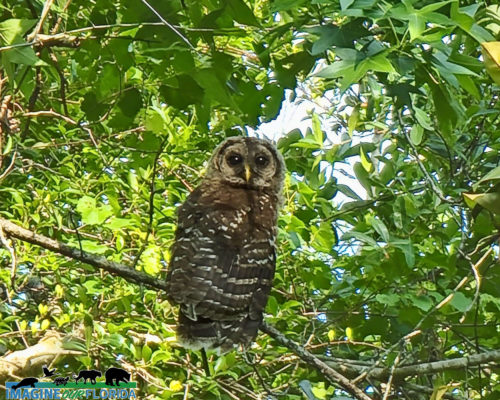
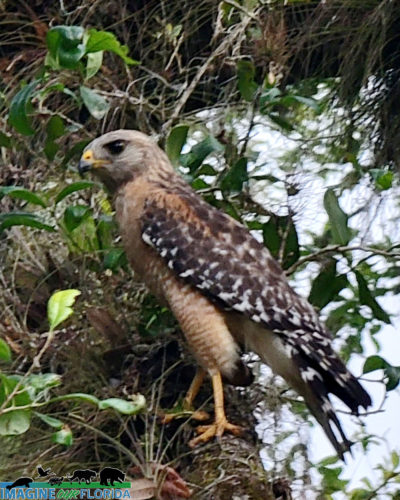
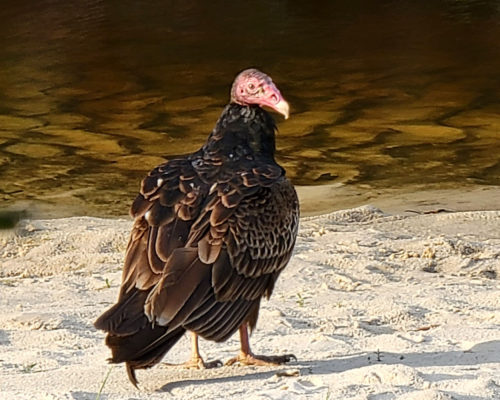
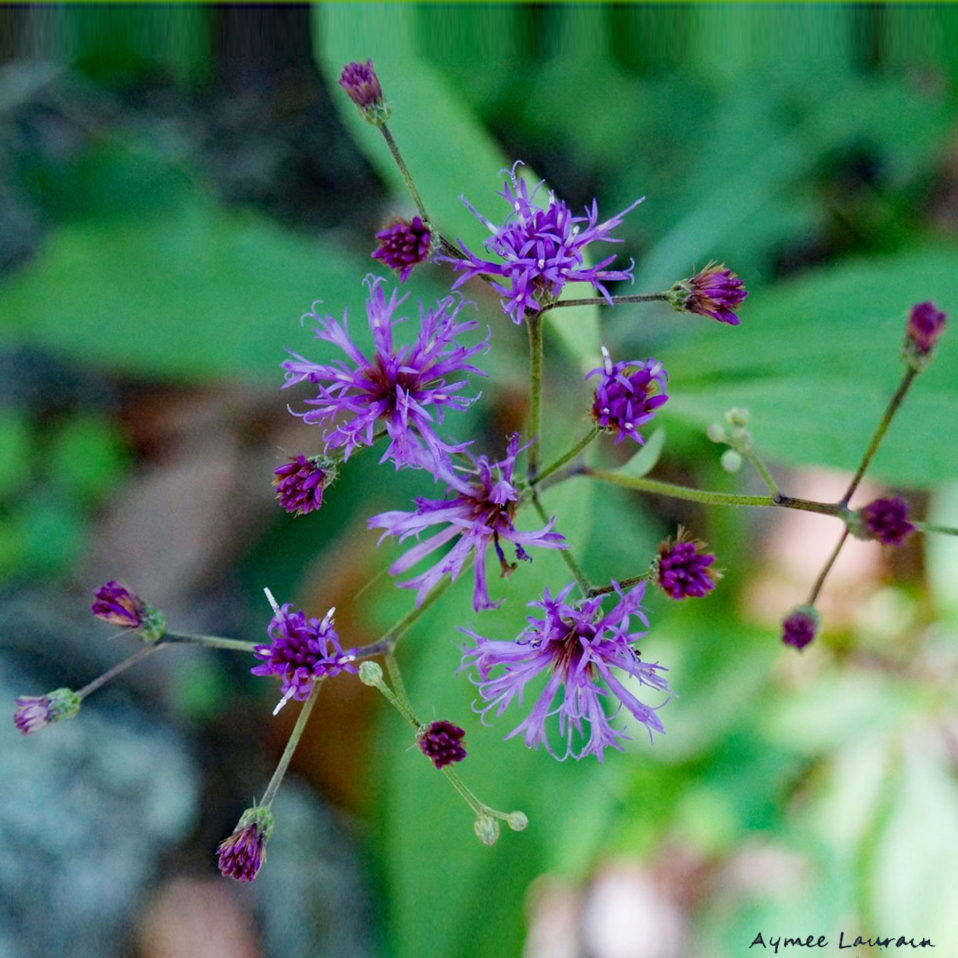
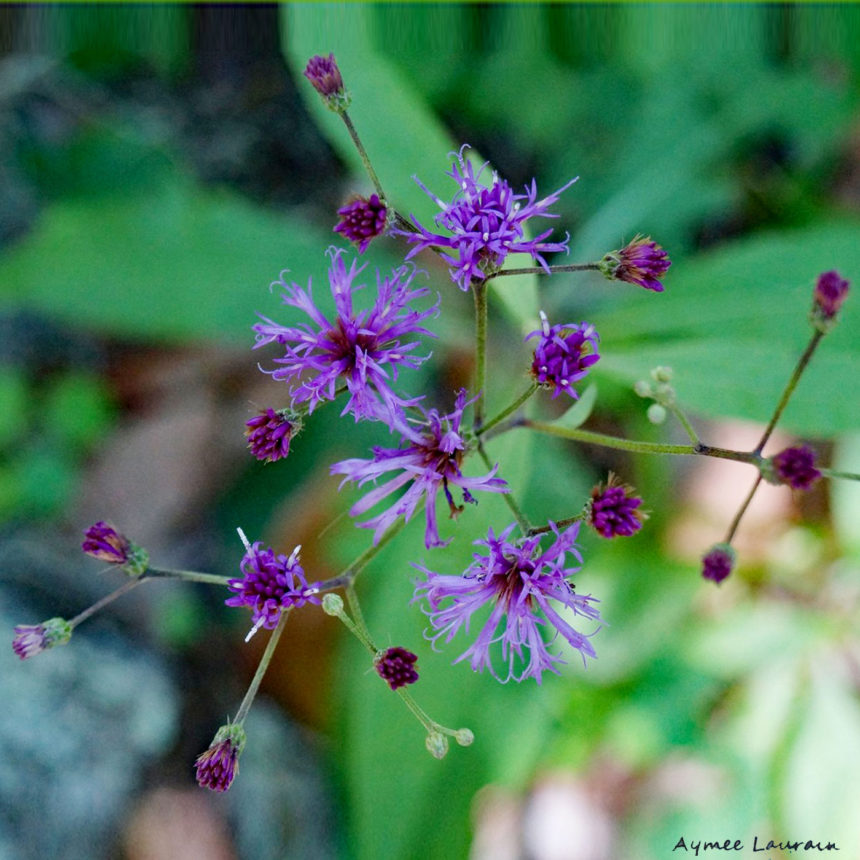
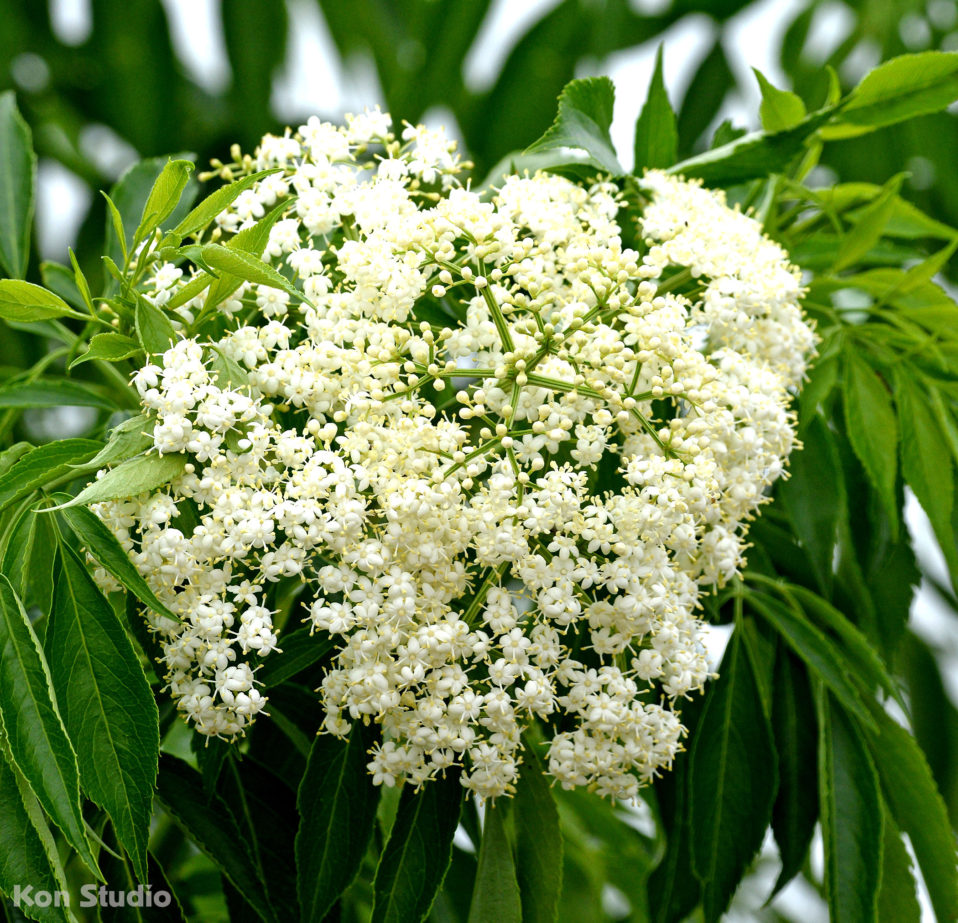
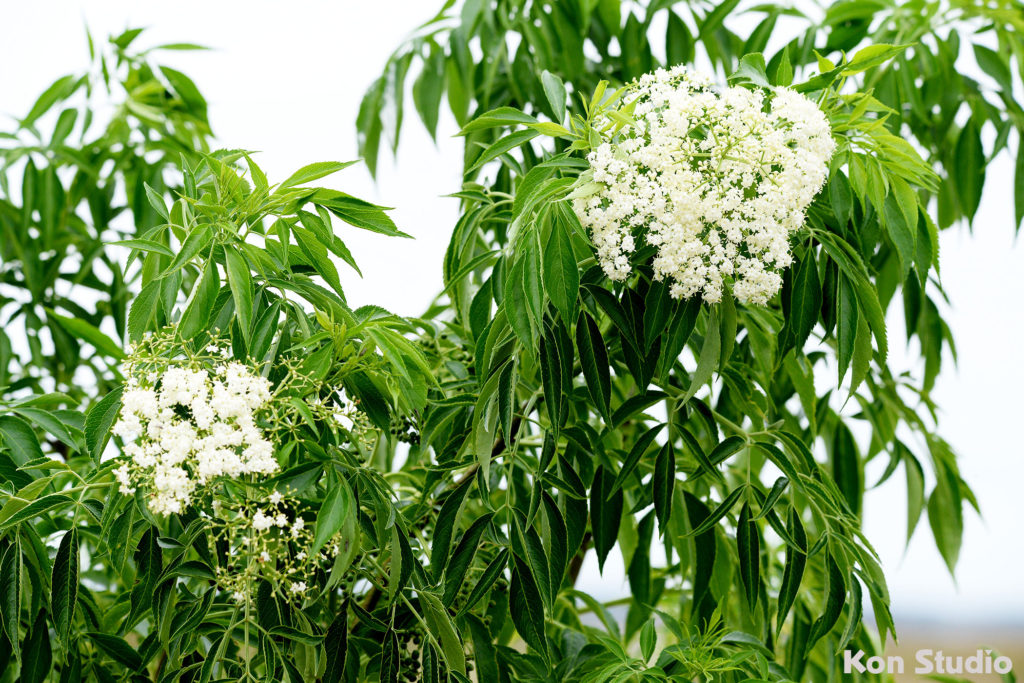
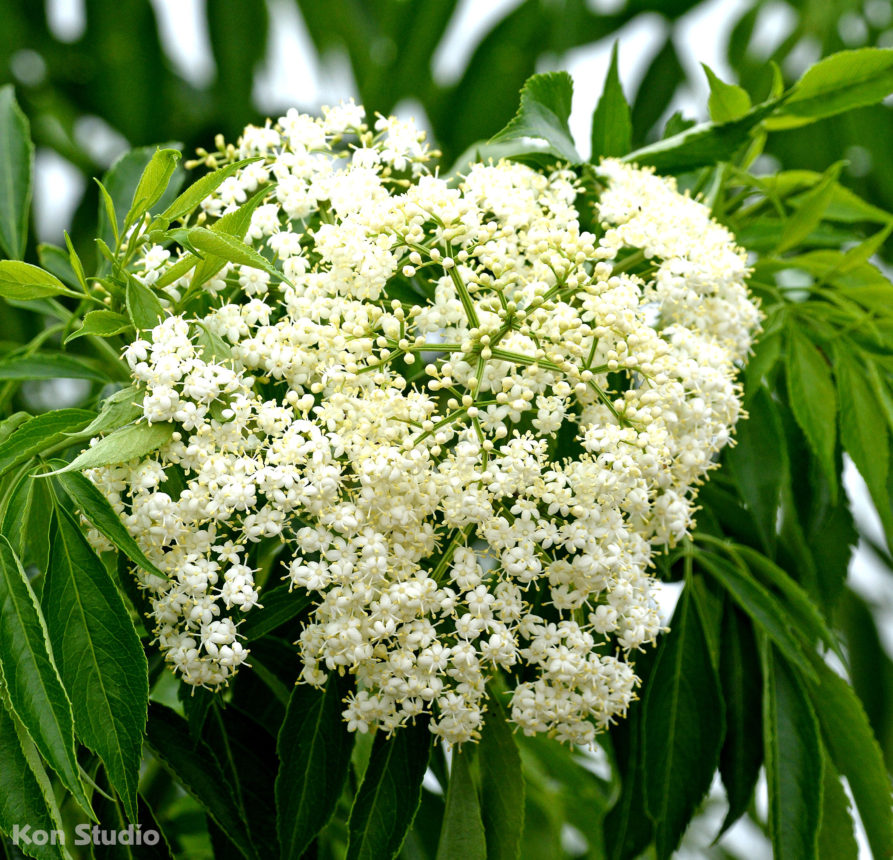
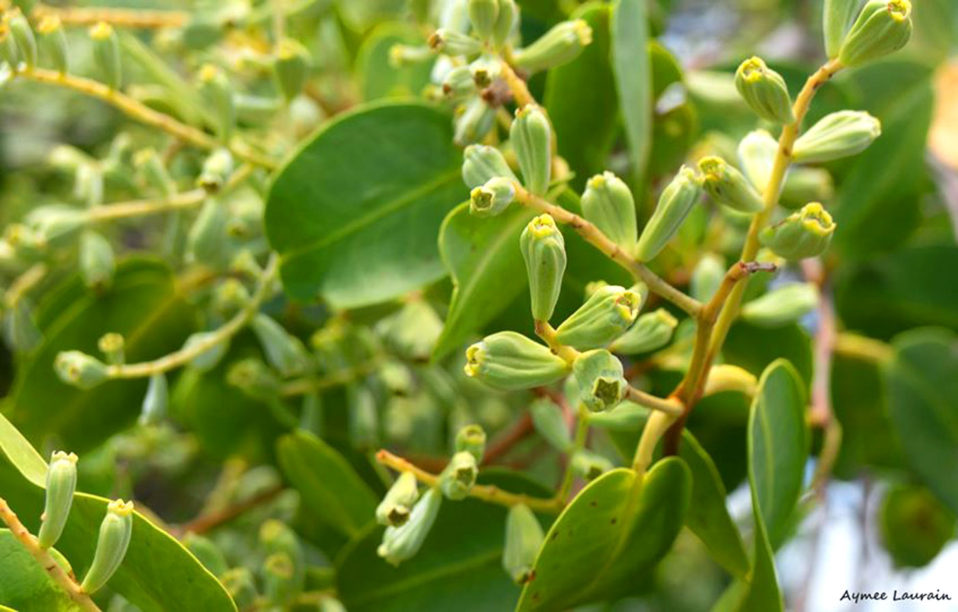
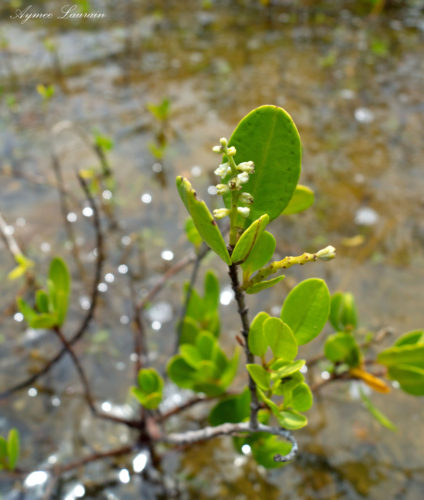
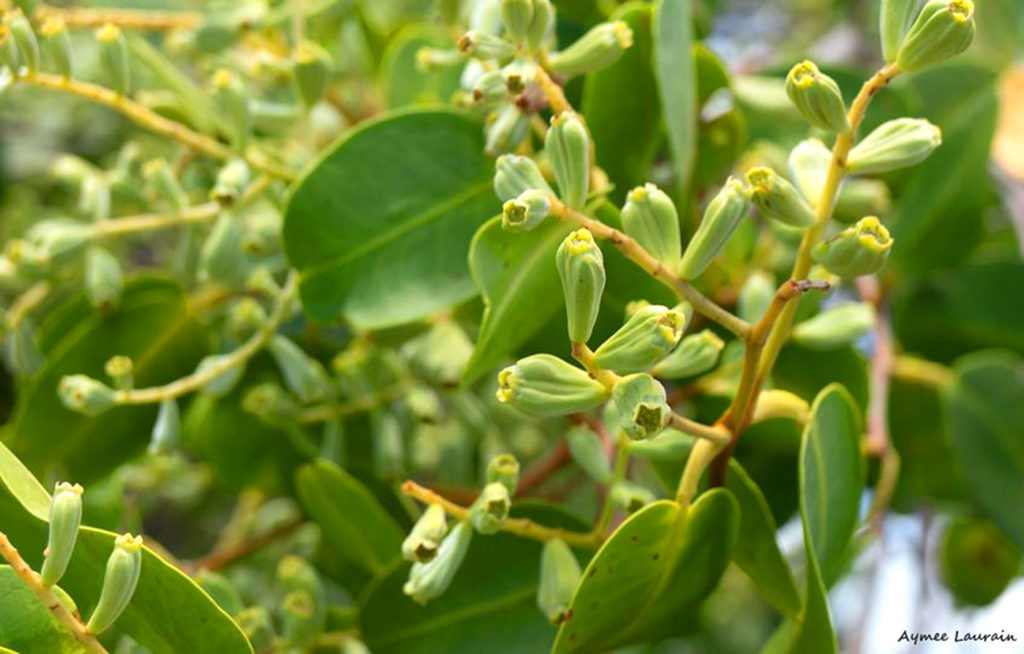
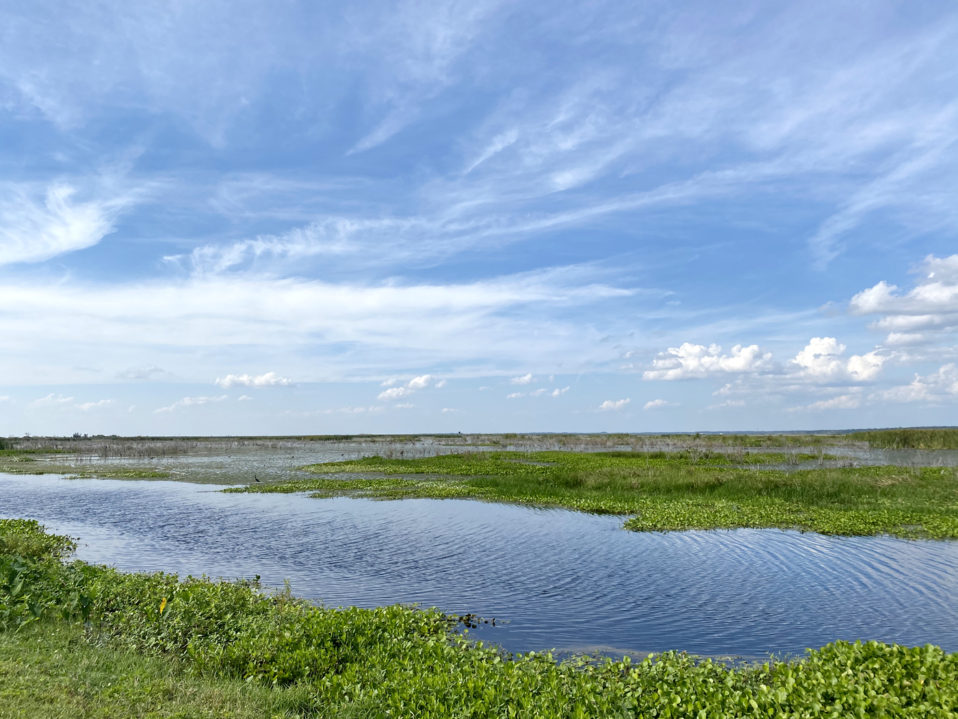
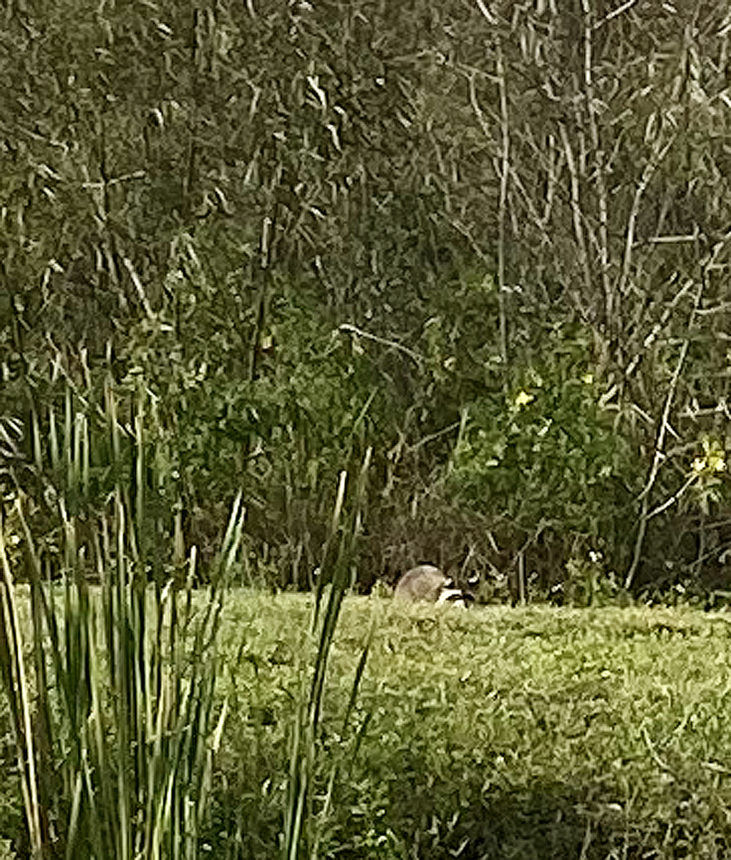
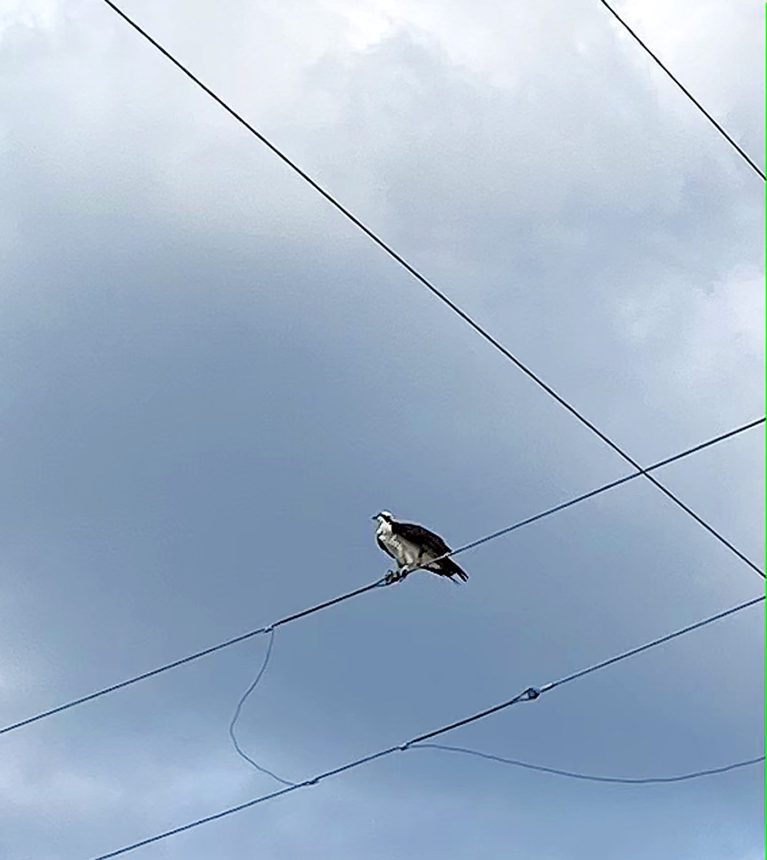
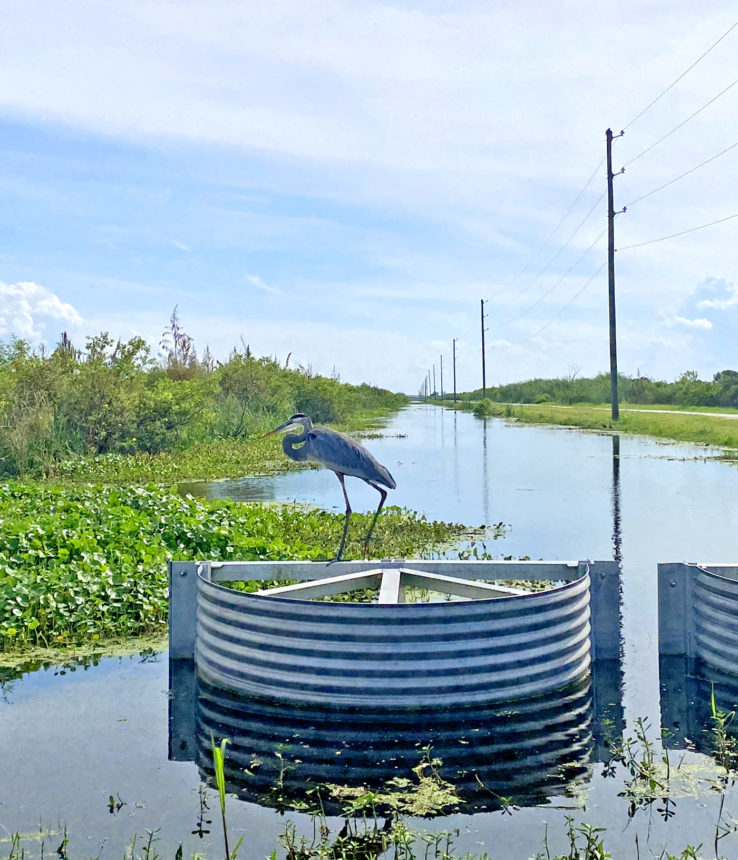
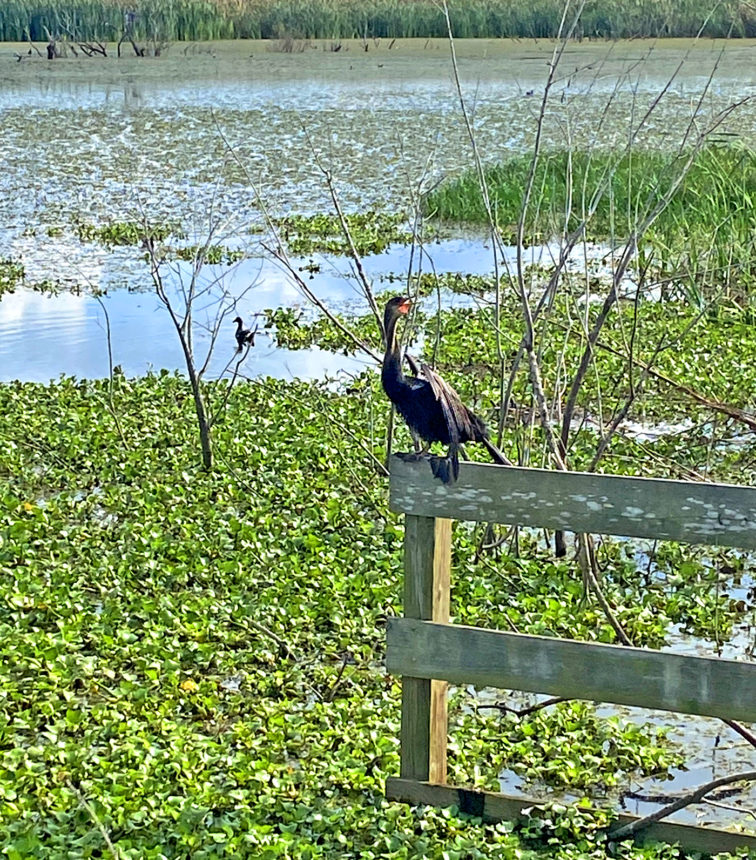
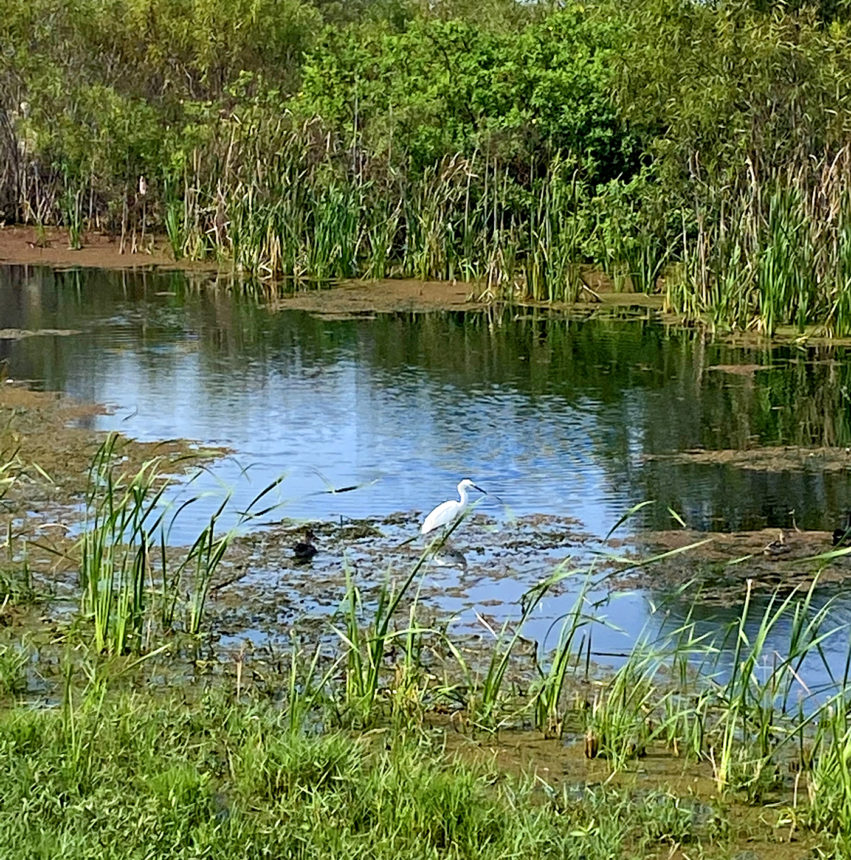
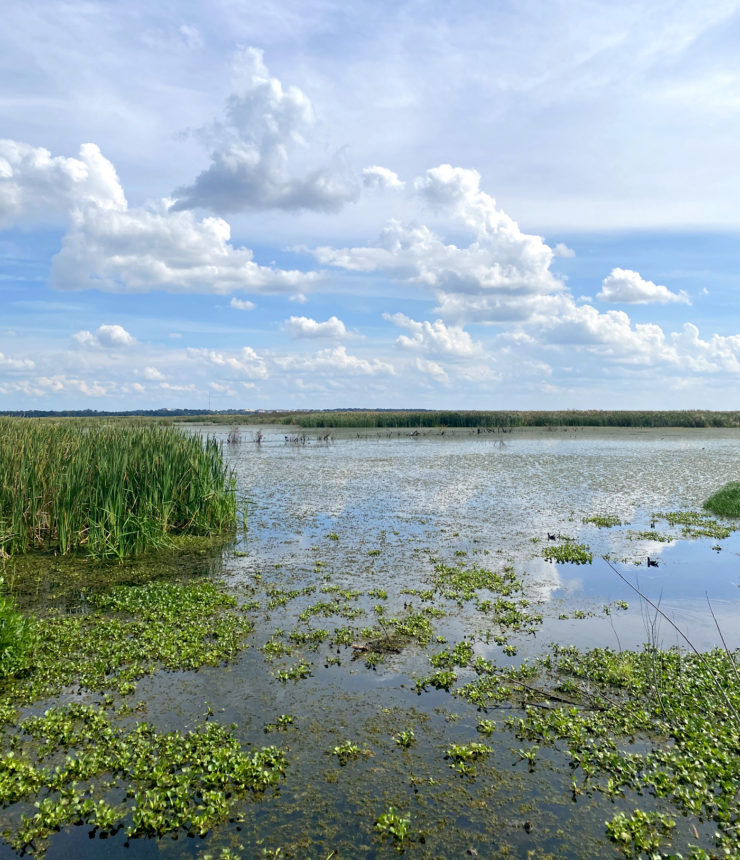
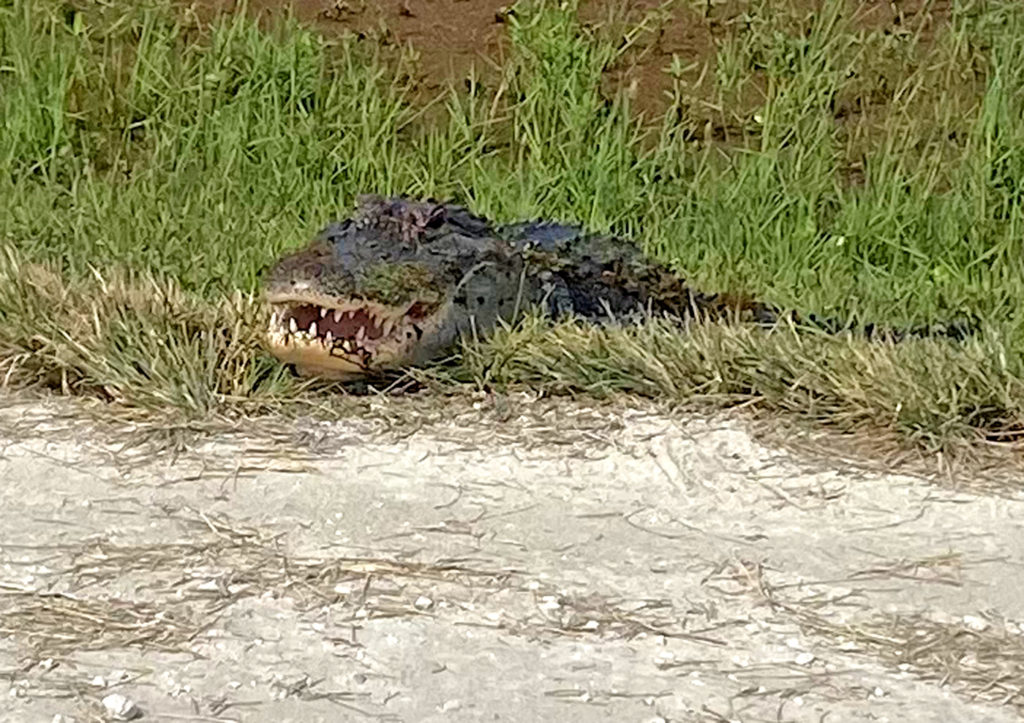
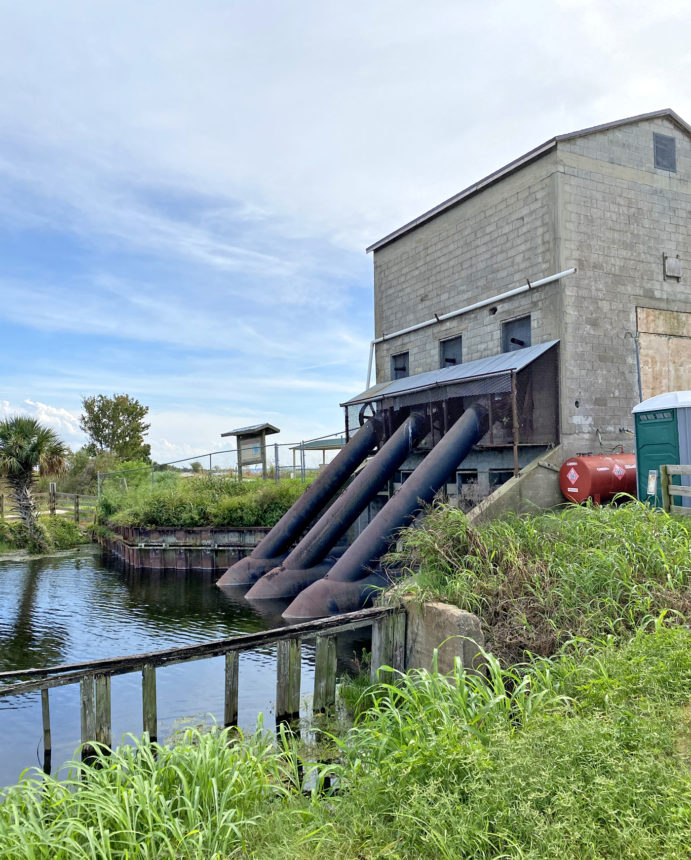
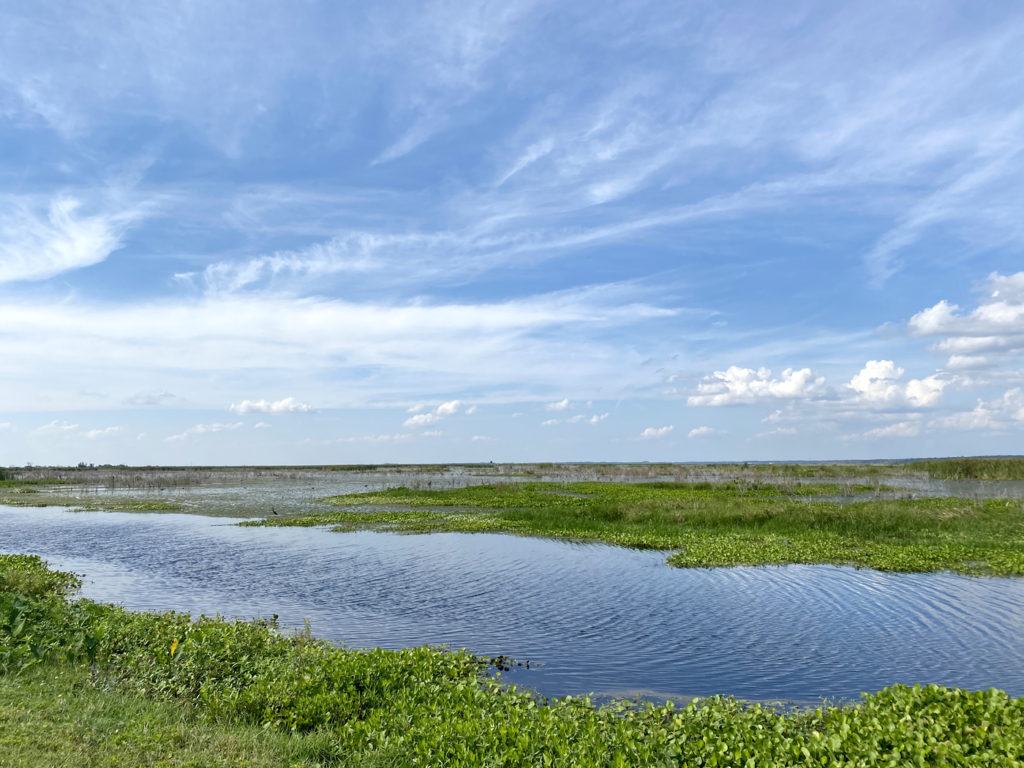
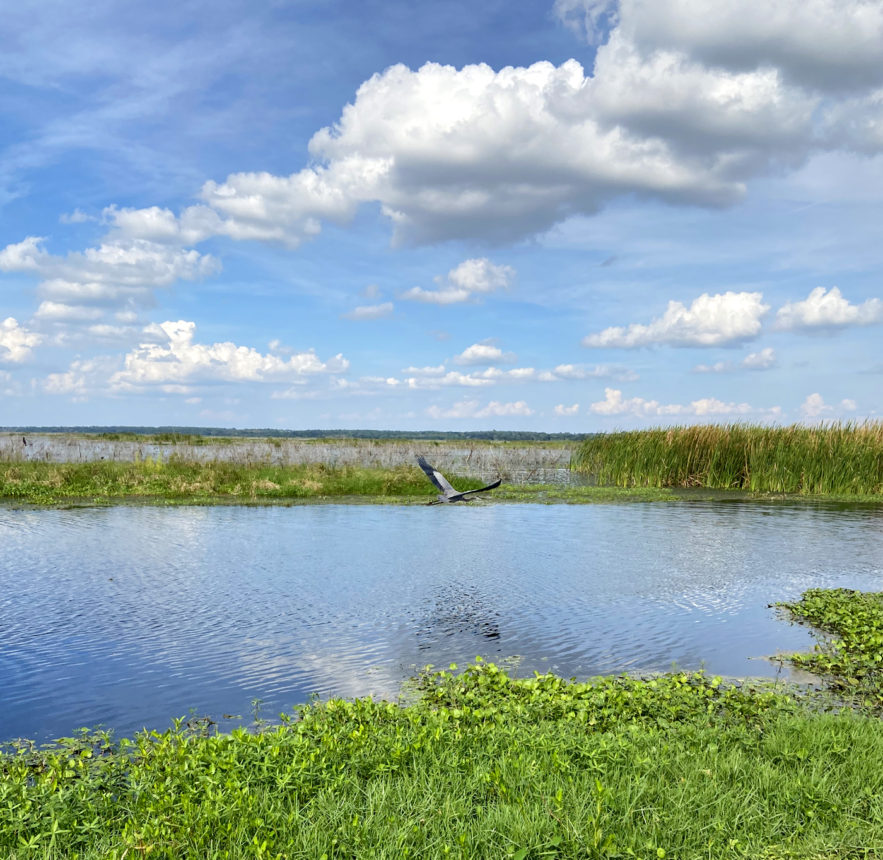
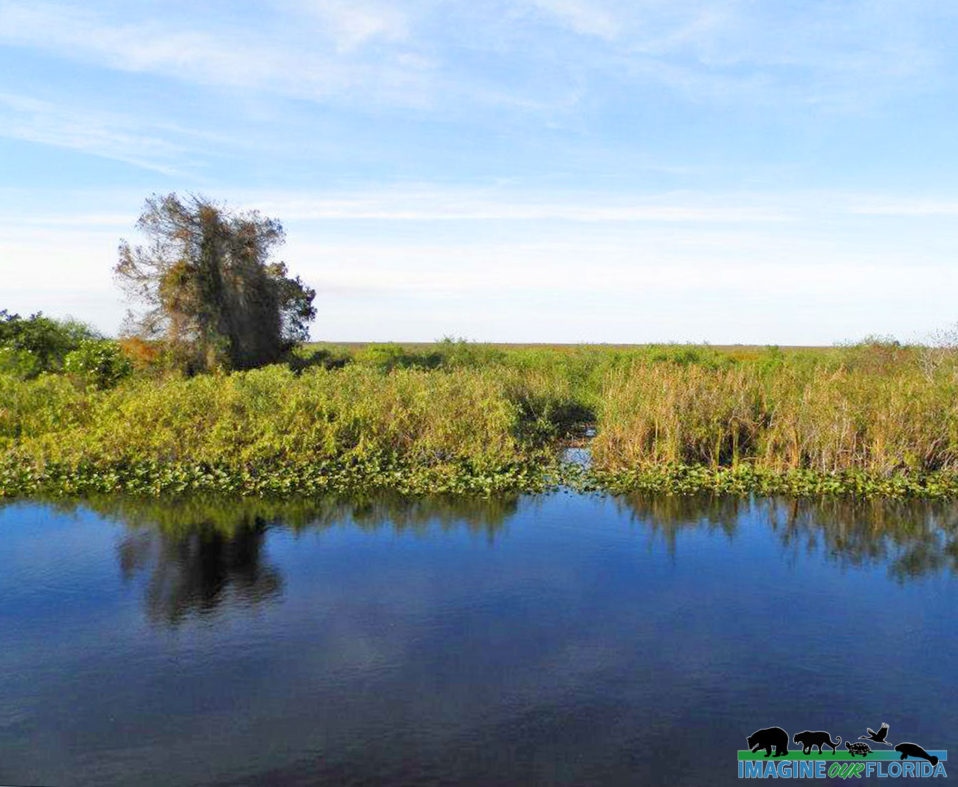
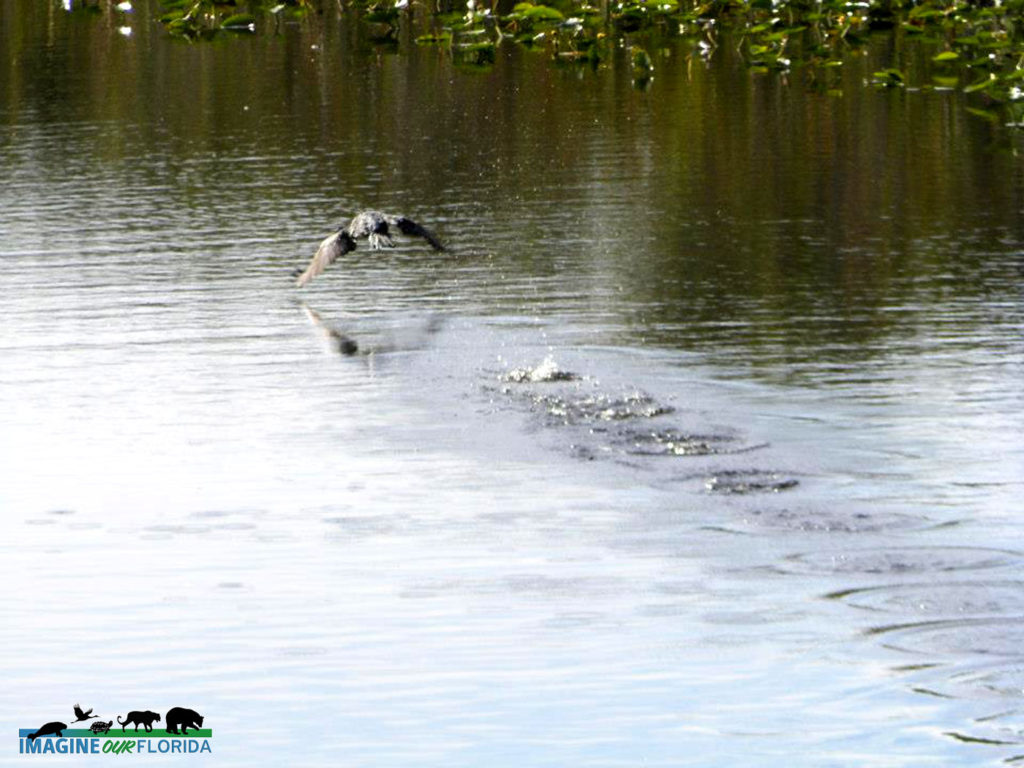
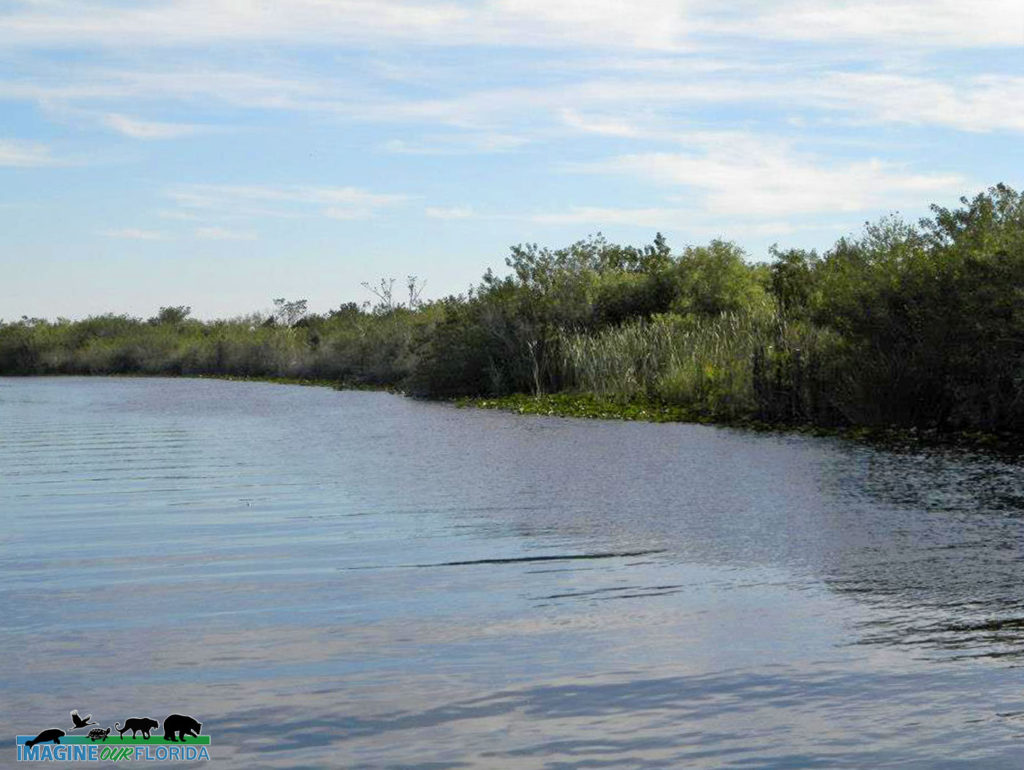
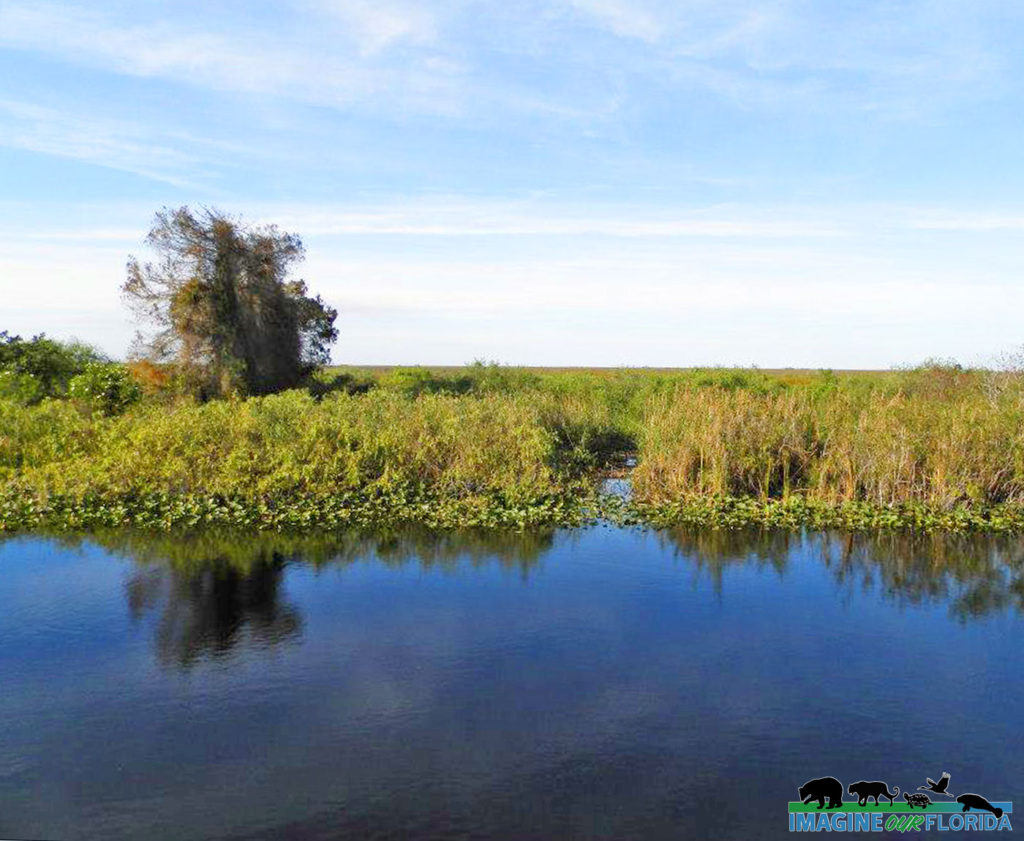
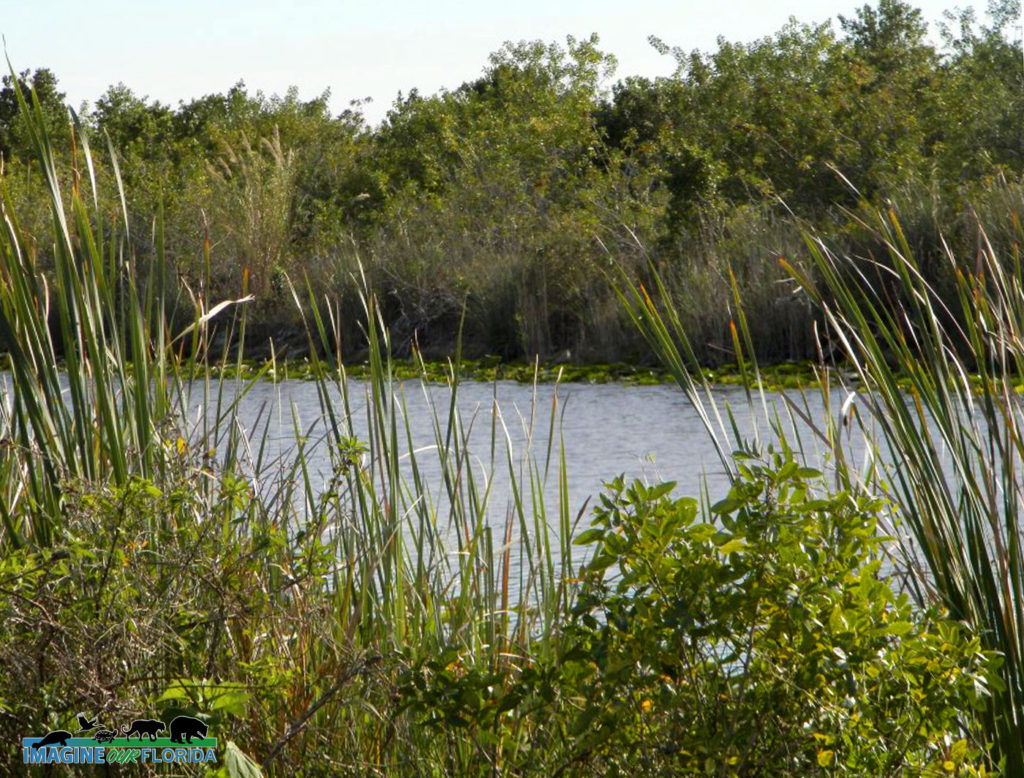
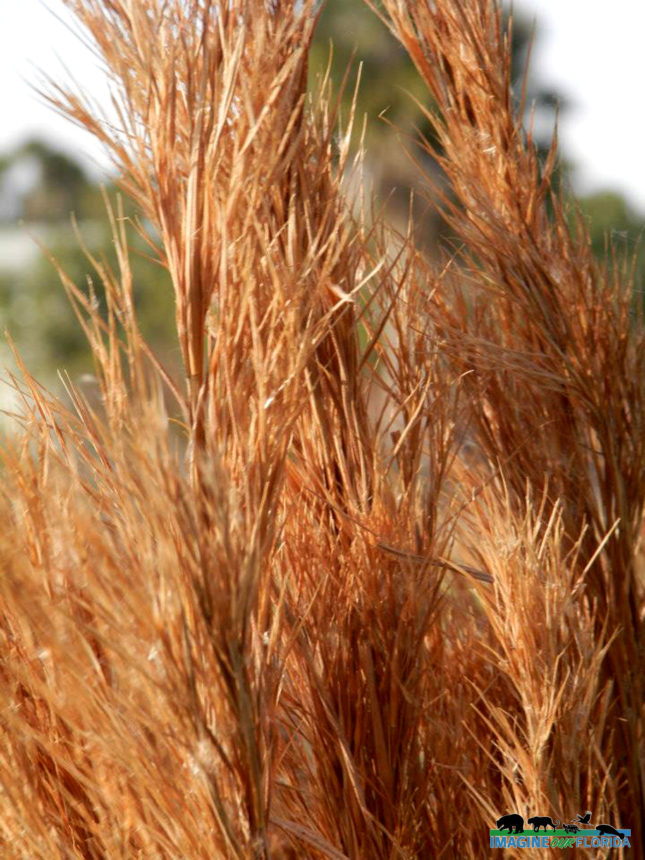
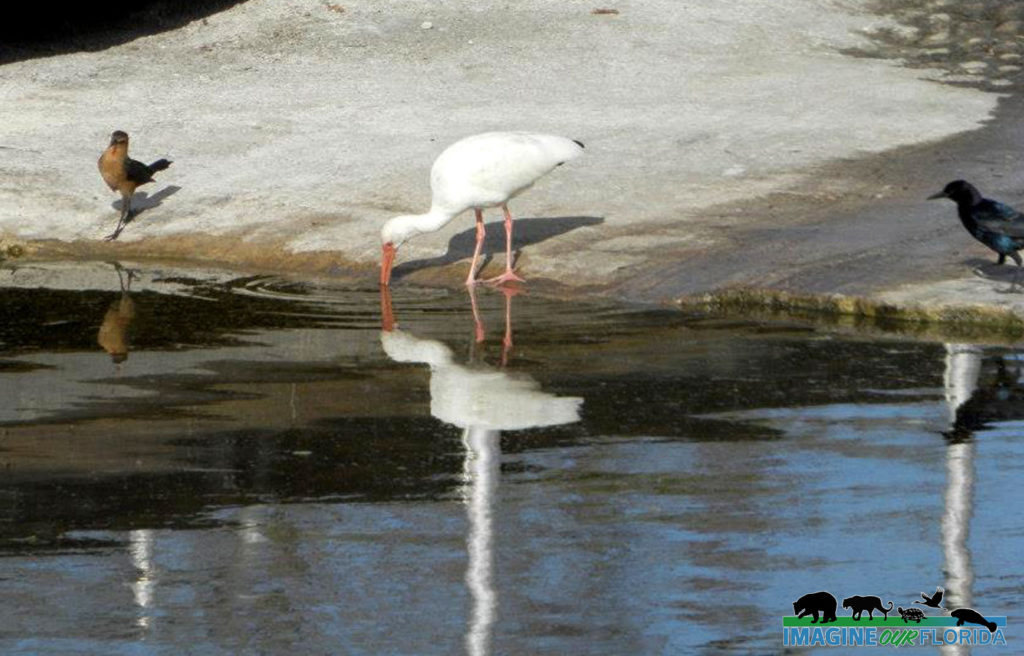
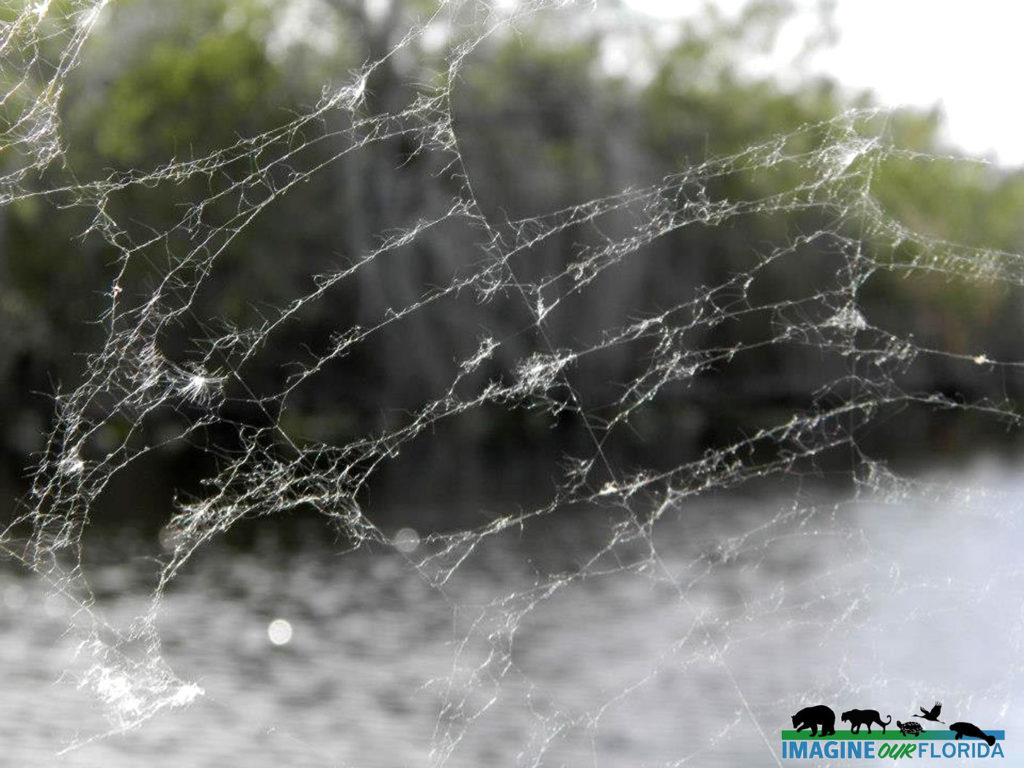
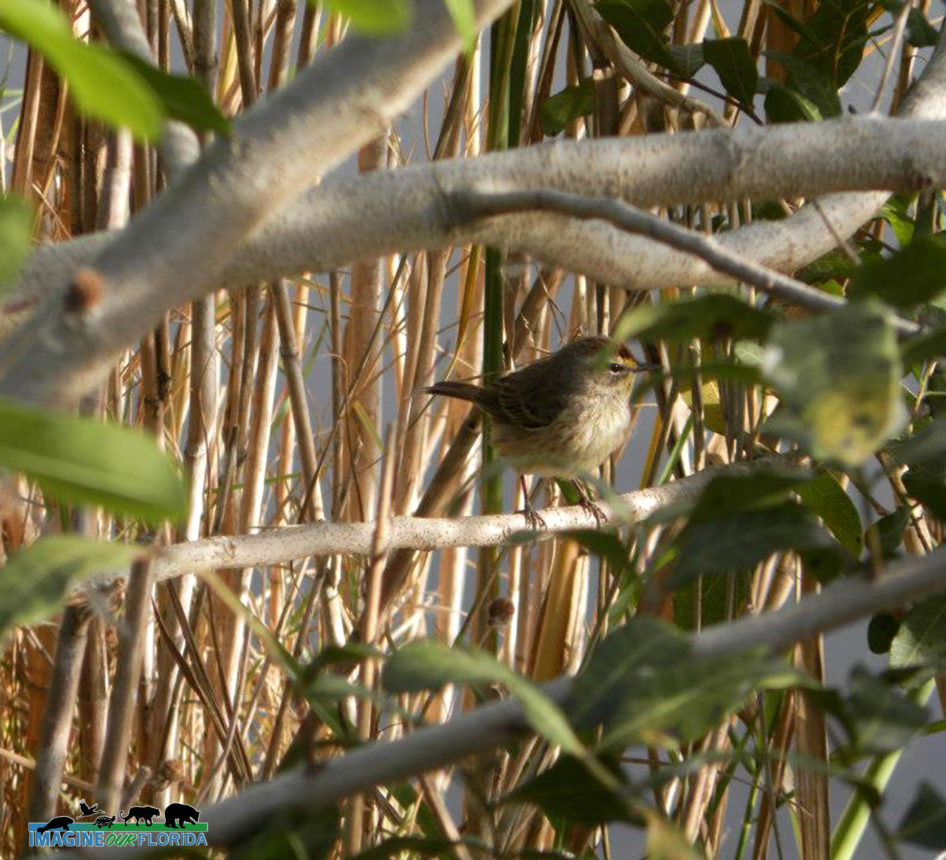
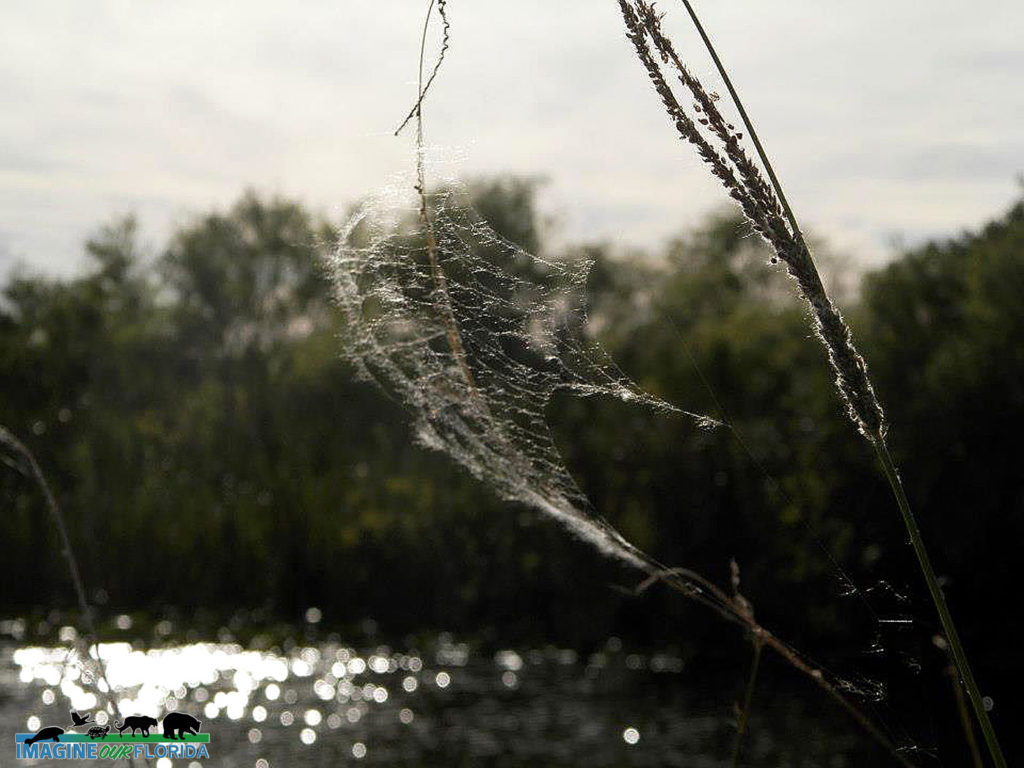
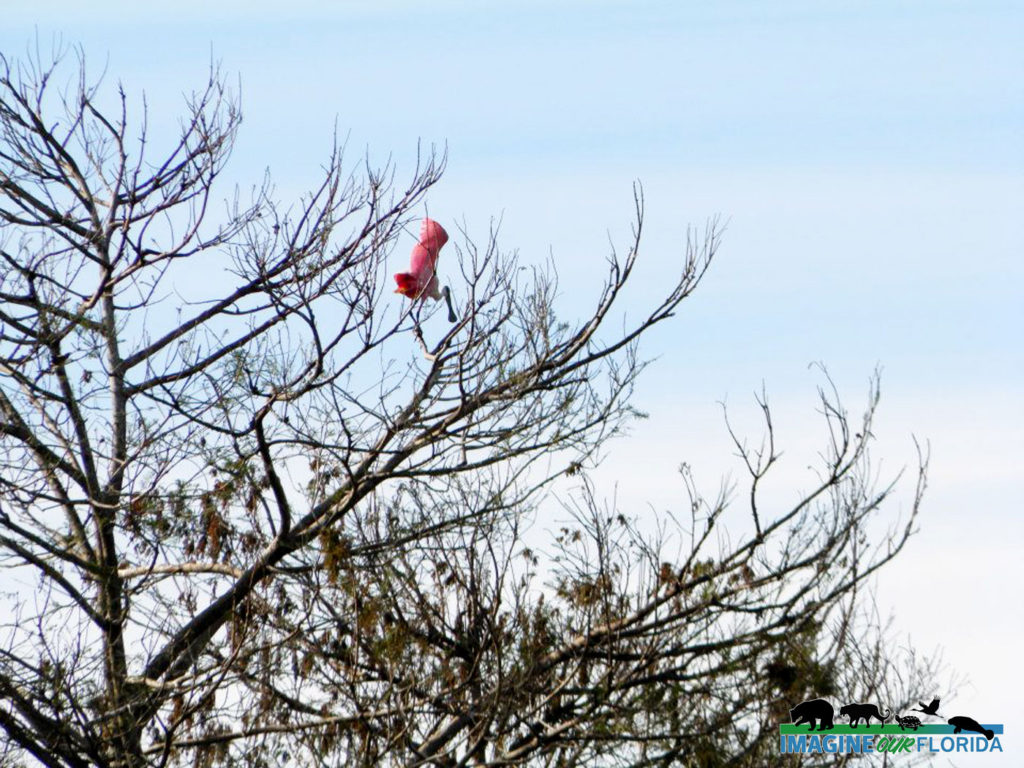
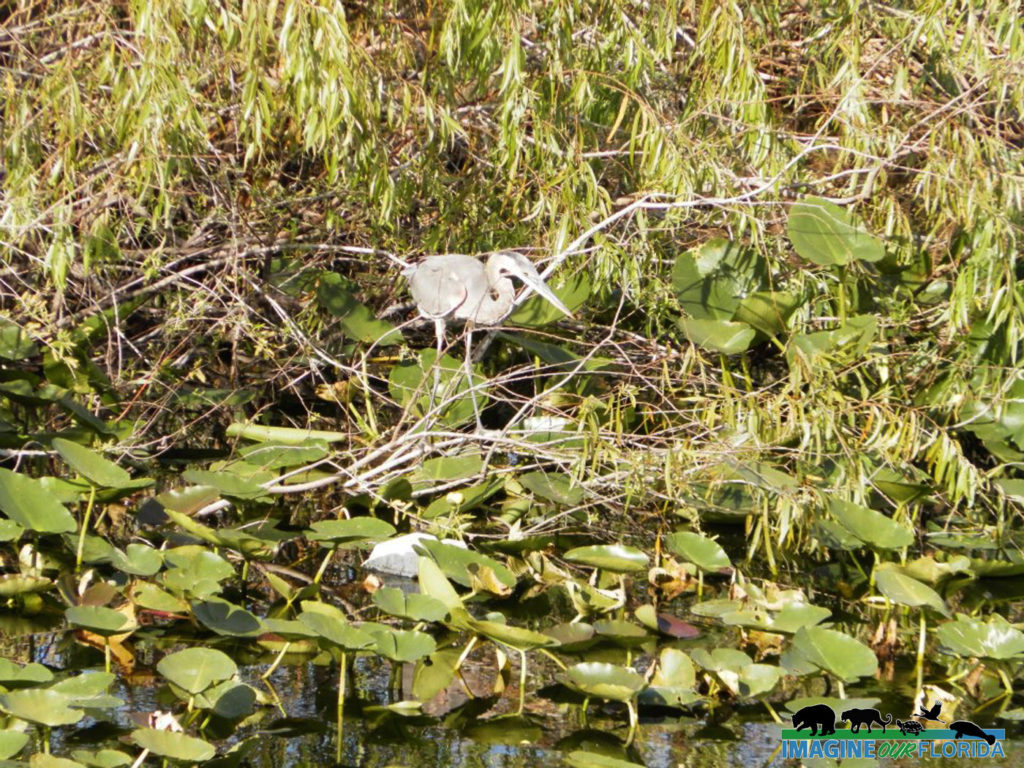
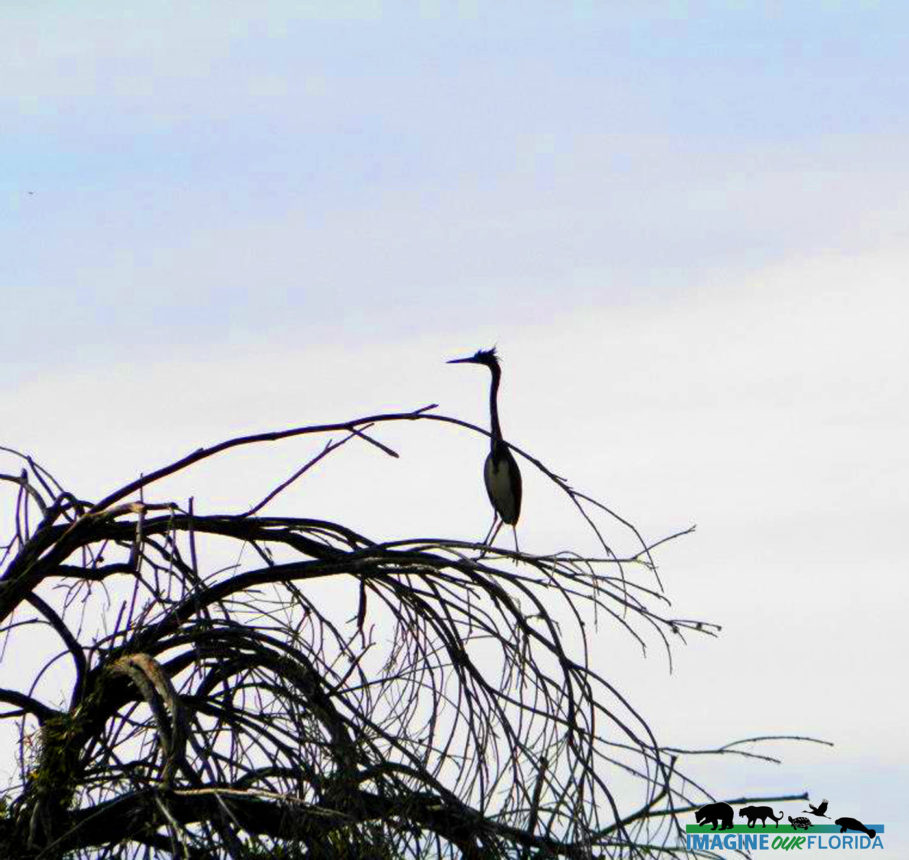
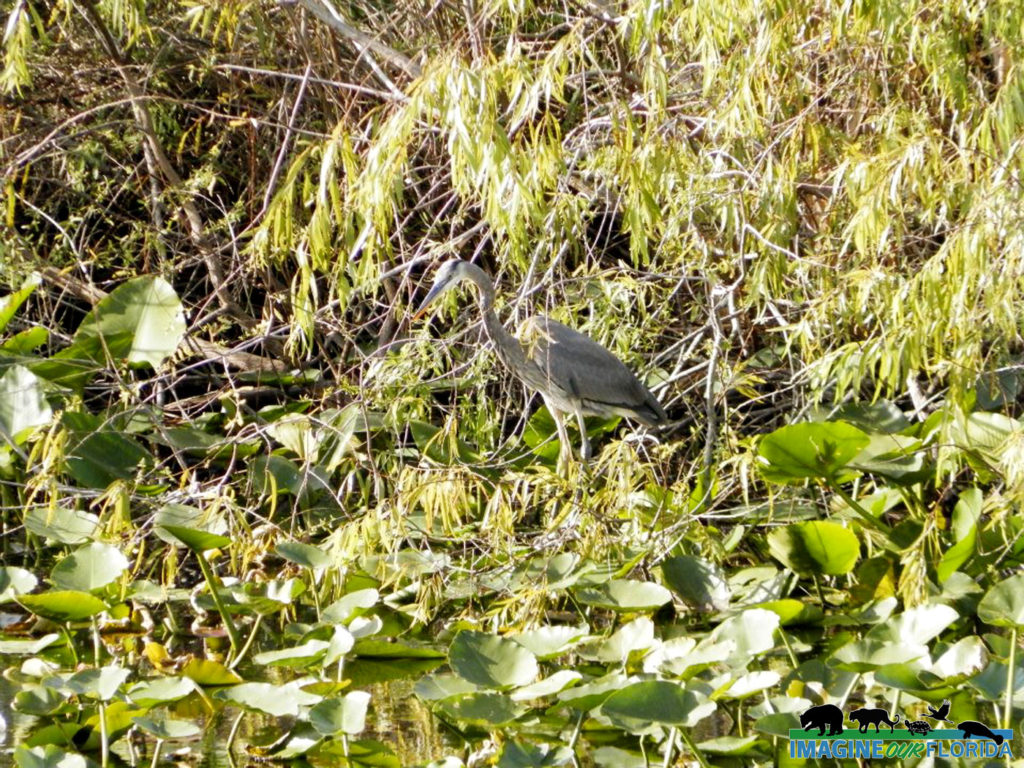
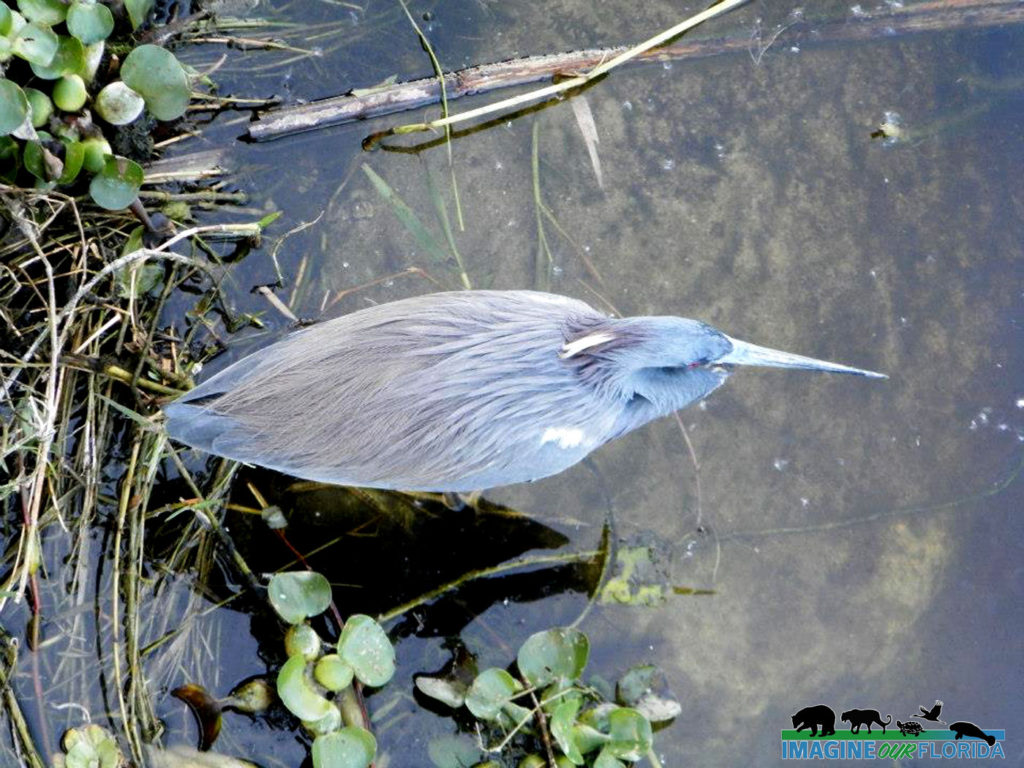
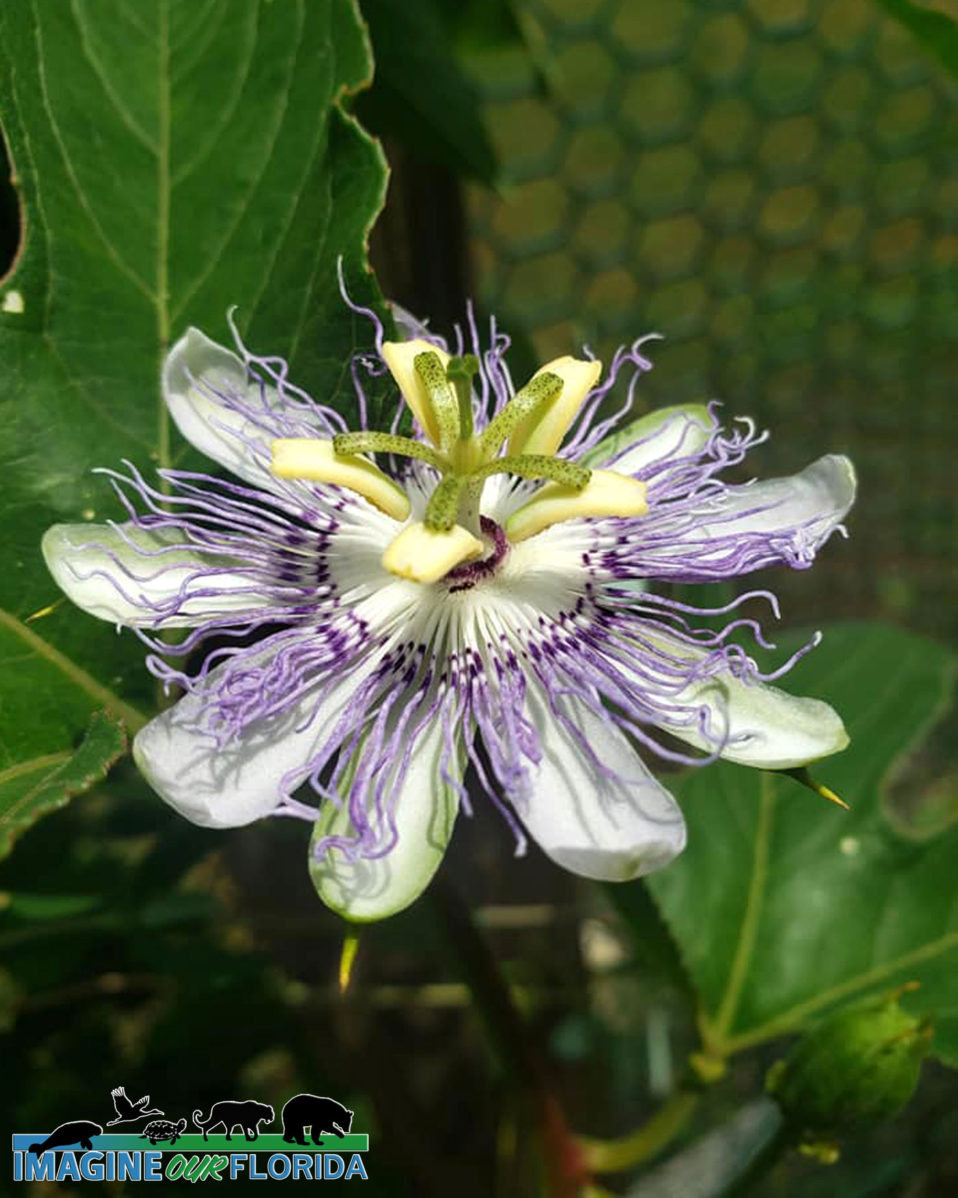
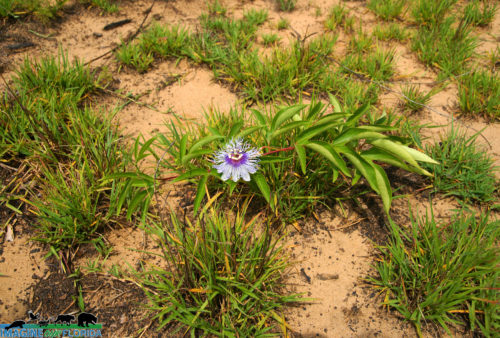
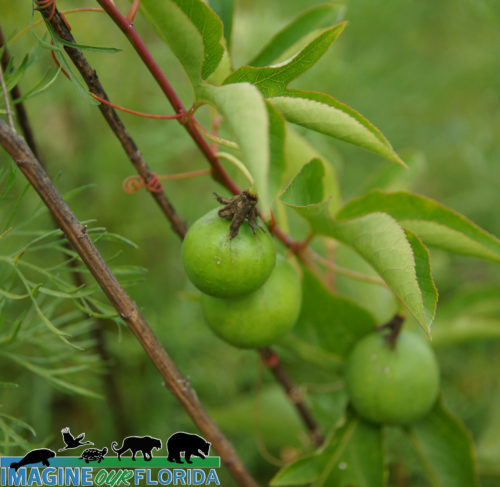
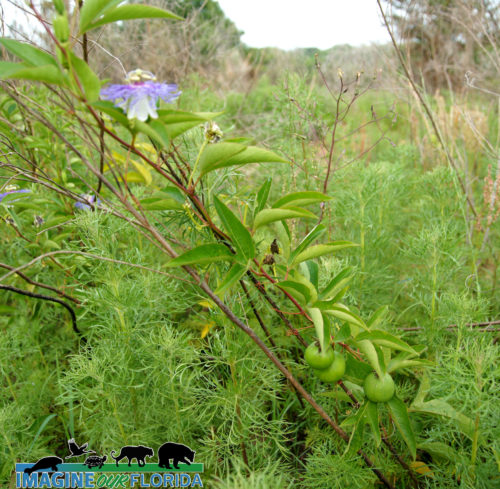
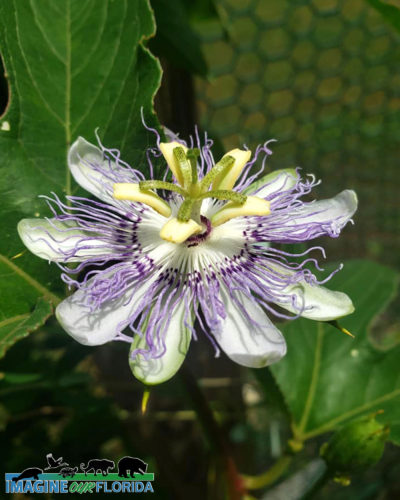
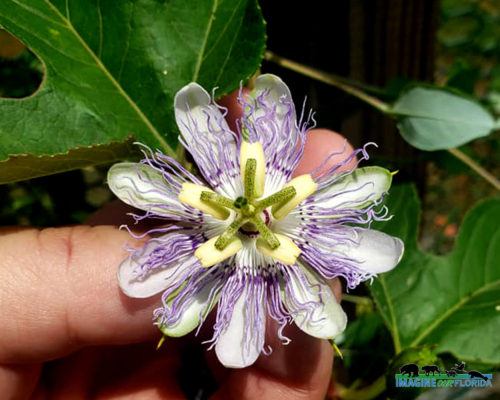
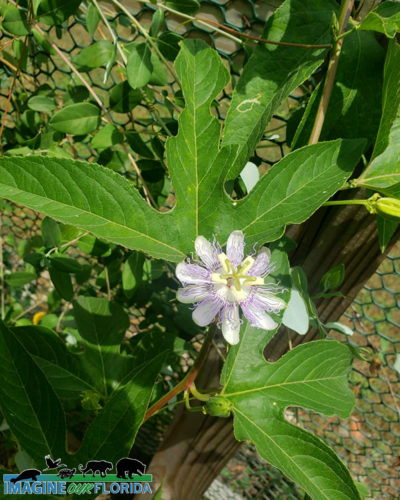
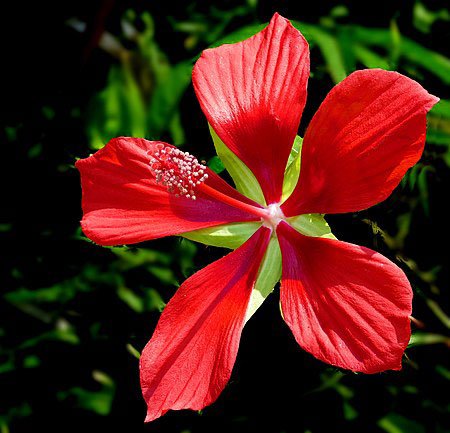
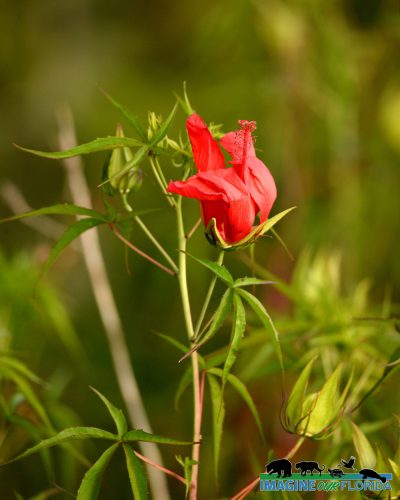
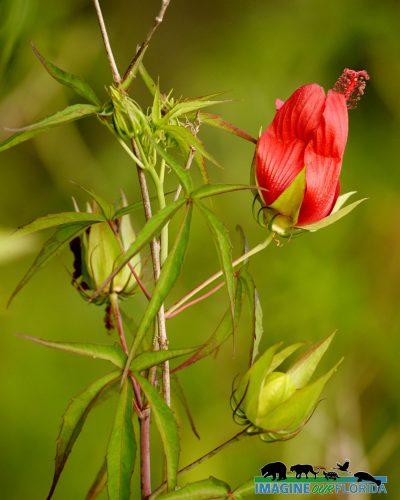
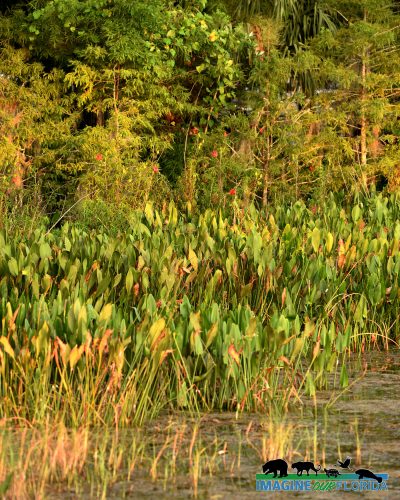
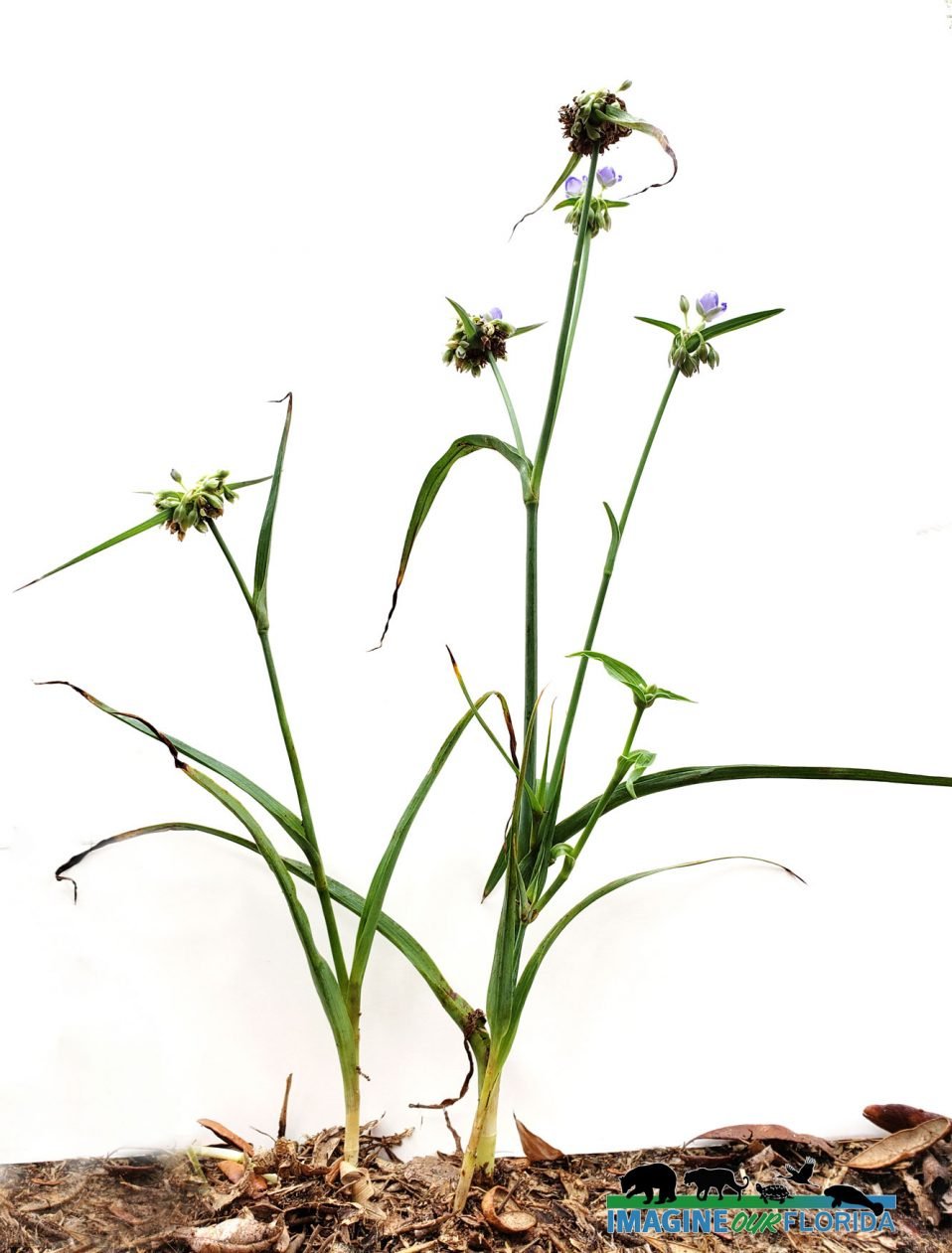
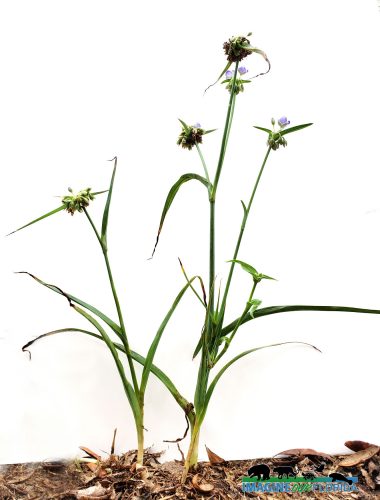
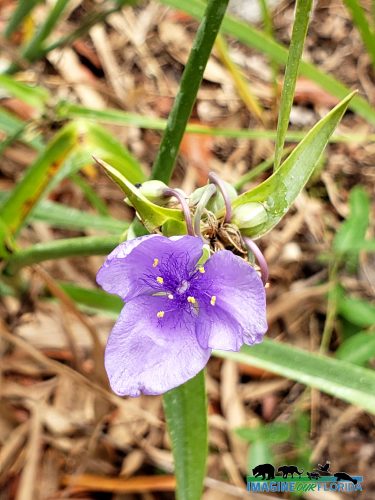
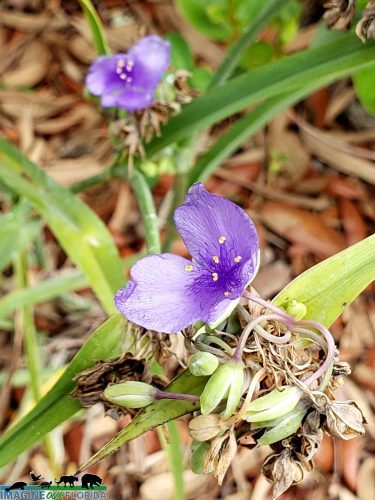
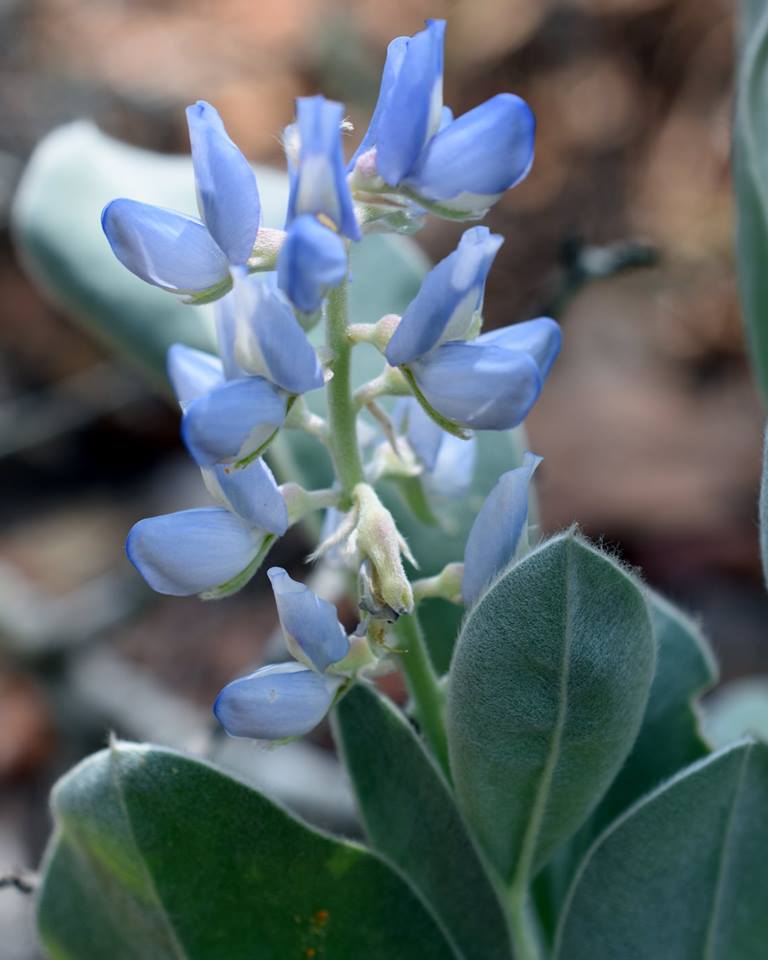
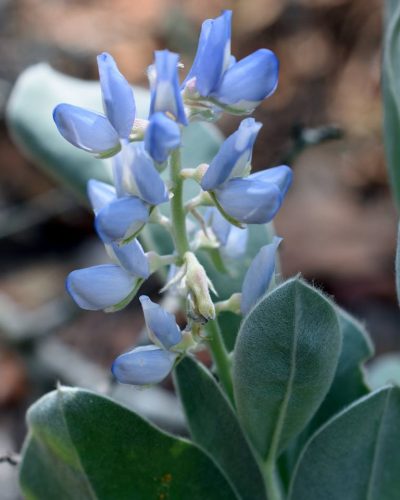
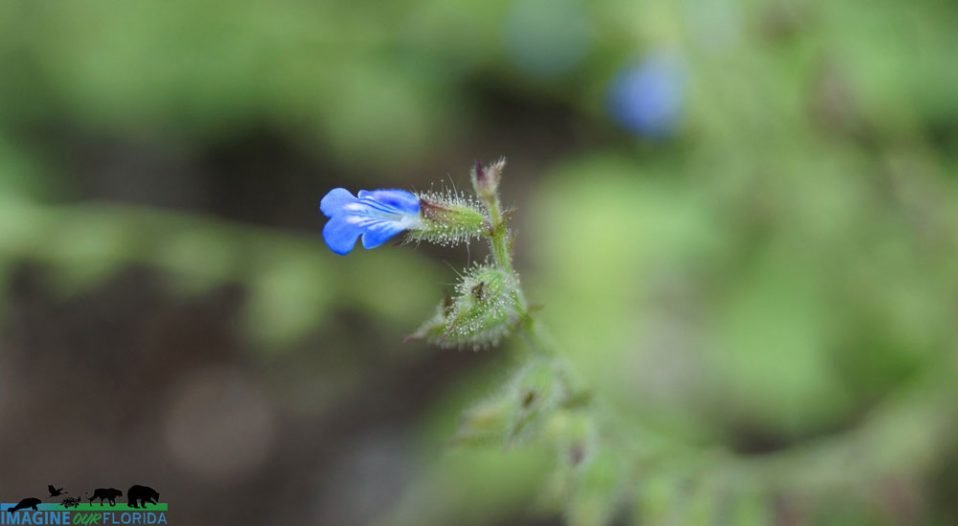
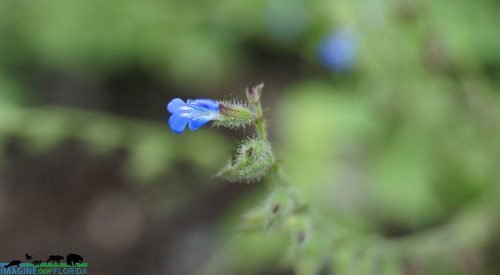

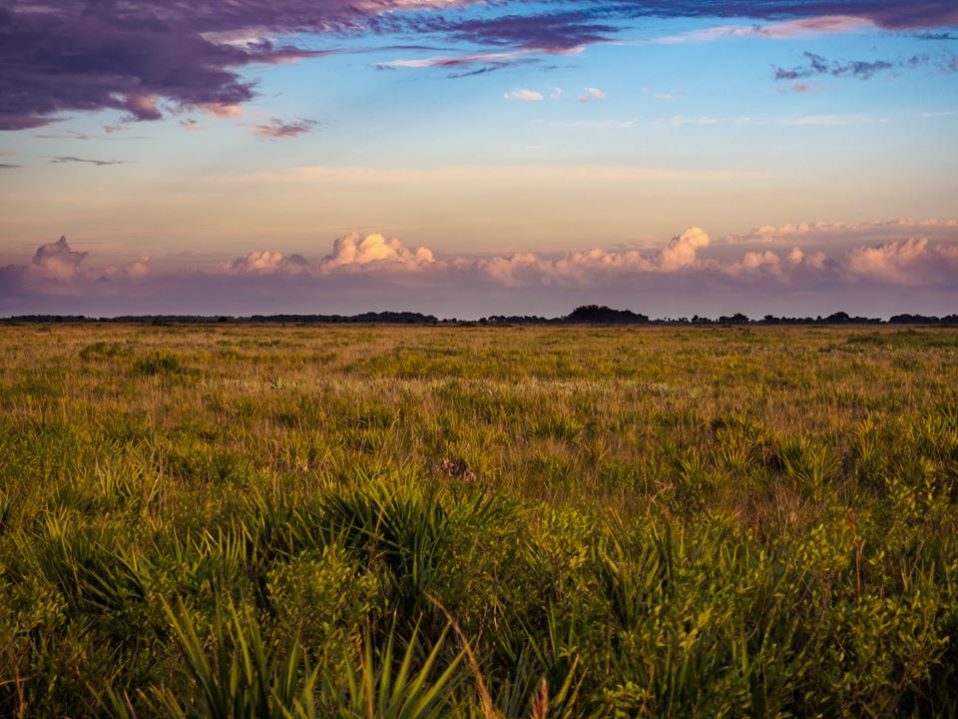
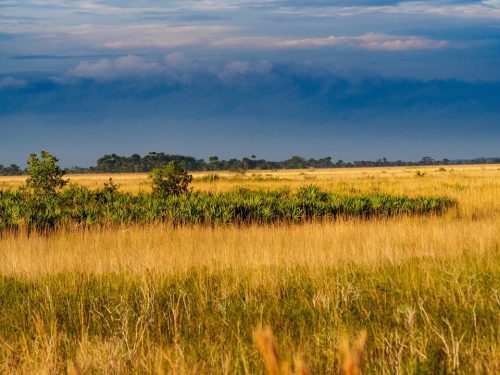
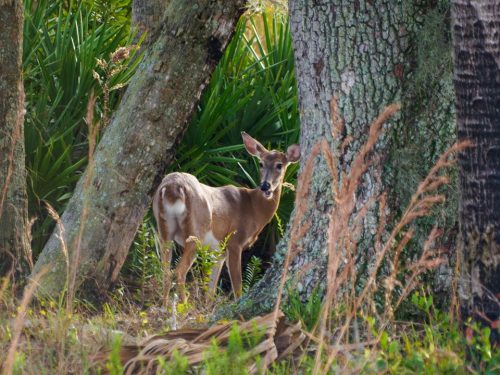
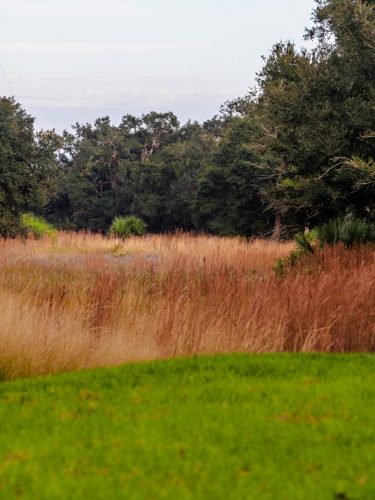
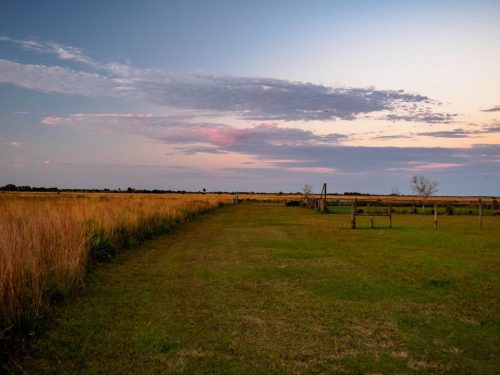
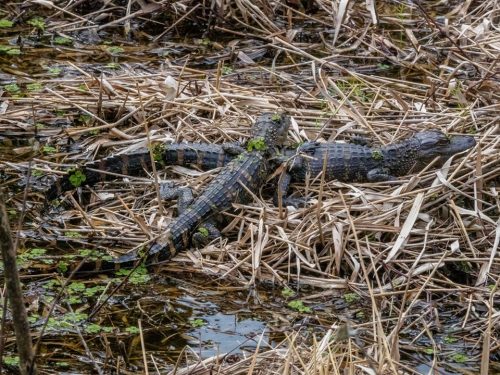
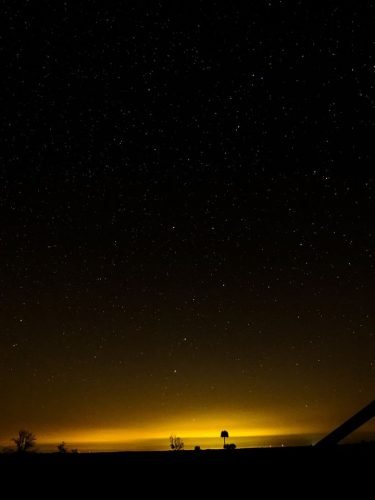

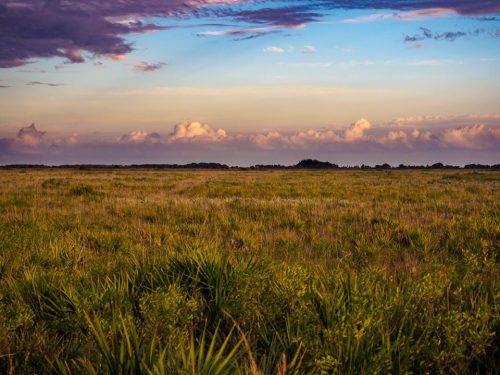
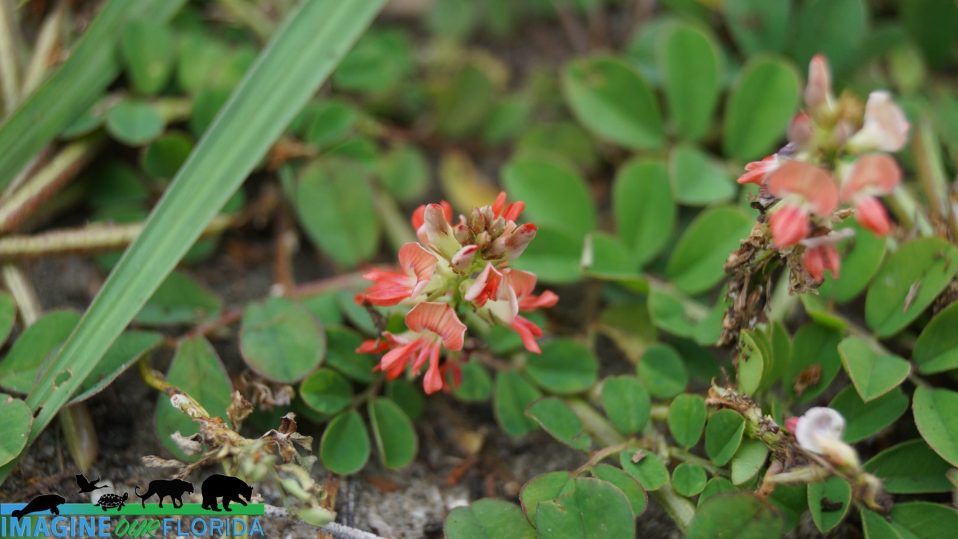
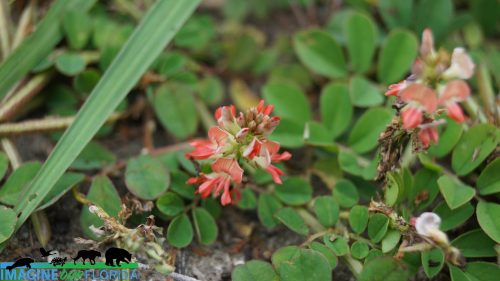
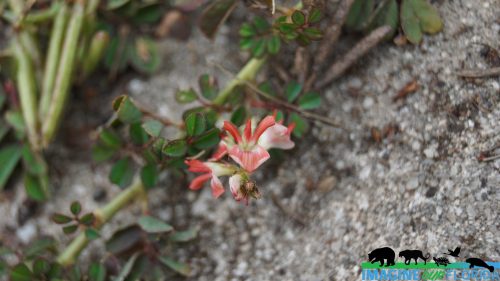
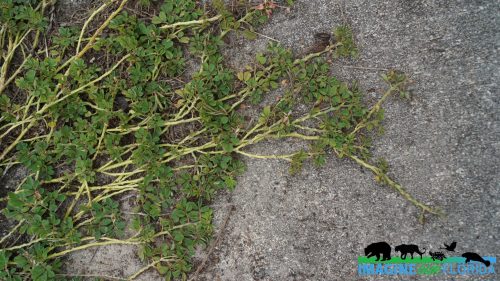
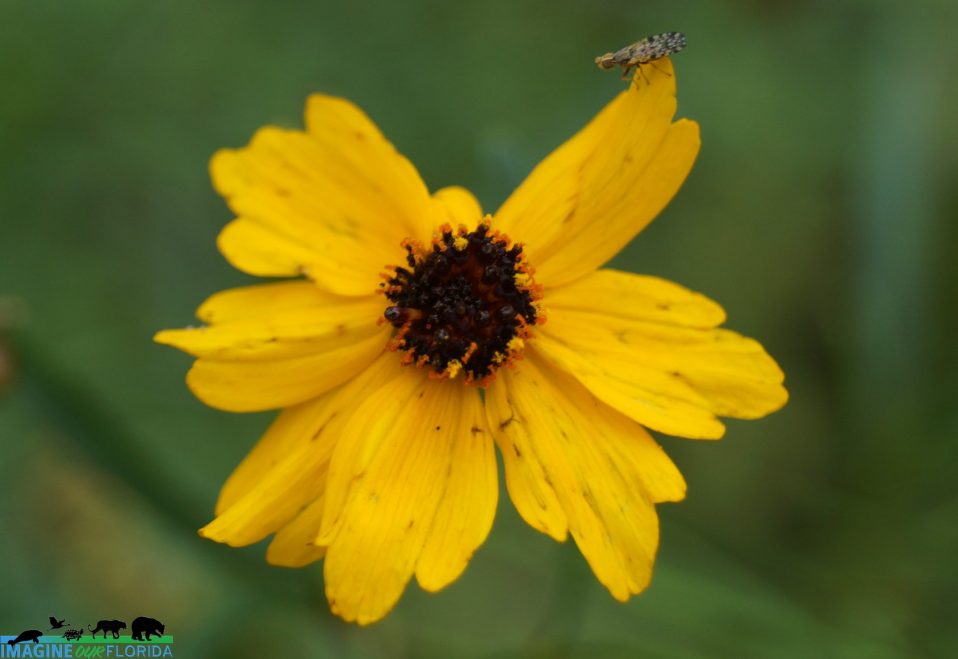
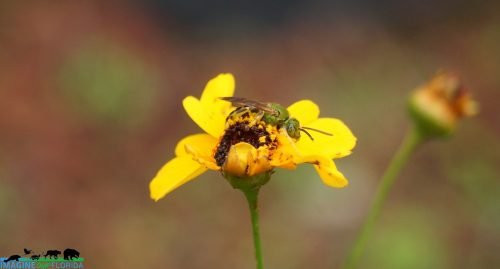

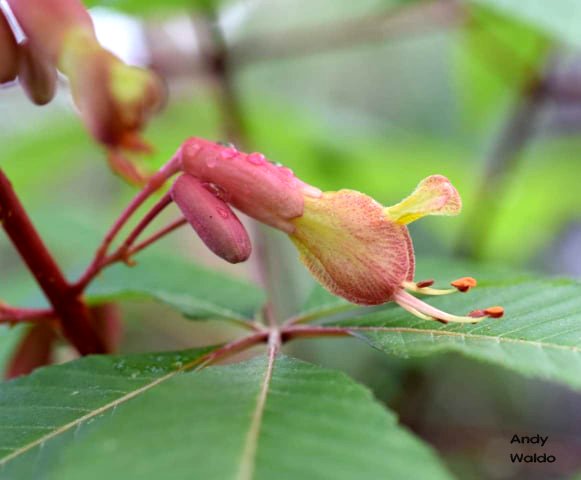
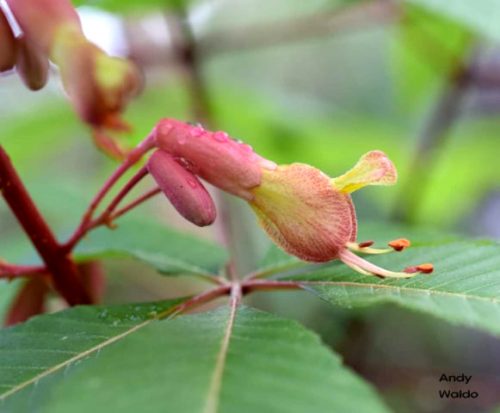
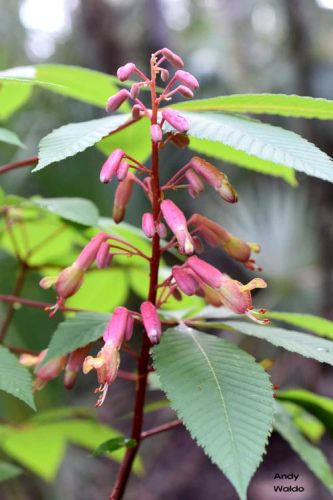
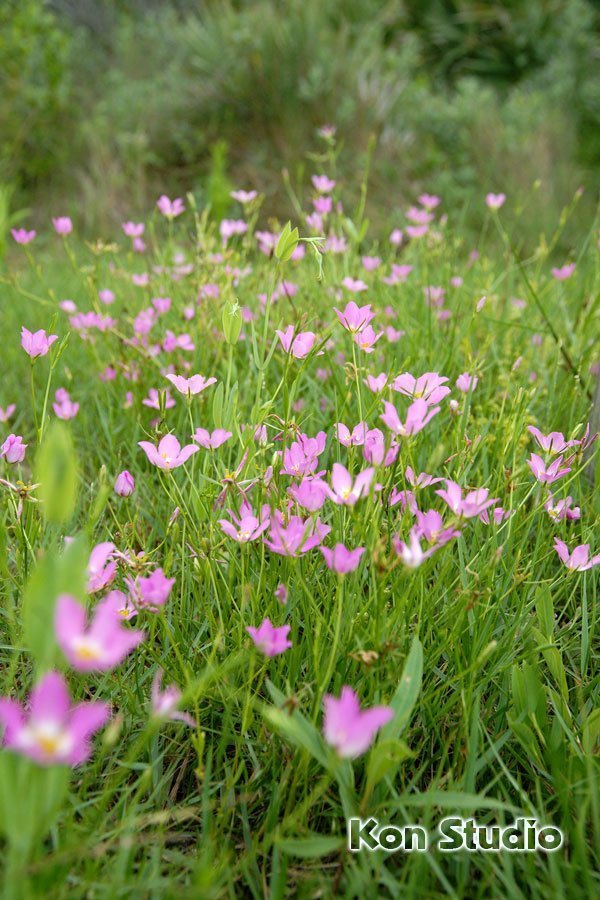
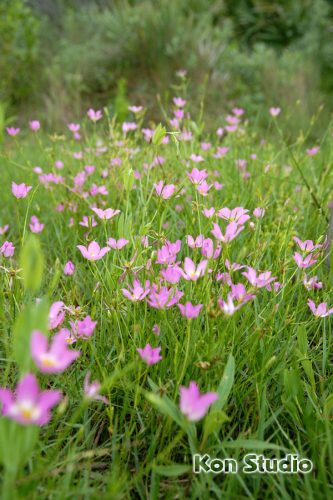
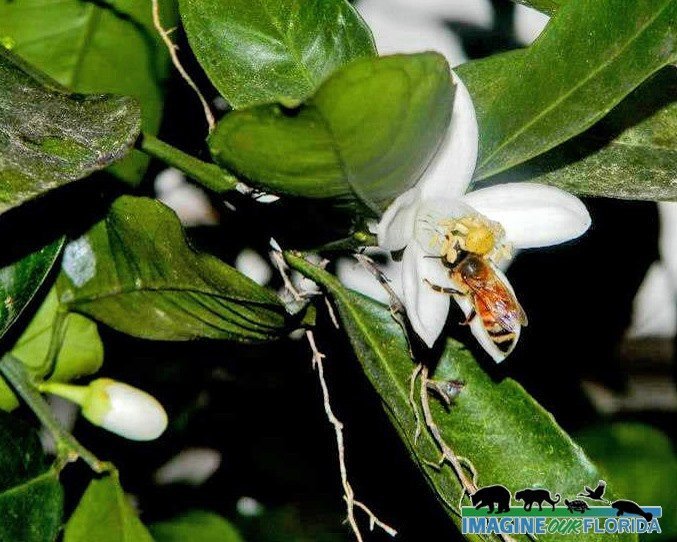
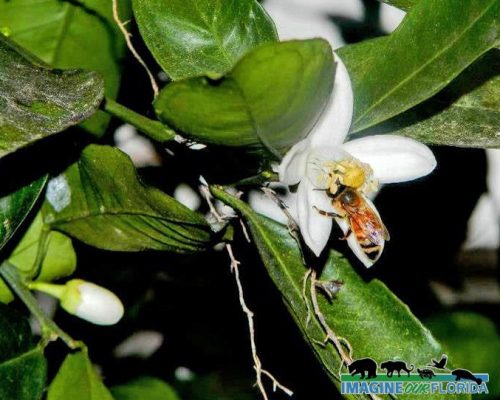
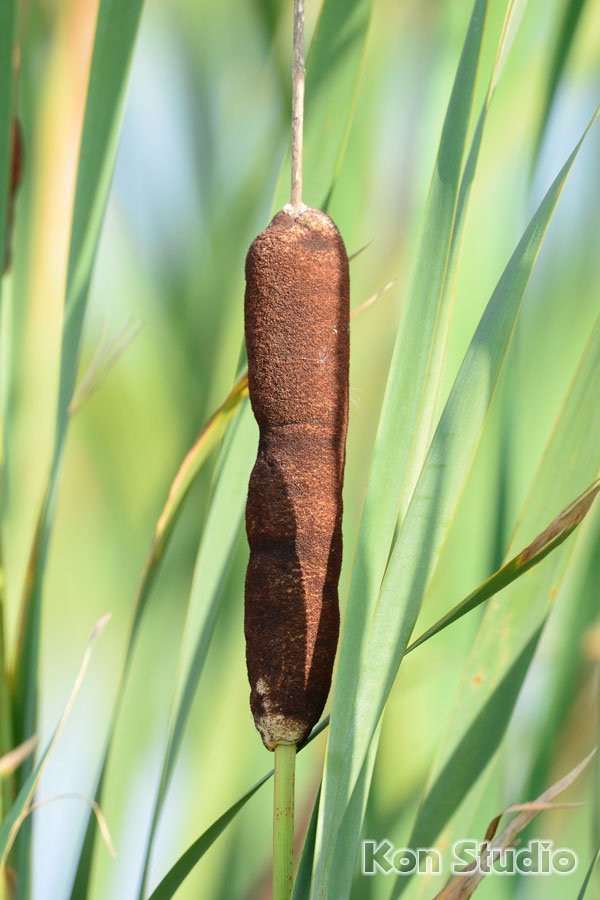
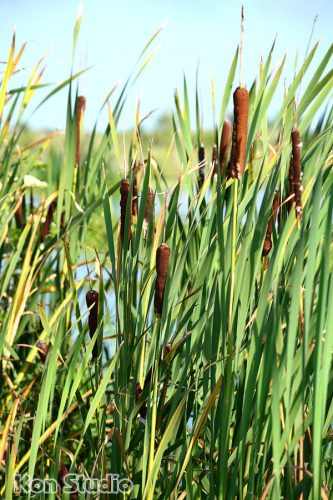
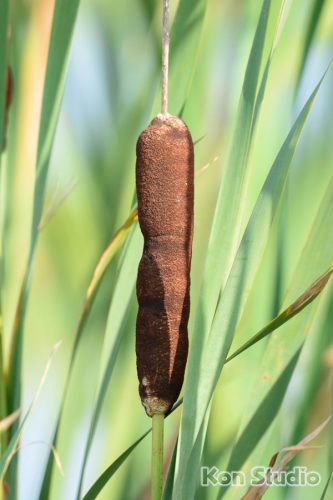
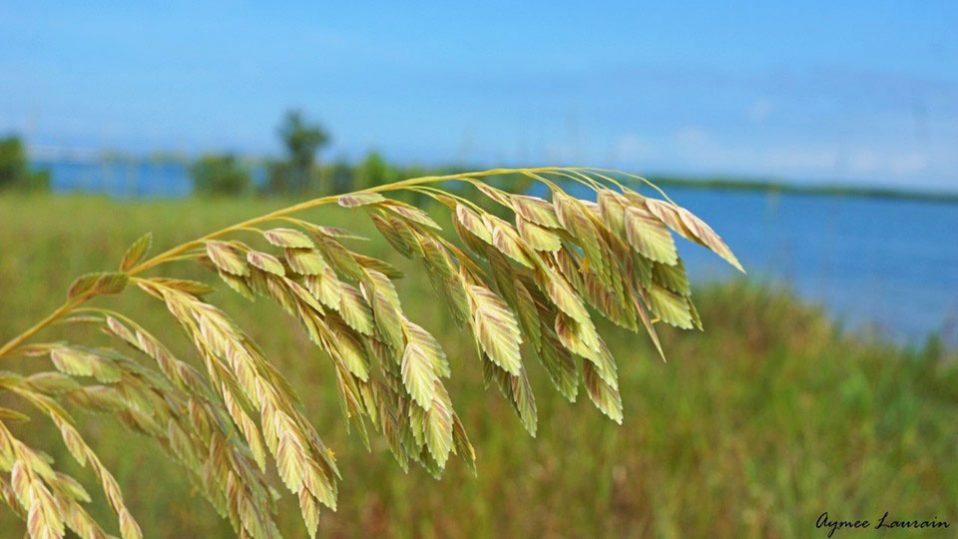
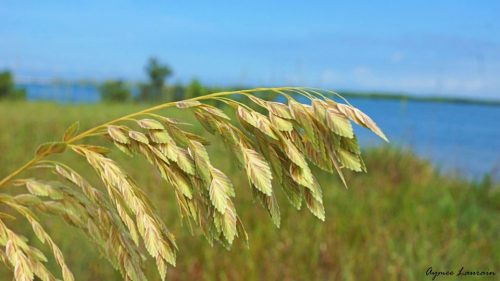
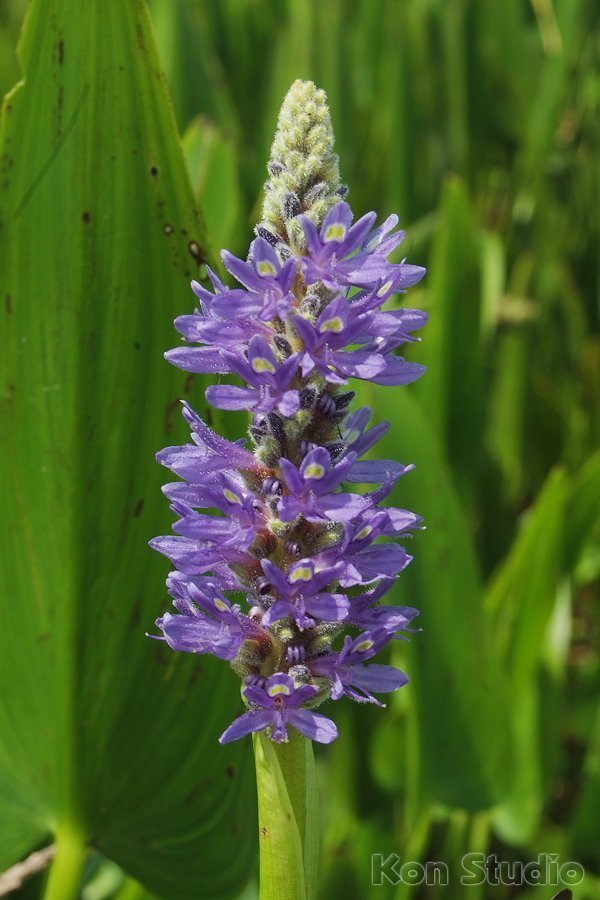
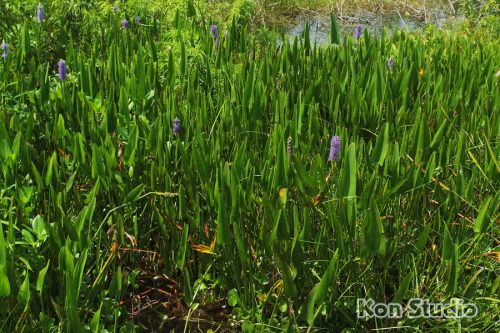
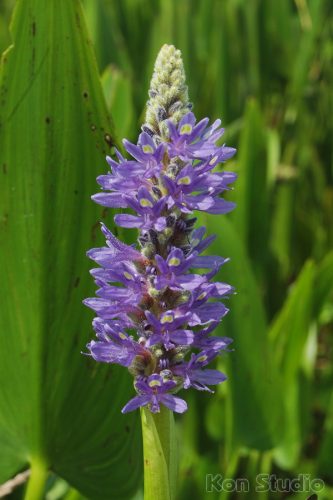
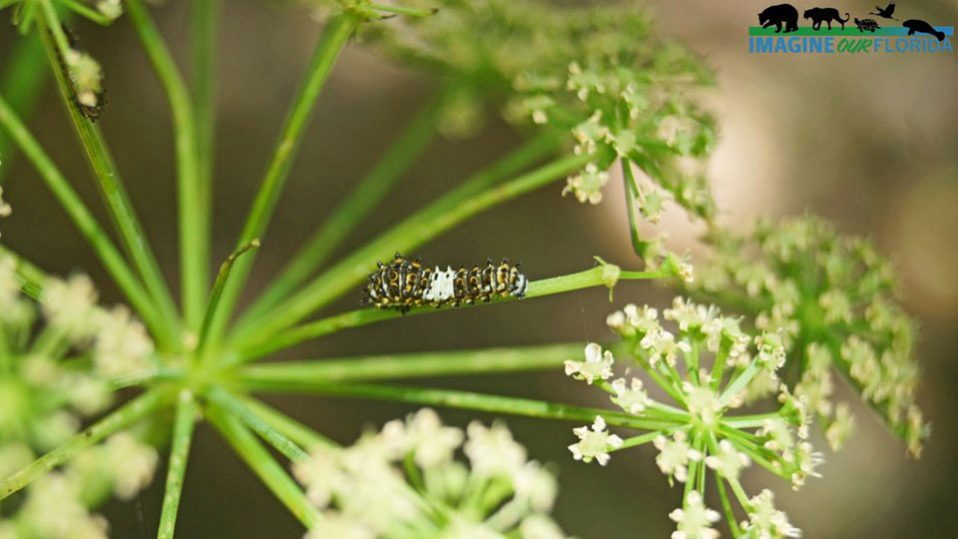
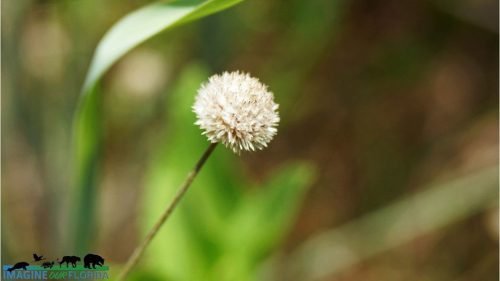

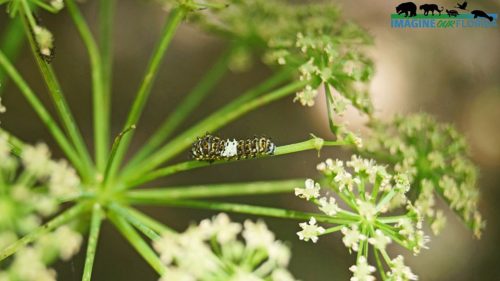

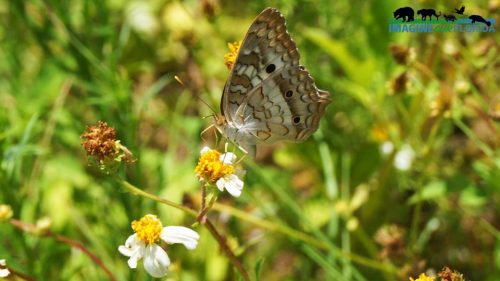
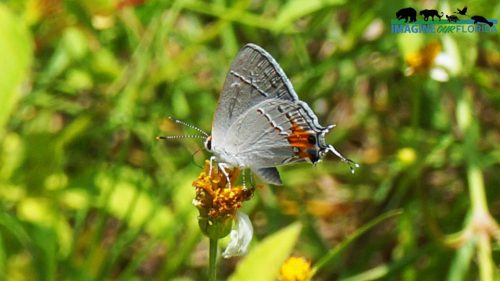
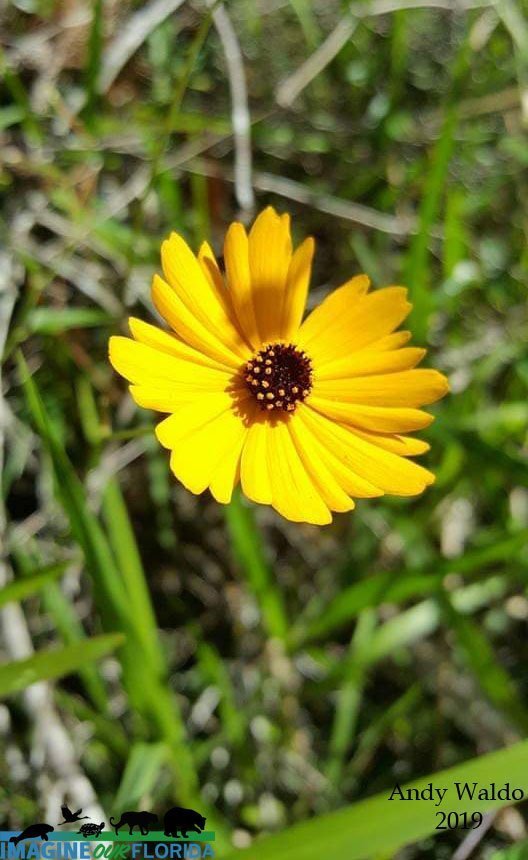
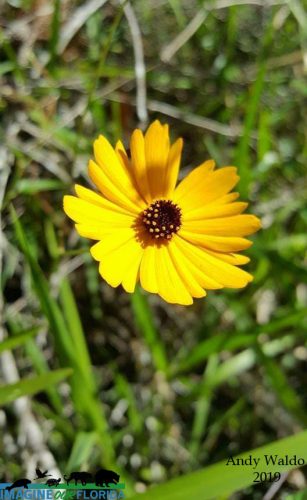
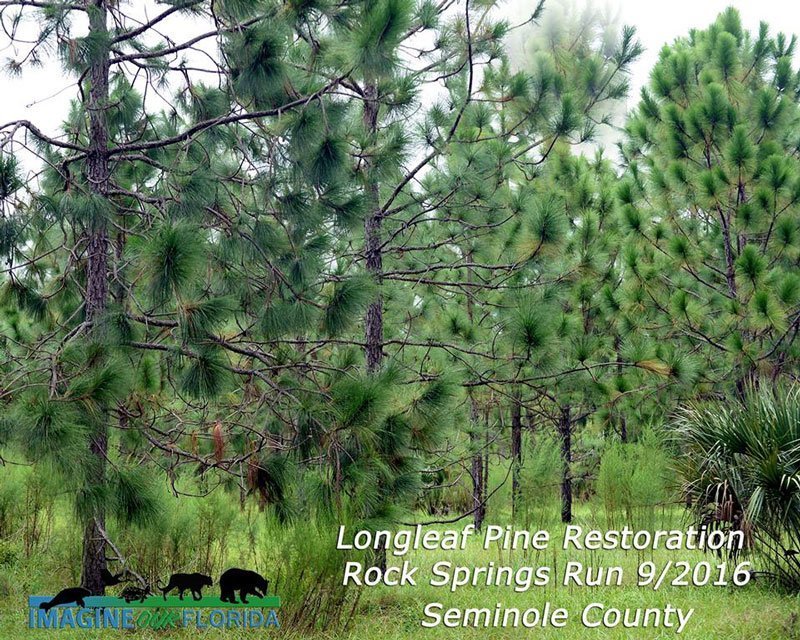
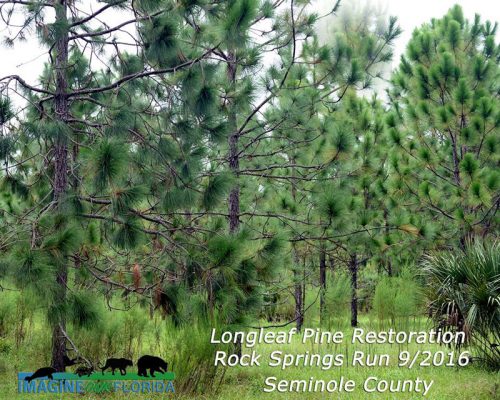
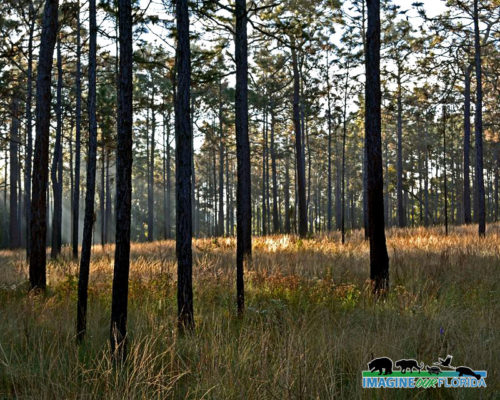
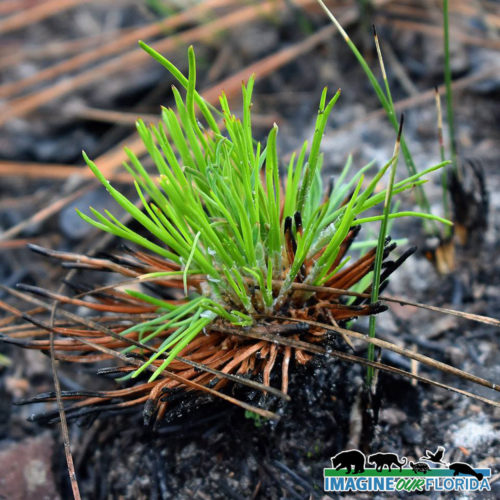
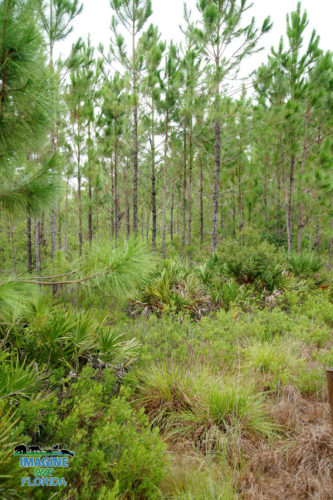
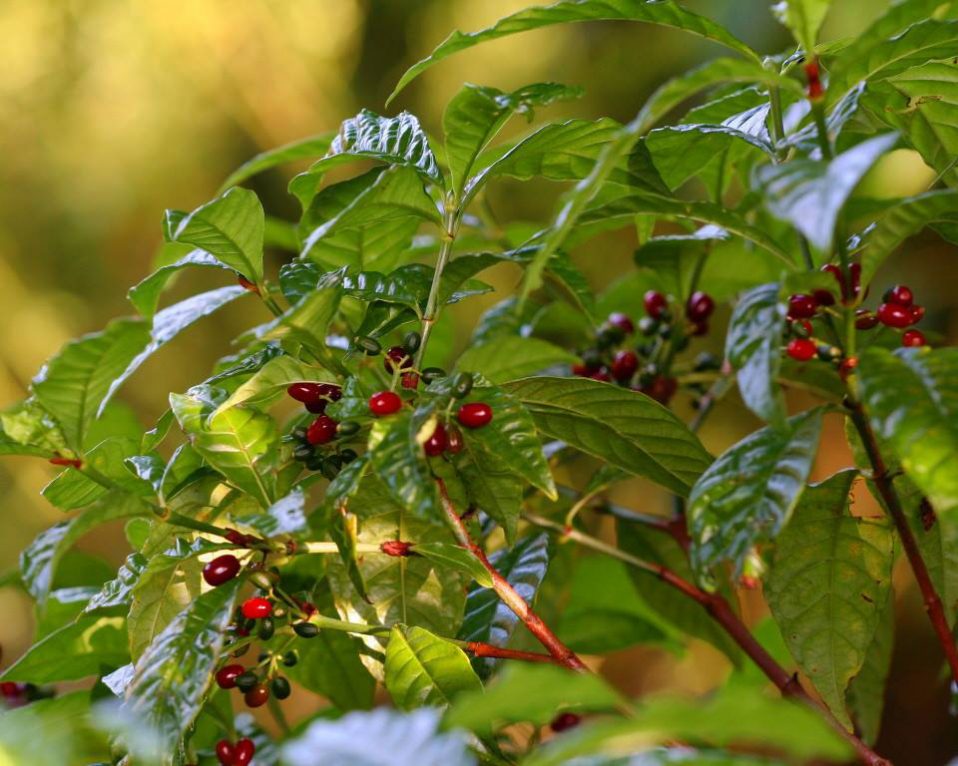
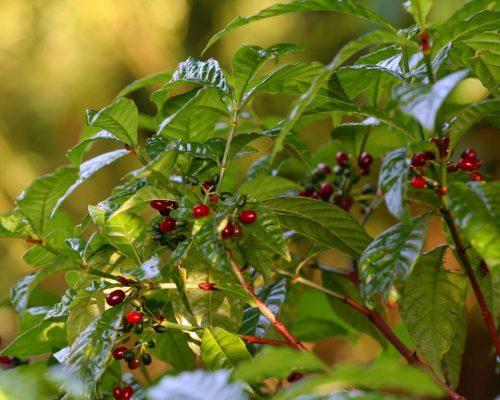
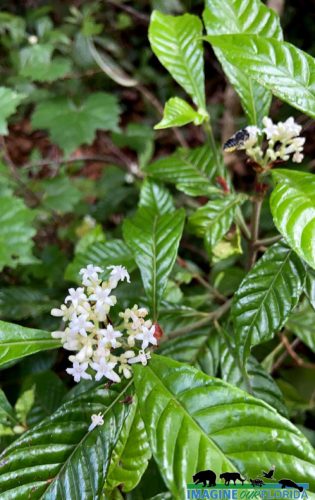
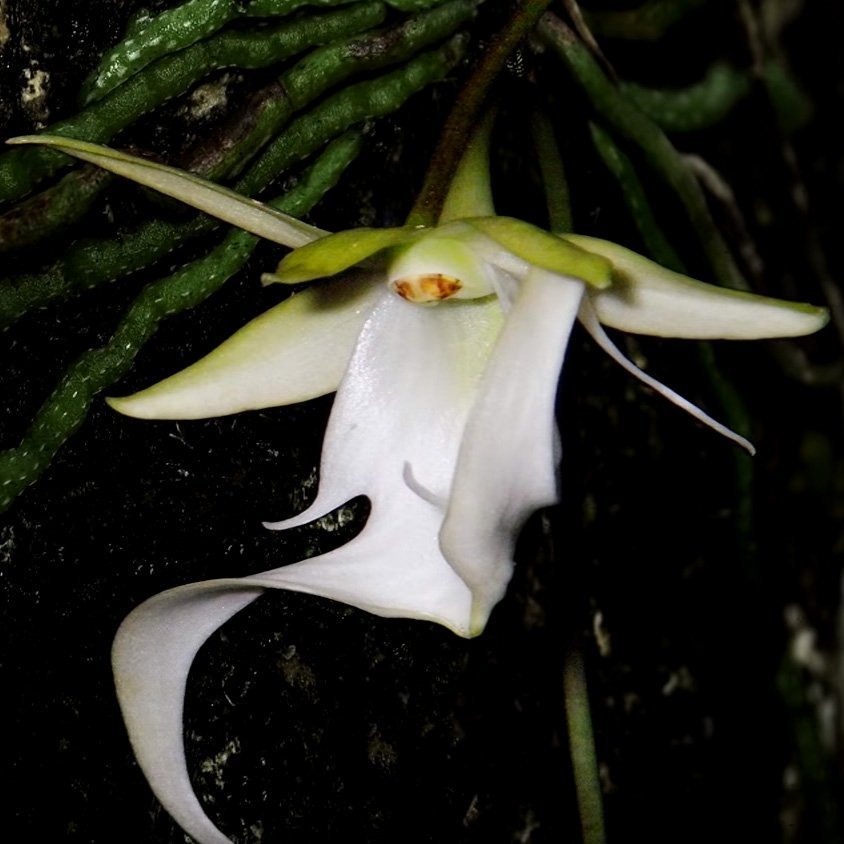
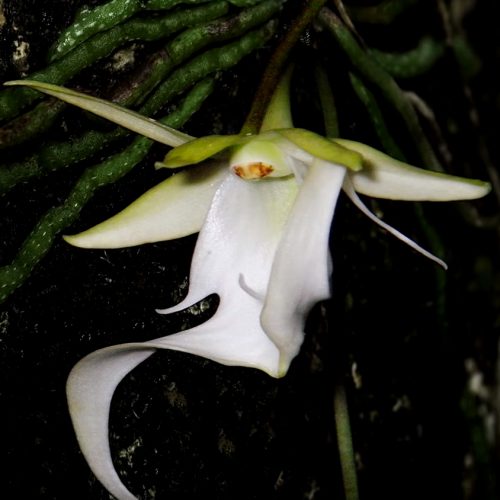
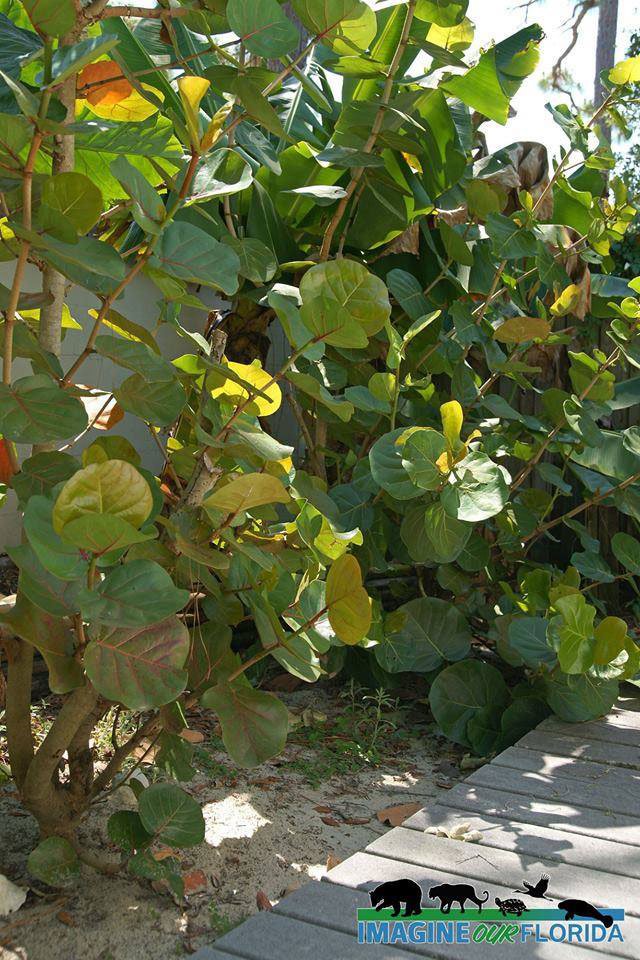
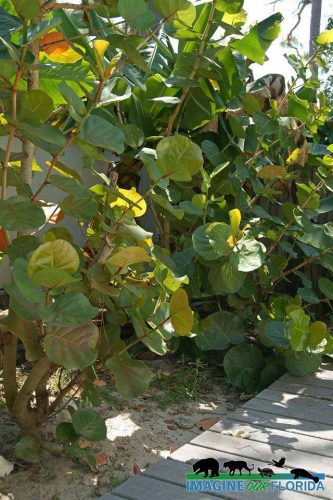
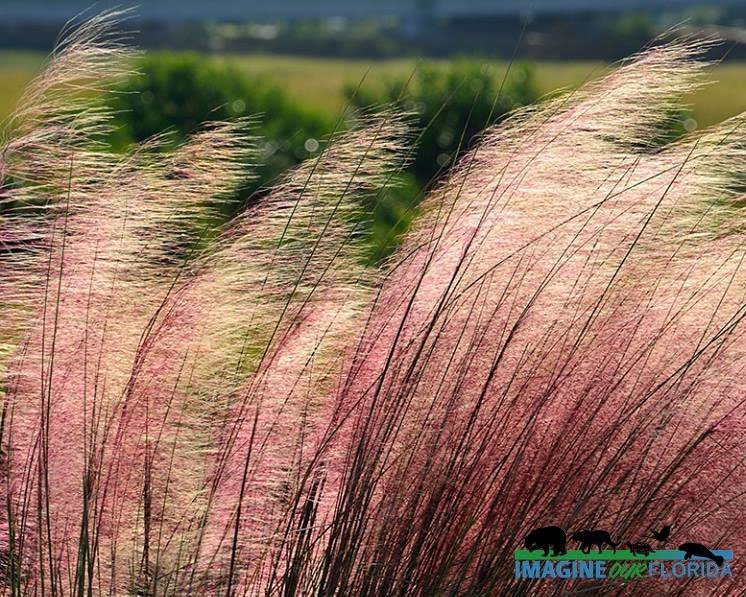
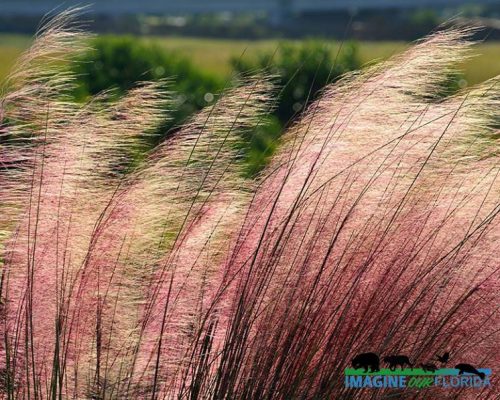
Recent Comments